Port Townsend sits at the meeting of Puget Sound and the Strait of Juan de Fuca, giving visiting families the rare chance to plug in an RV, step aboard their own vessel, and dive into a panorama where military history, maritime innovation, birdlife, hiking trails and photographic light all share the same shoreline.
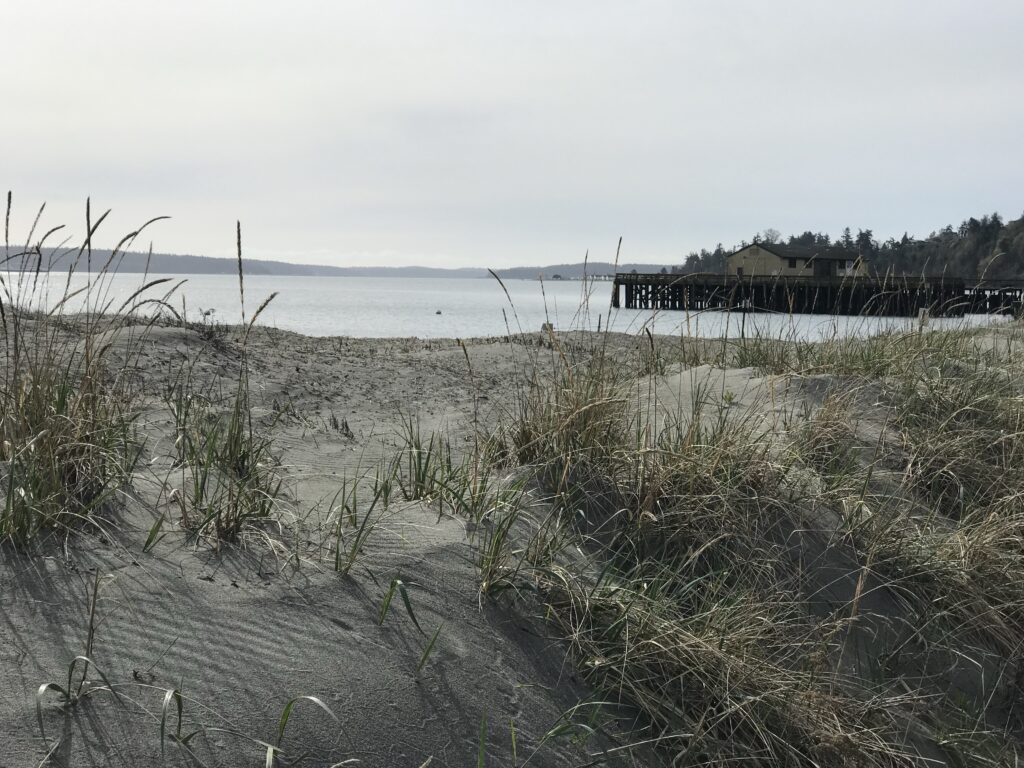
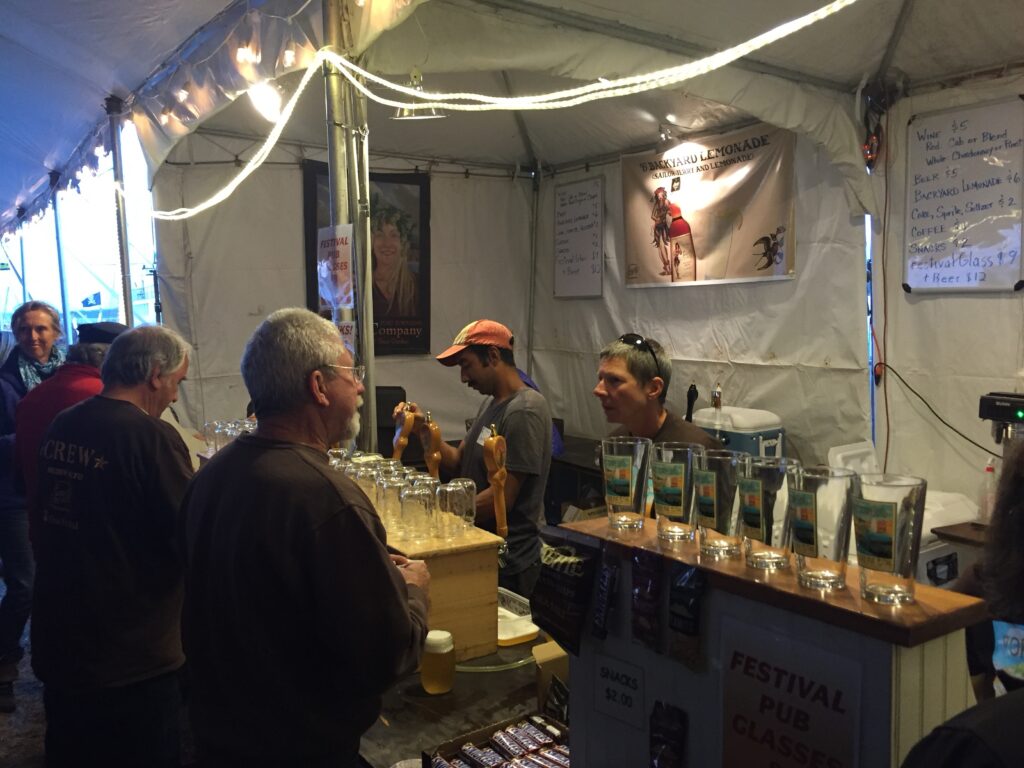
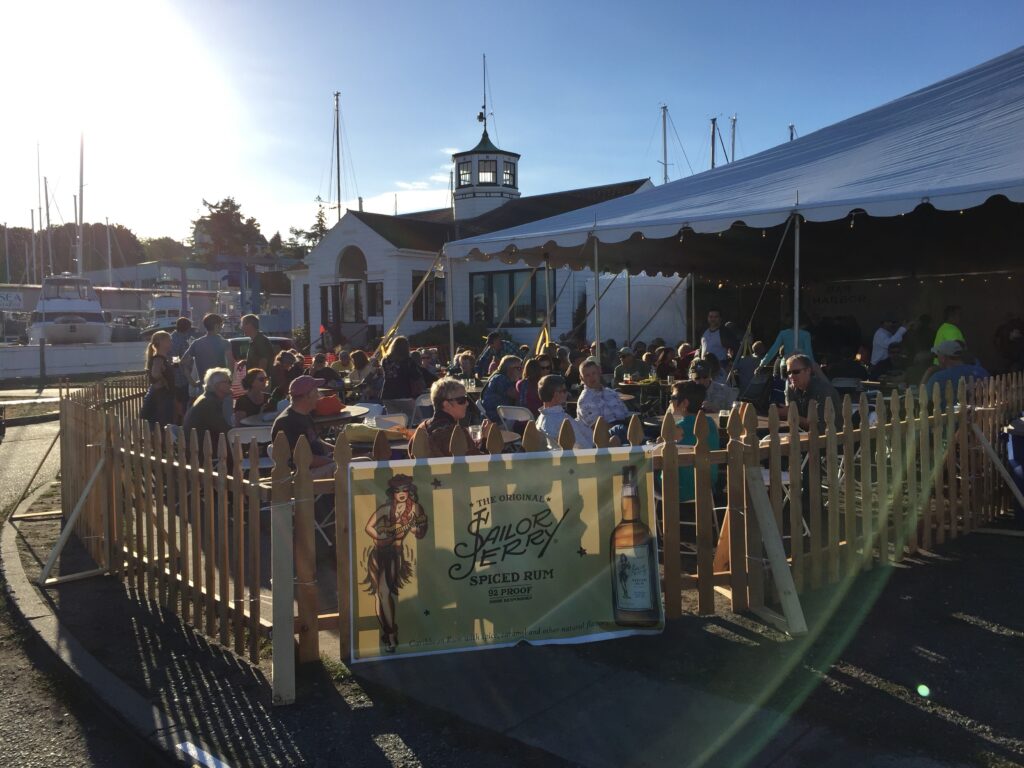
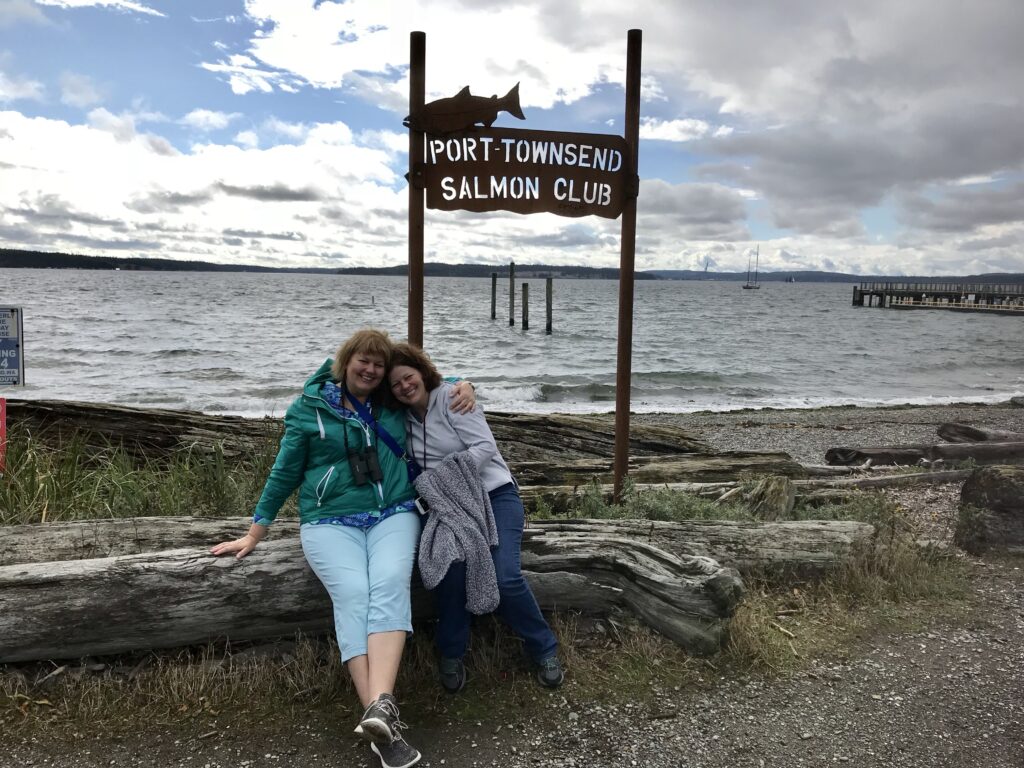
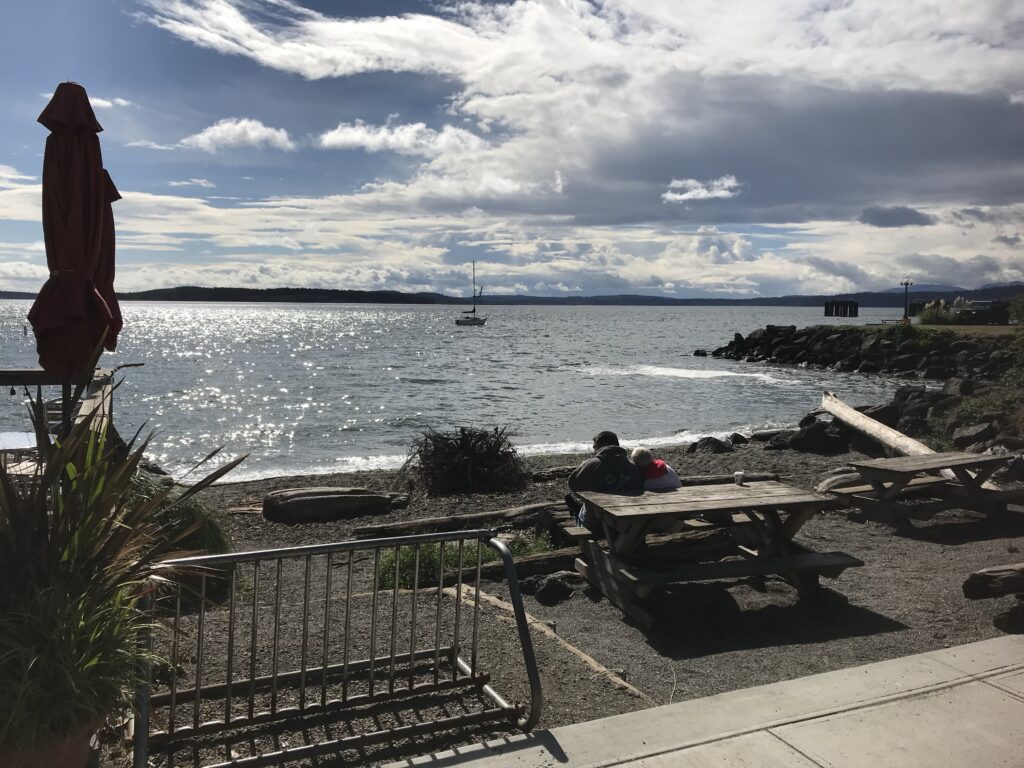
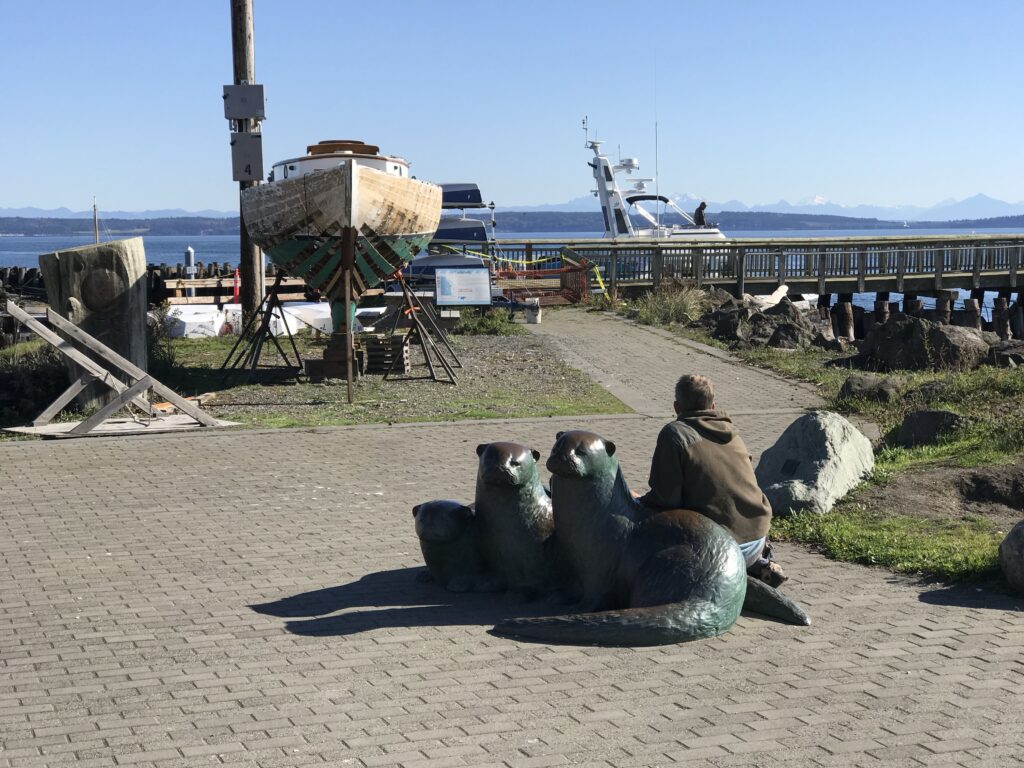
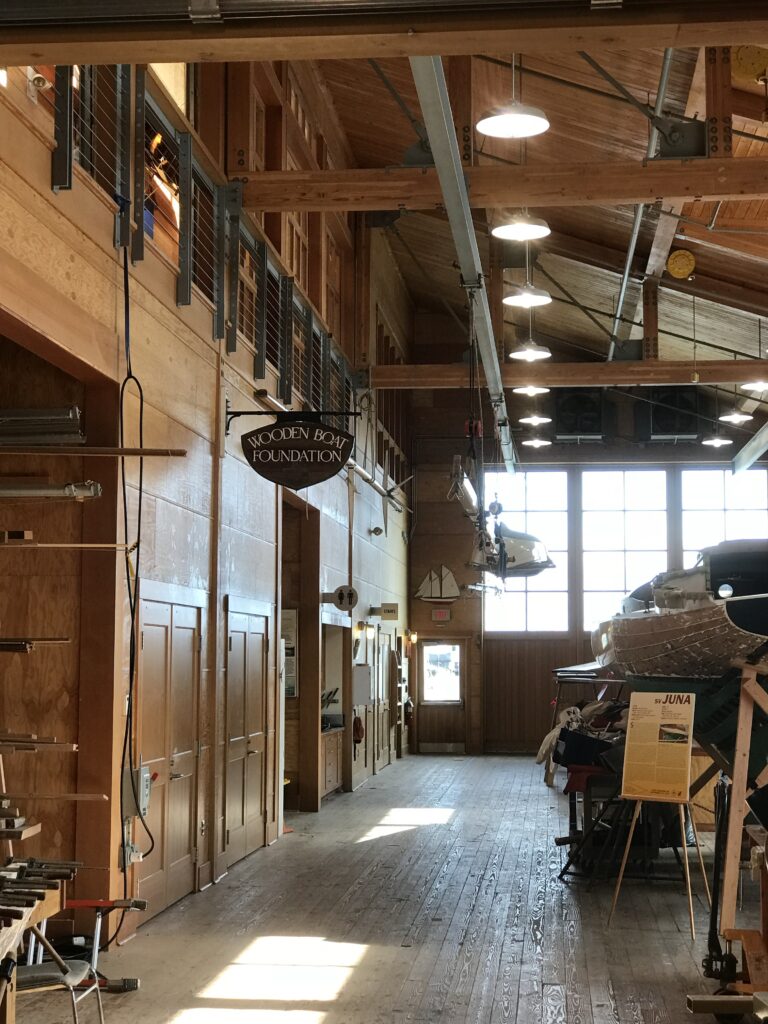
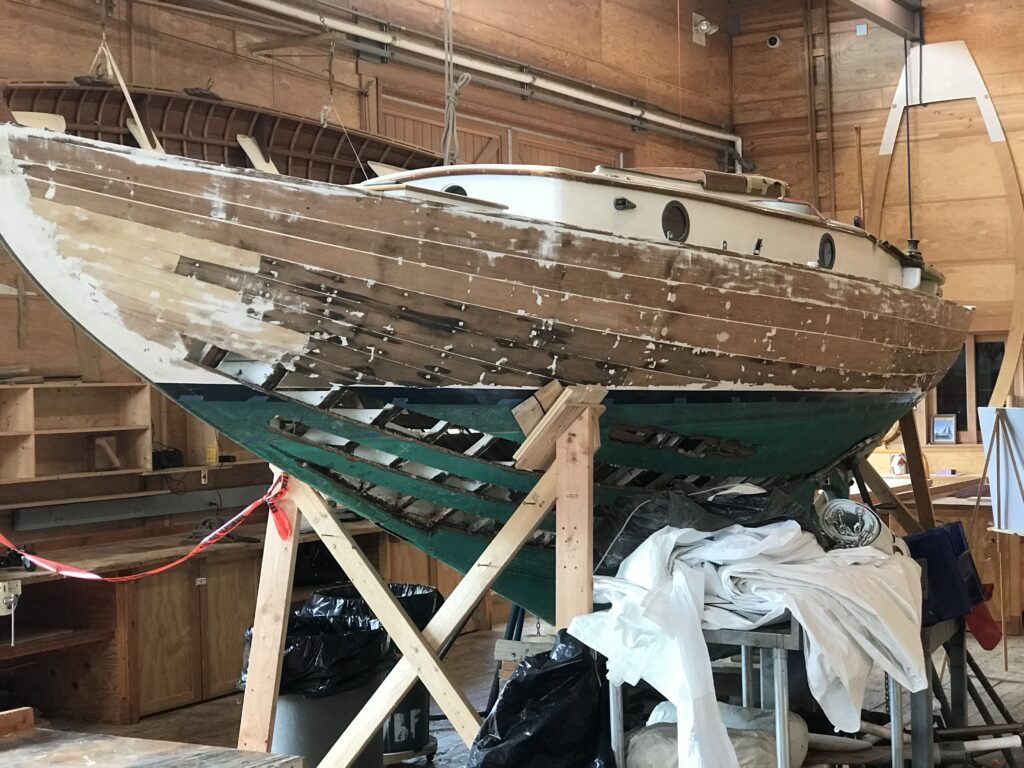
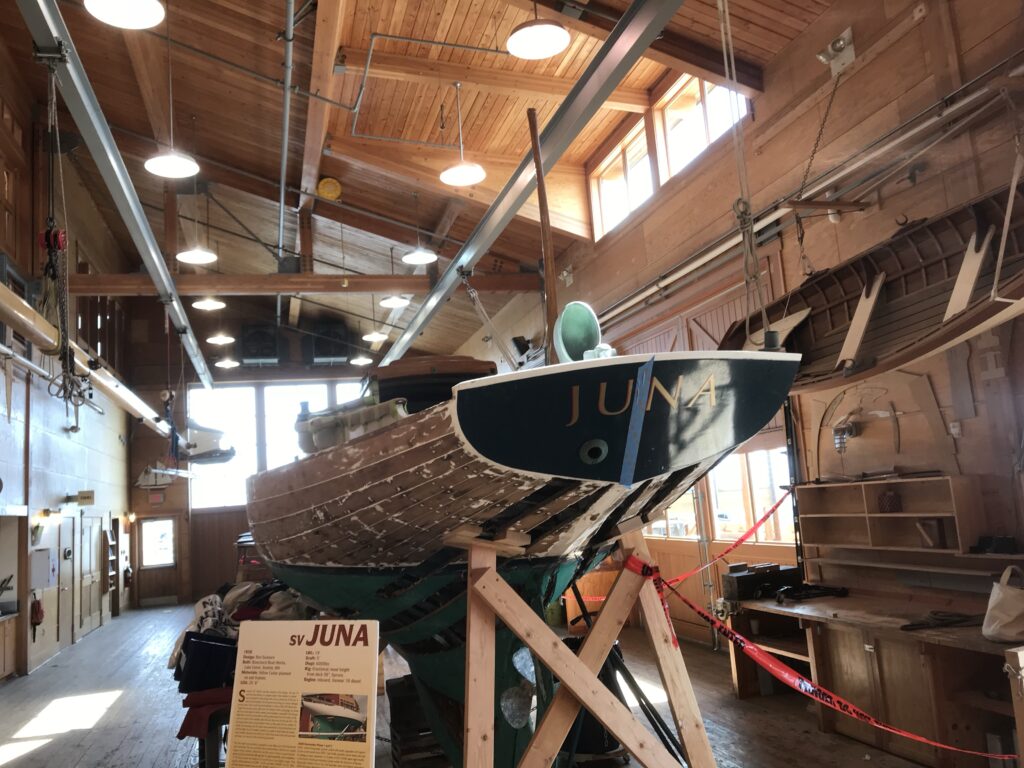
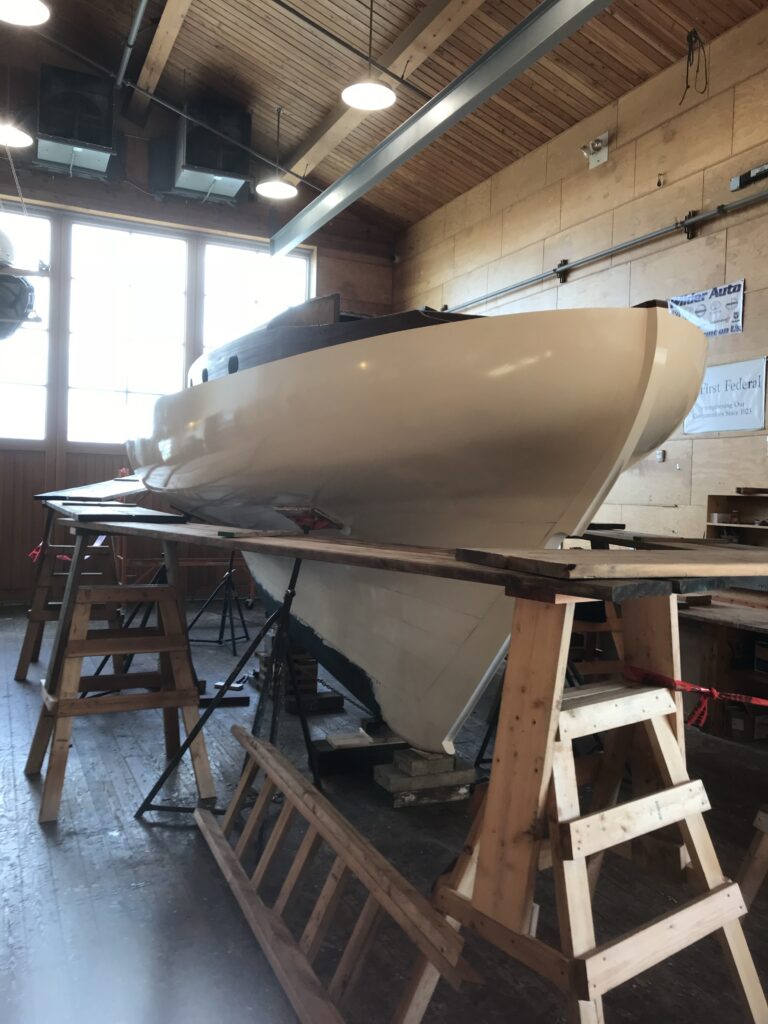
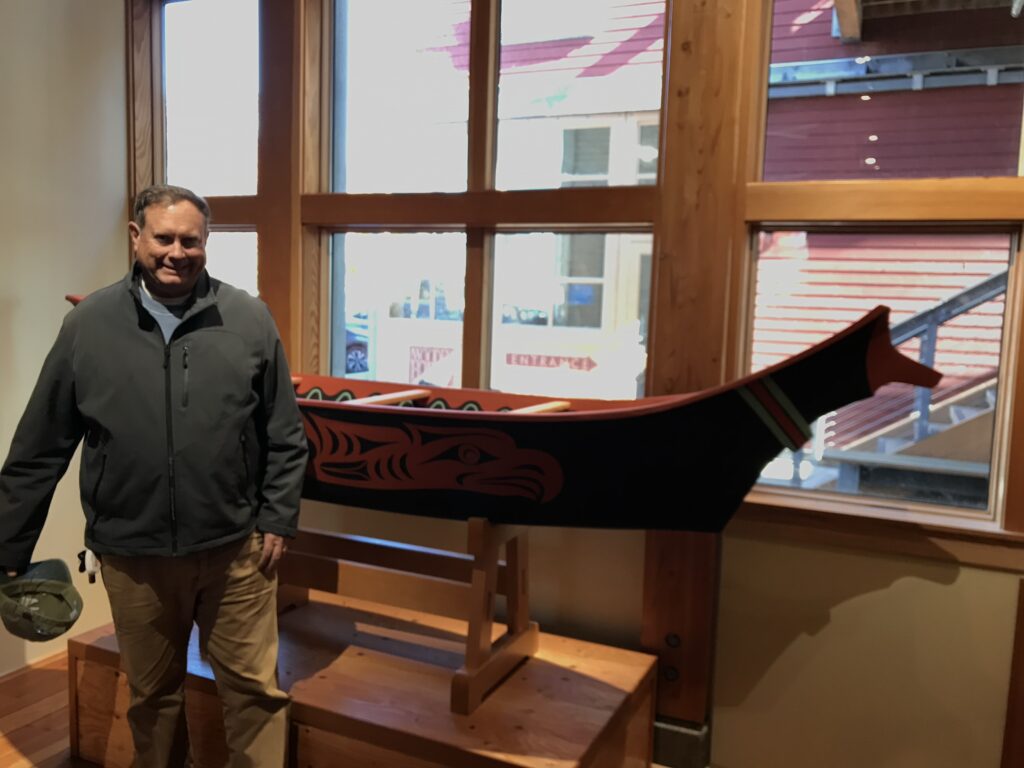
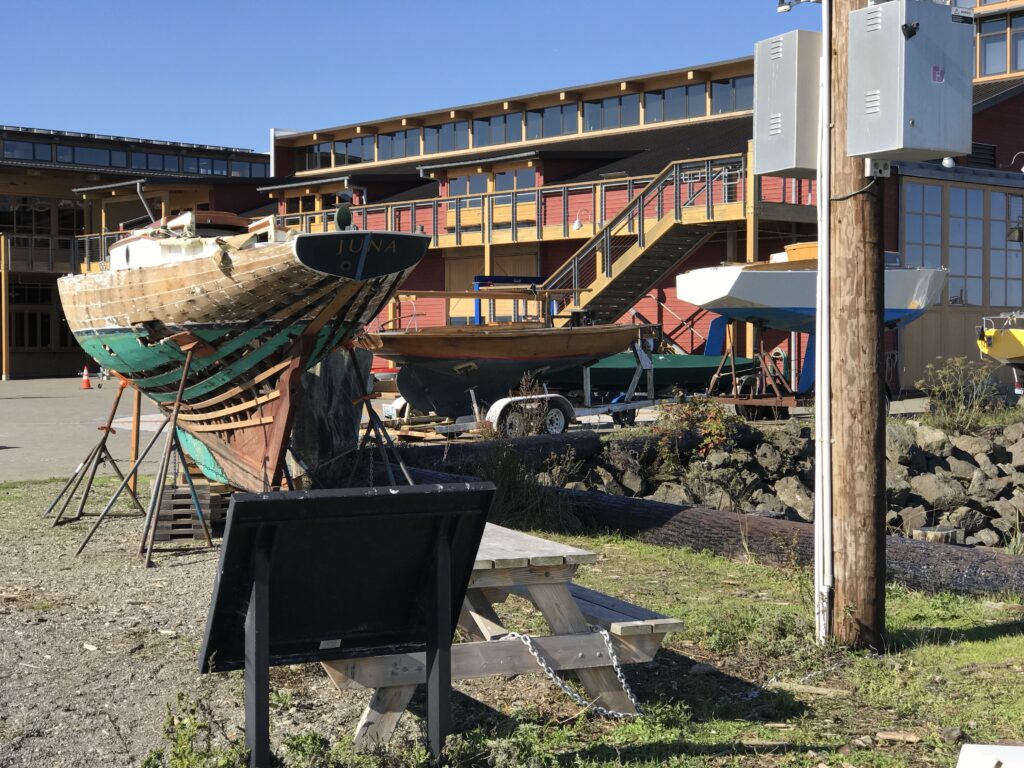
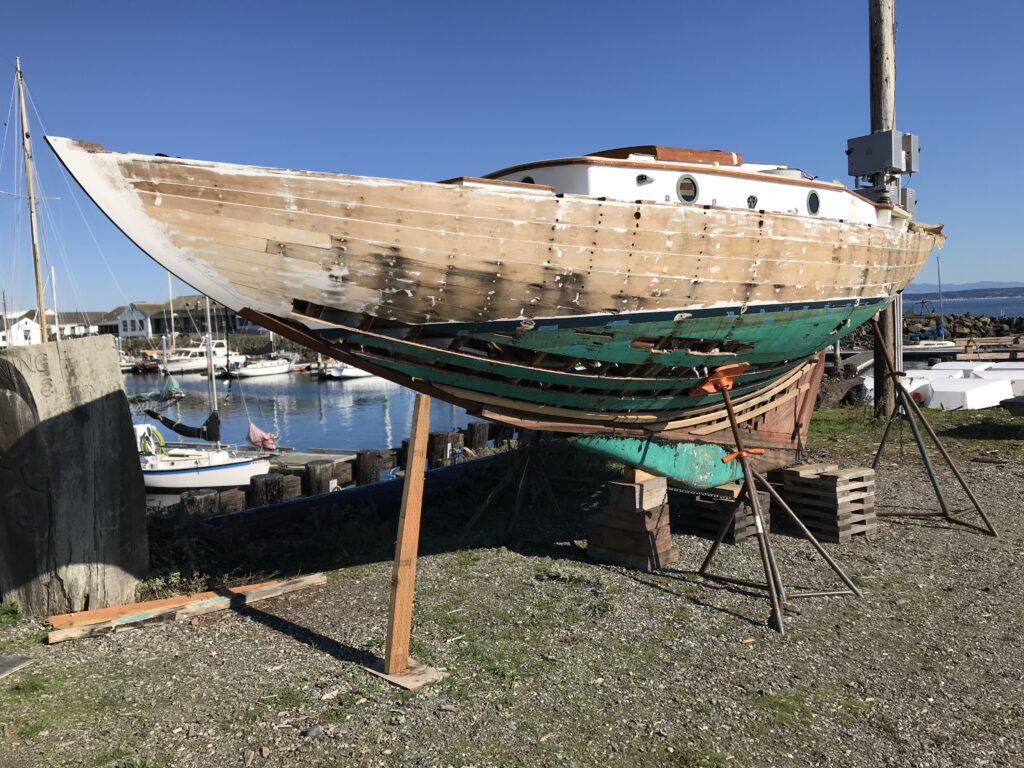
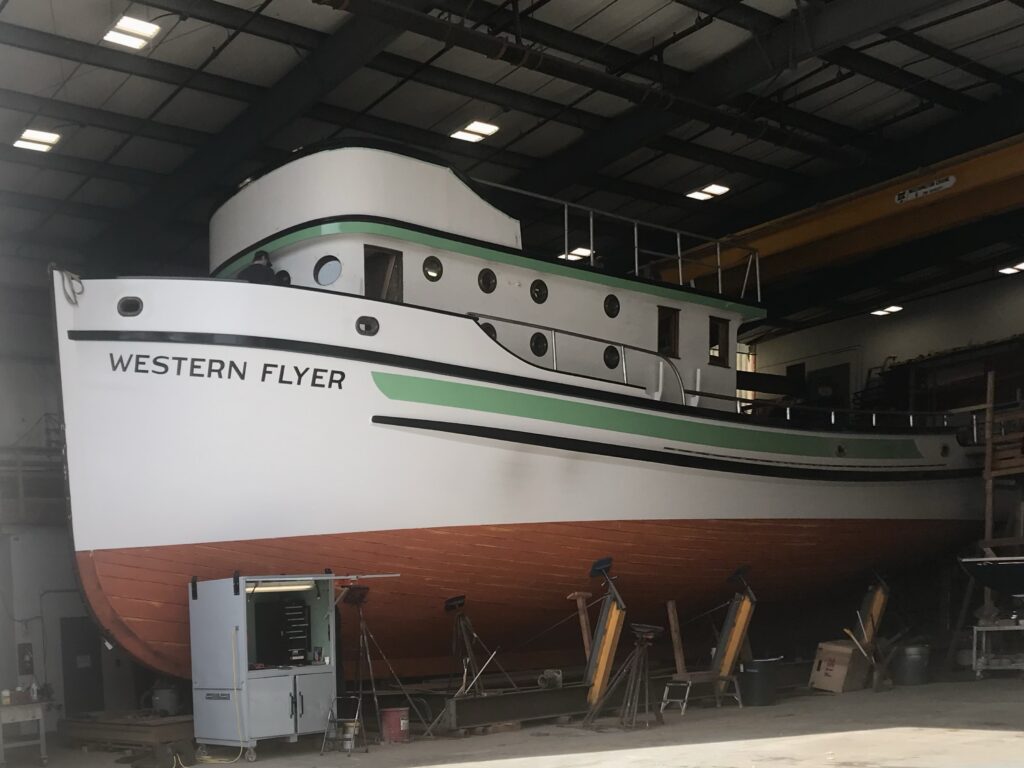
1. Set up camp at water’s edge
- Point Hudson Marina & RV Park places 46 full-hook-up sites on a pocket beach beside 32 slips, so your rig and your boat share one postcard view12.
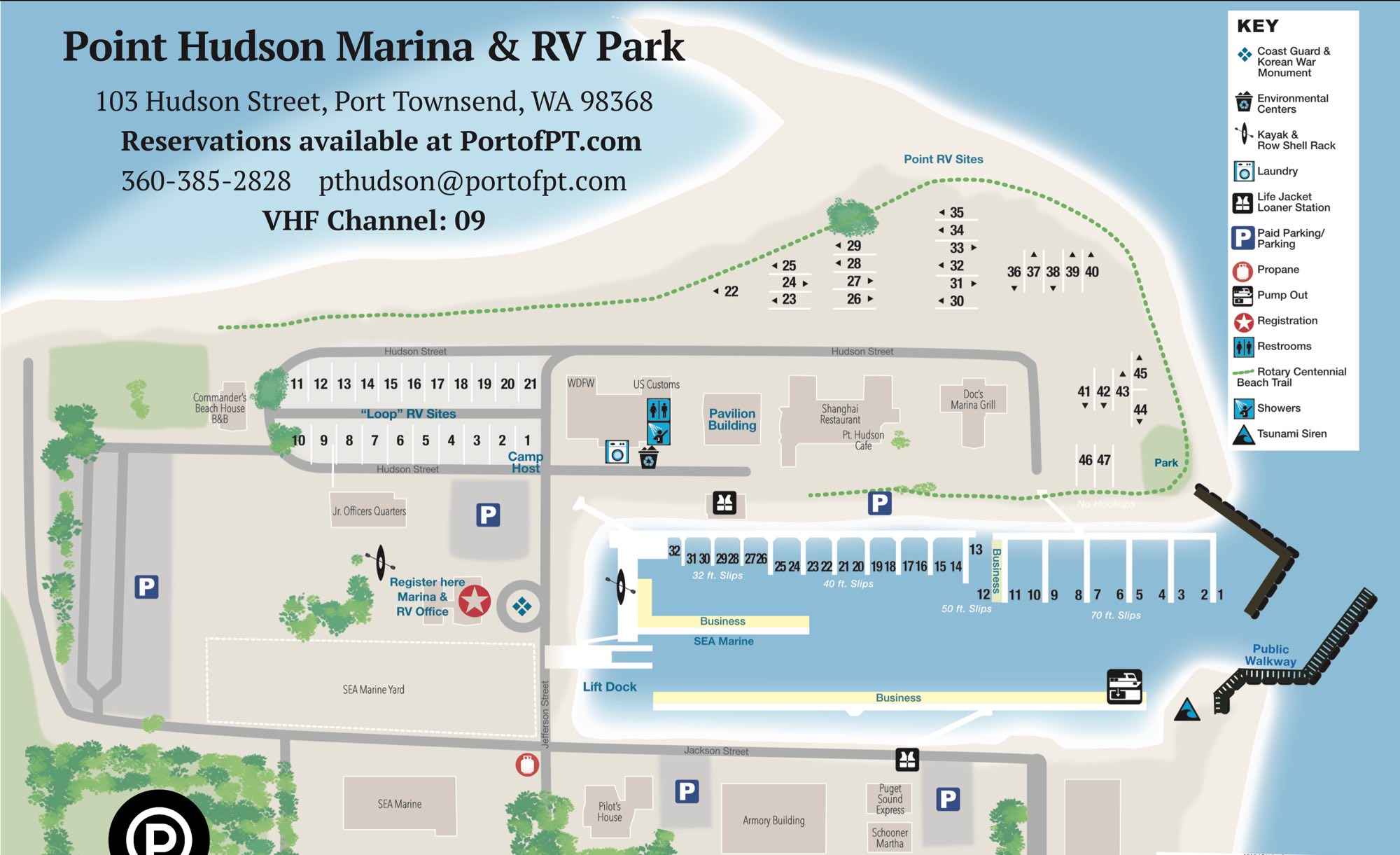
- Fort Worden State Park two miles north has forested and beachside camp loops (sites to 75 ft) plus historic officers’ houses for larger crews3.
- Need a launch? The Port of Port Townsend keeps double-lane ramps at Boat Haven and satellite sites around Jefferson County for trailered craft4.

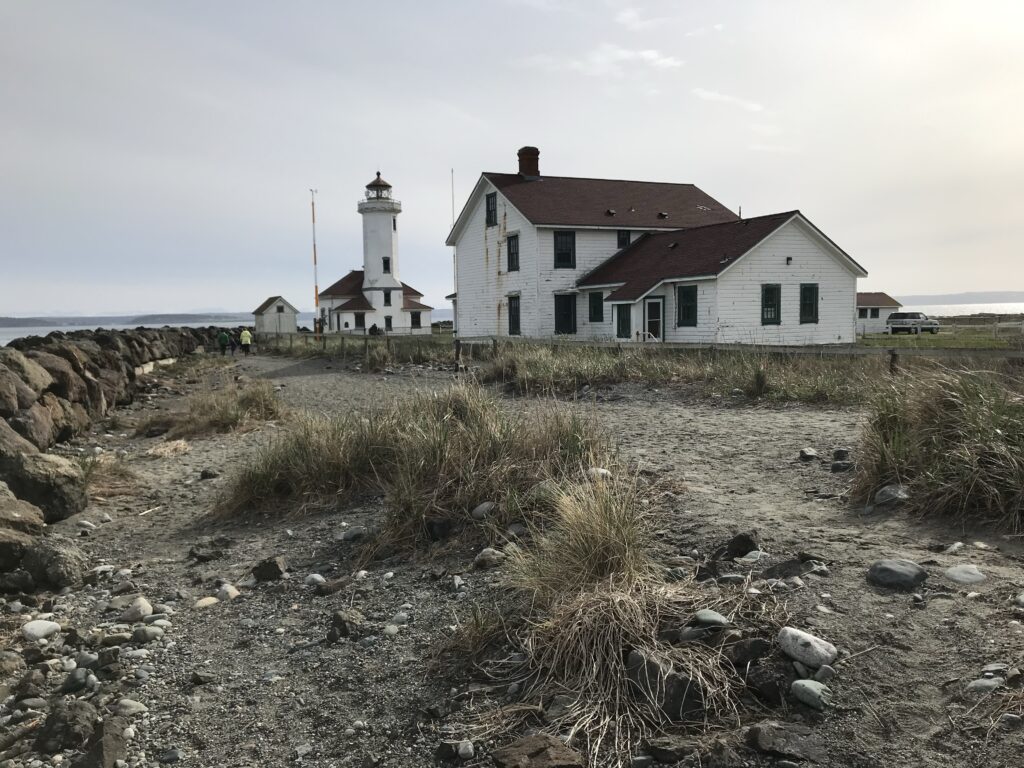
2. For the historian
Walk Fort Worden’s artillery batteries and interpretive signs to understand the 1890s “Triangle of Fire” that once guarded Admiralty Inlet with Forts Flagler and Casey56.

The parade ground, row of 1904 barracks and the 51-ft Point Wilson Lighthouse (tours most summer weekends) place you inside living coastal-defense architecture78.

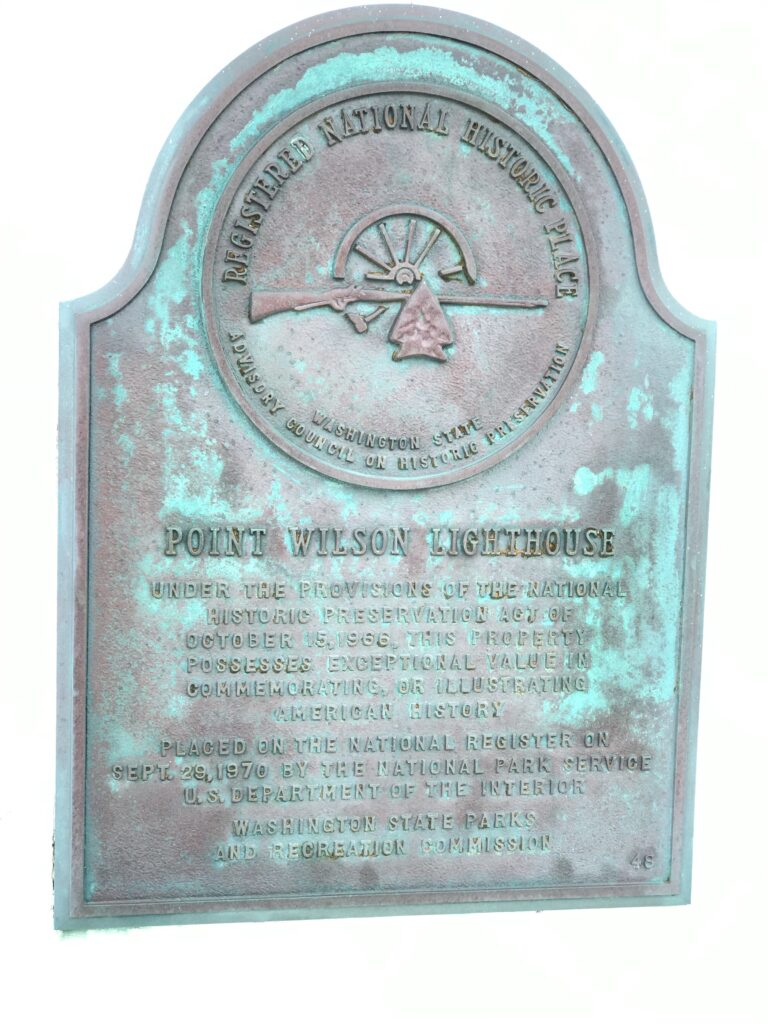
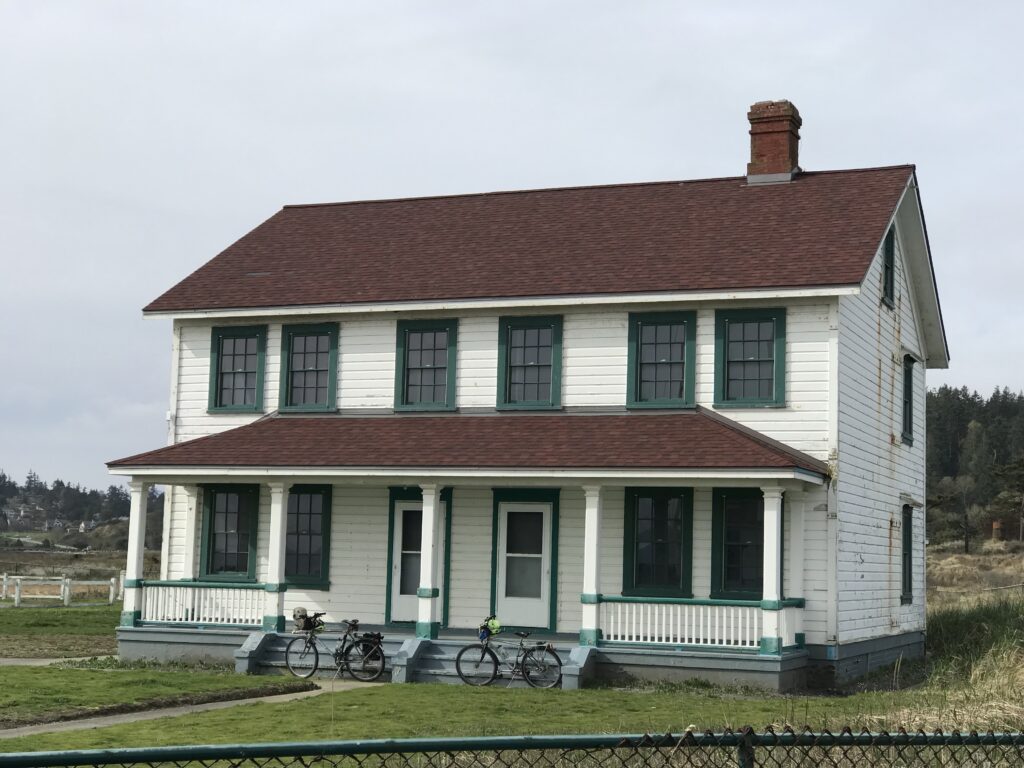
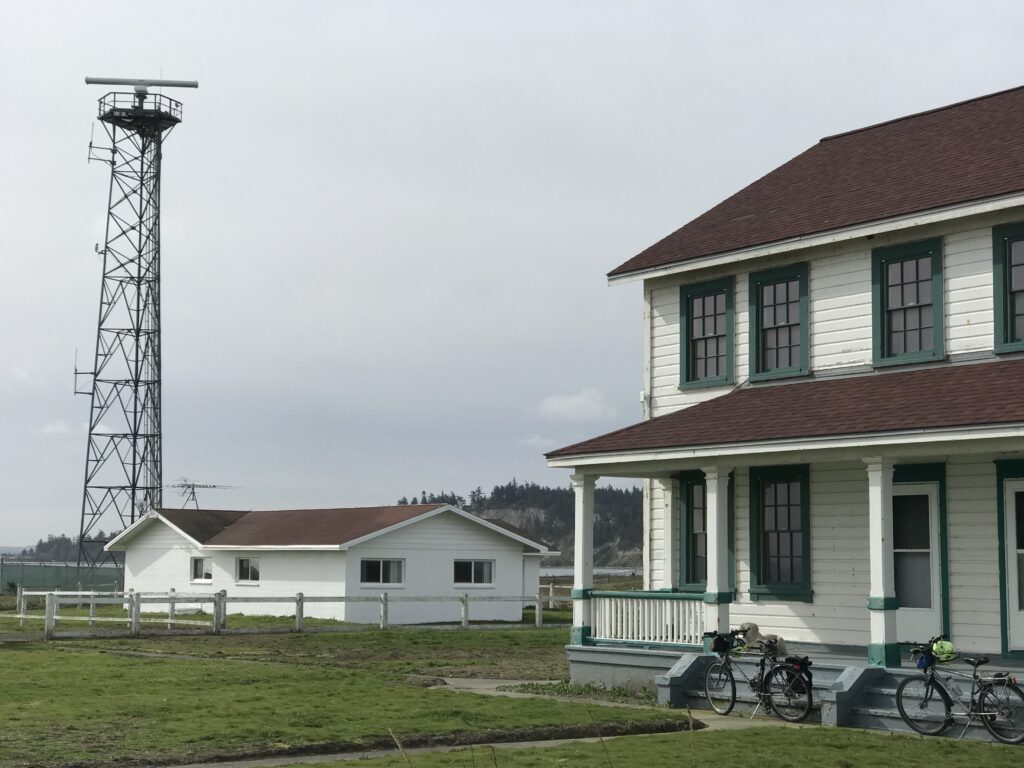
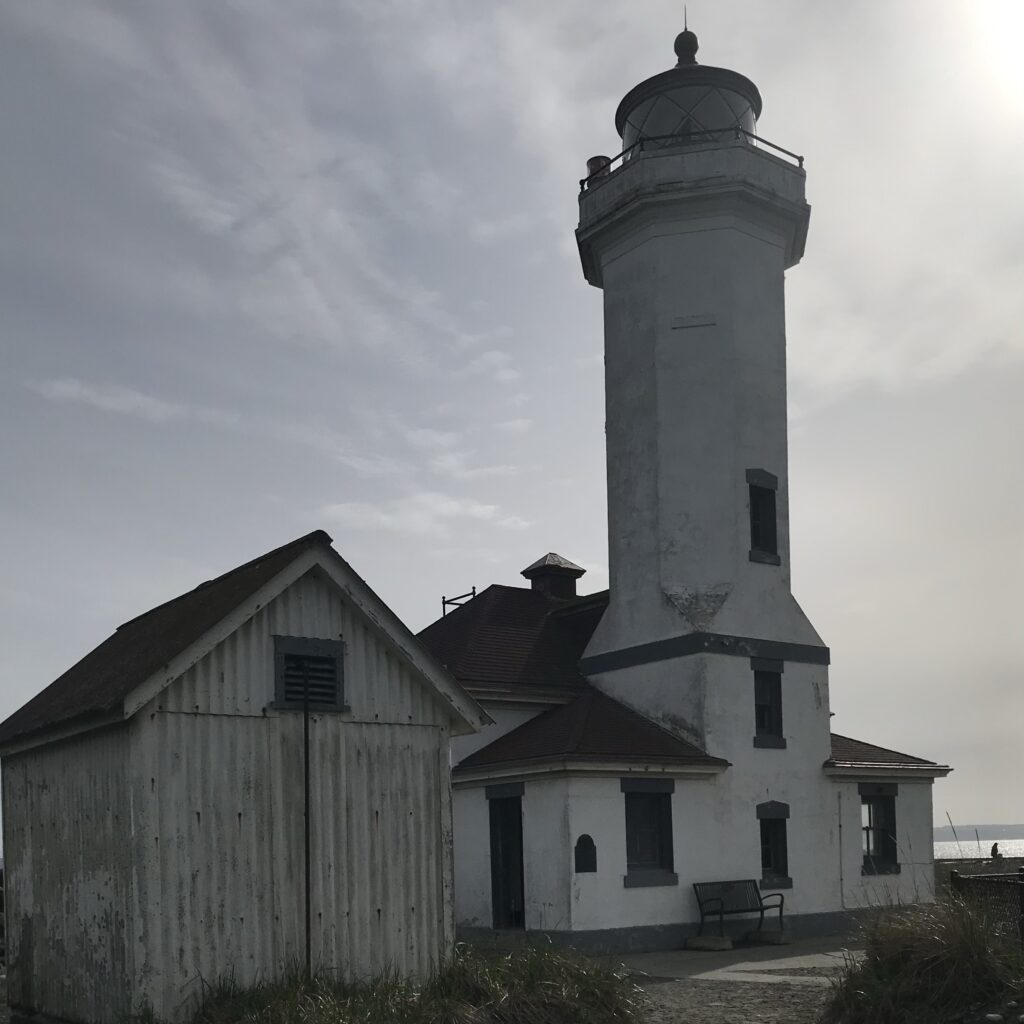
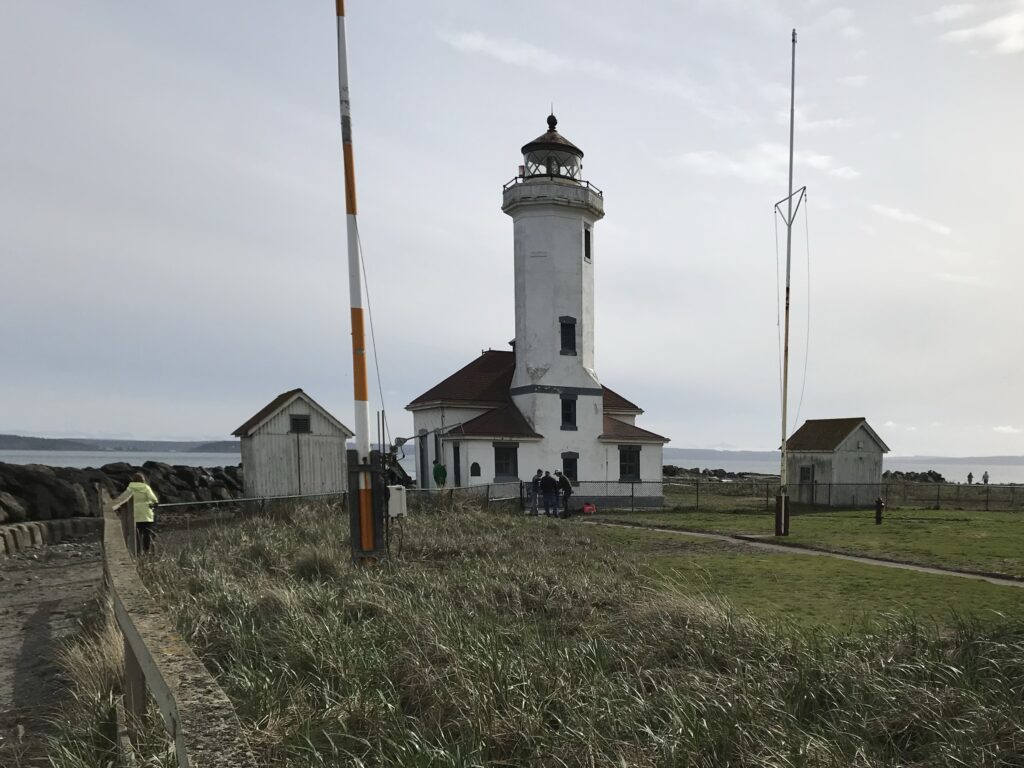
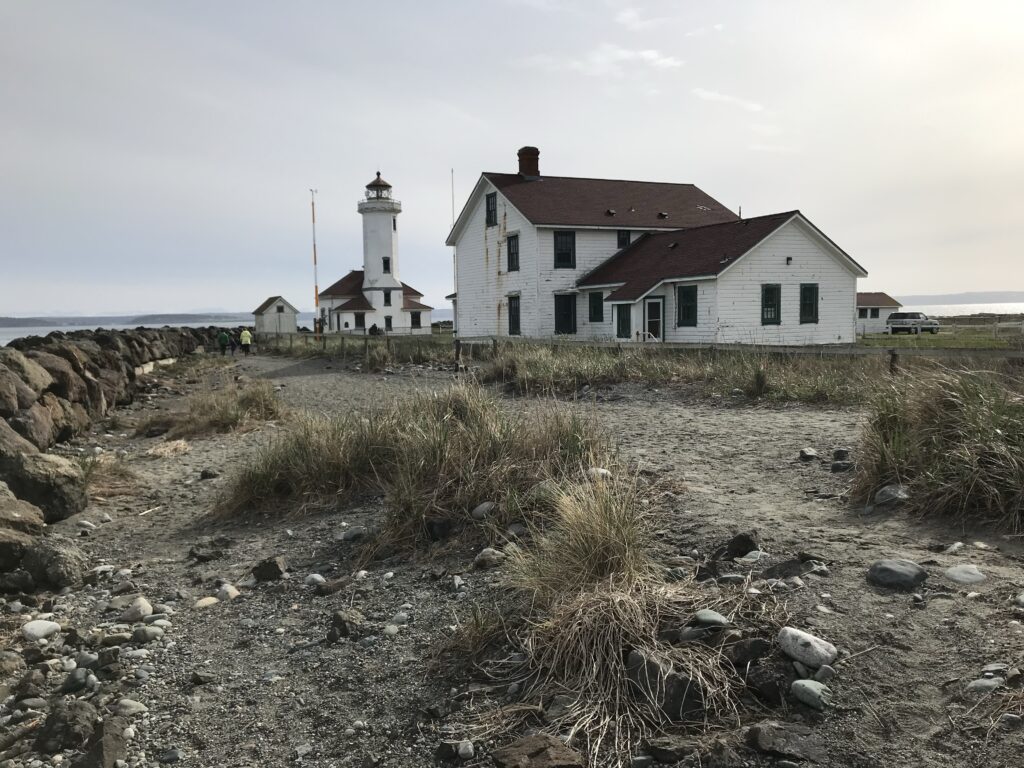
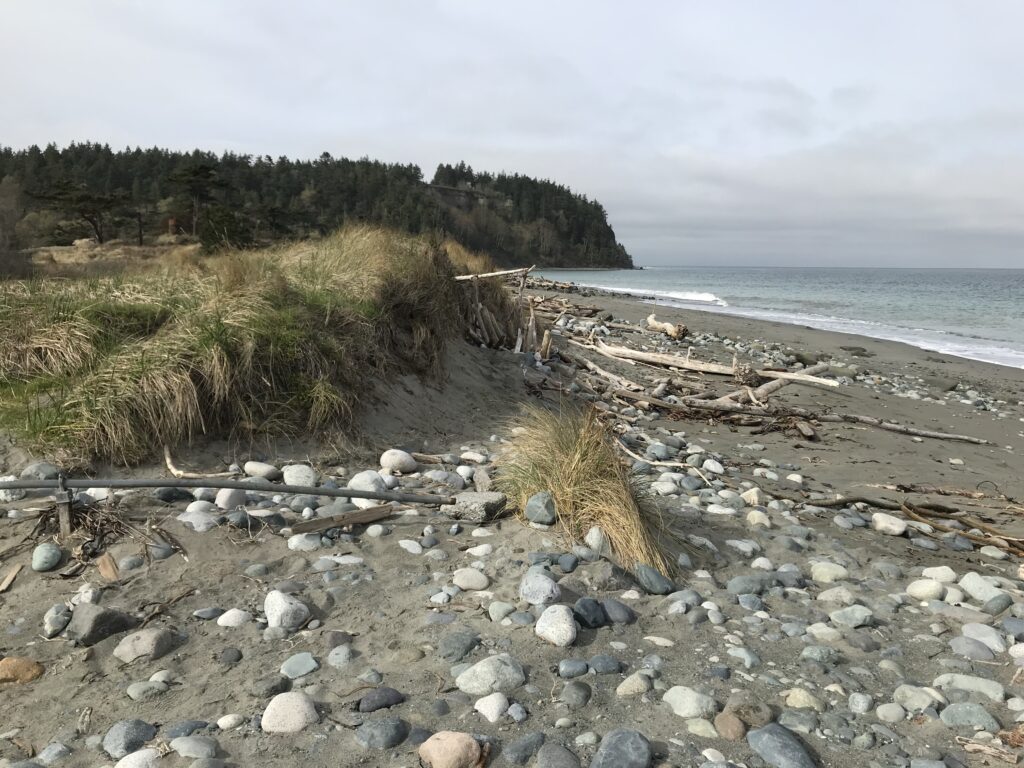
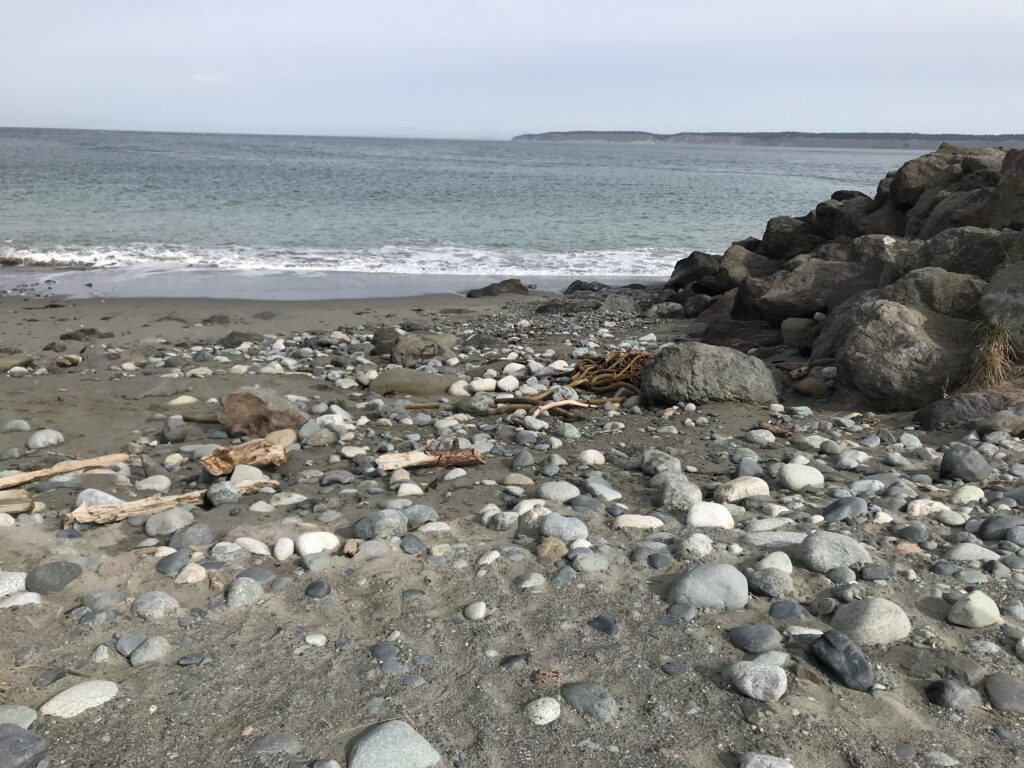
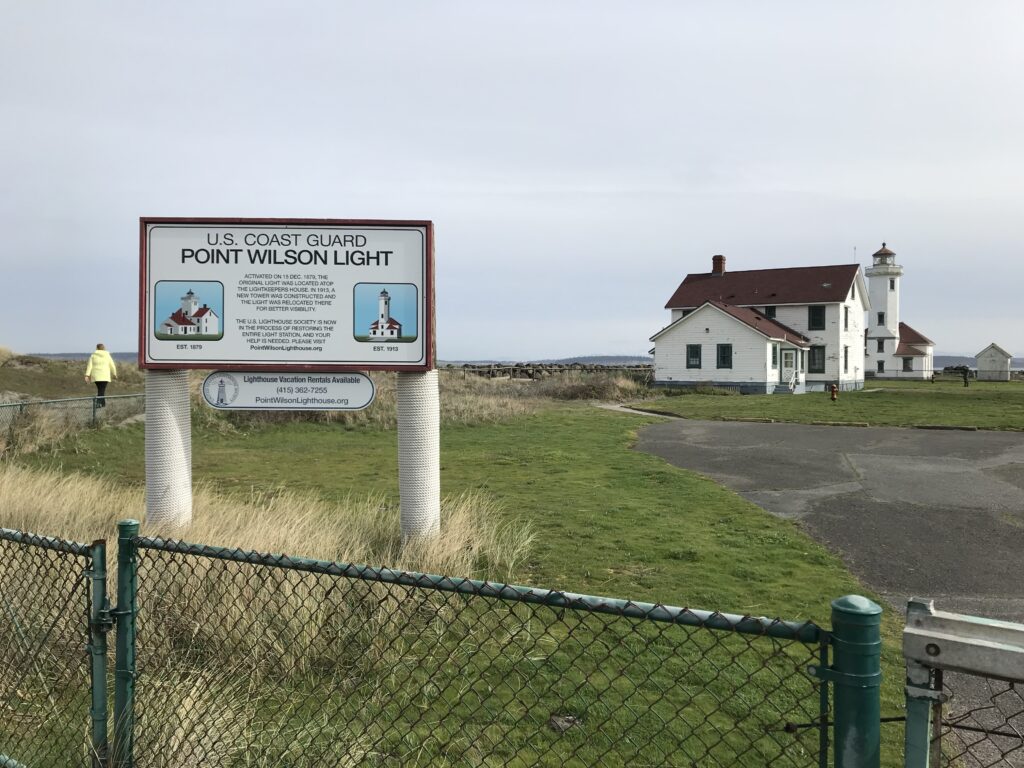
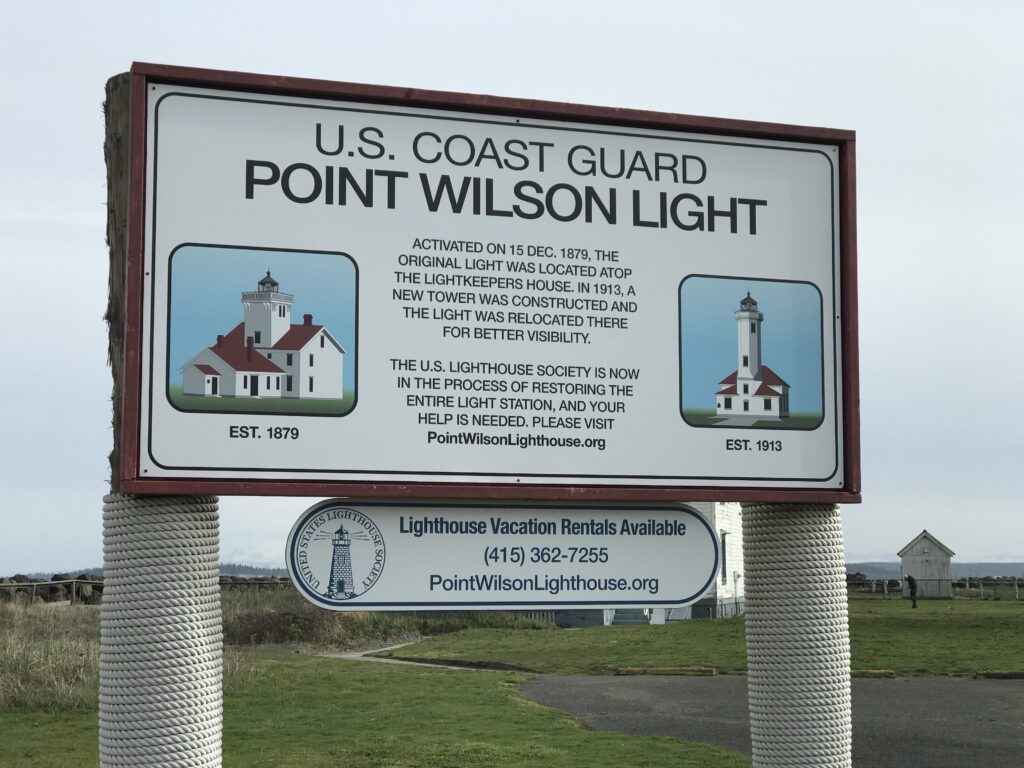
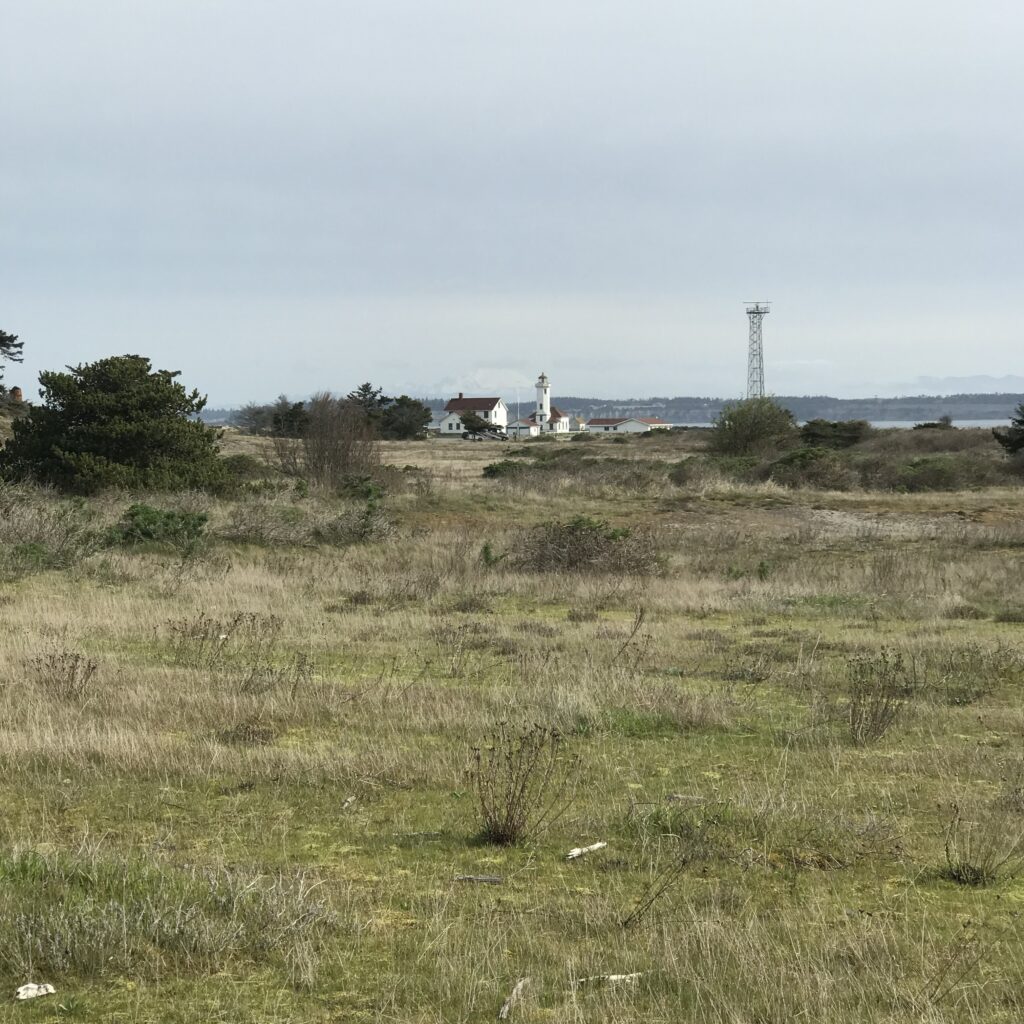
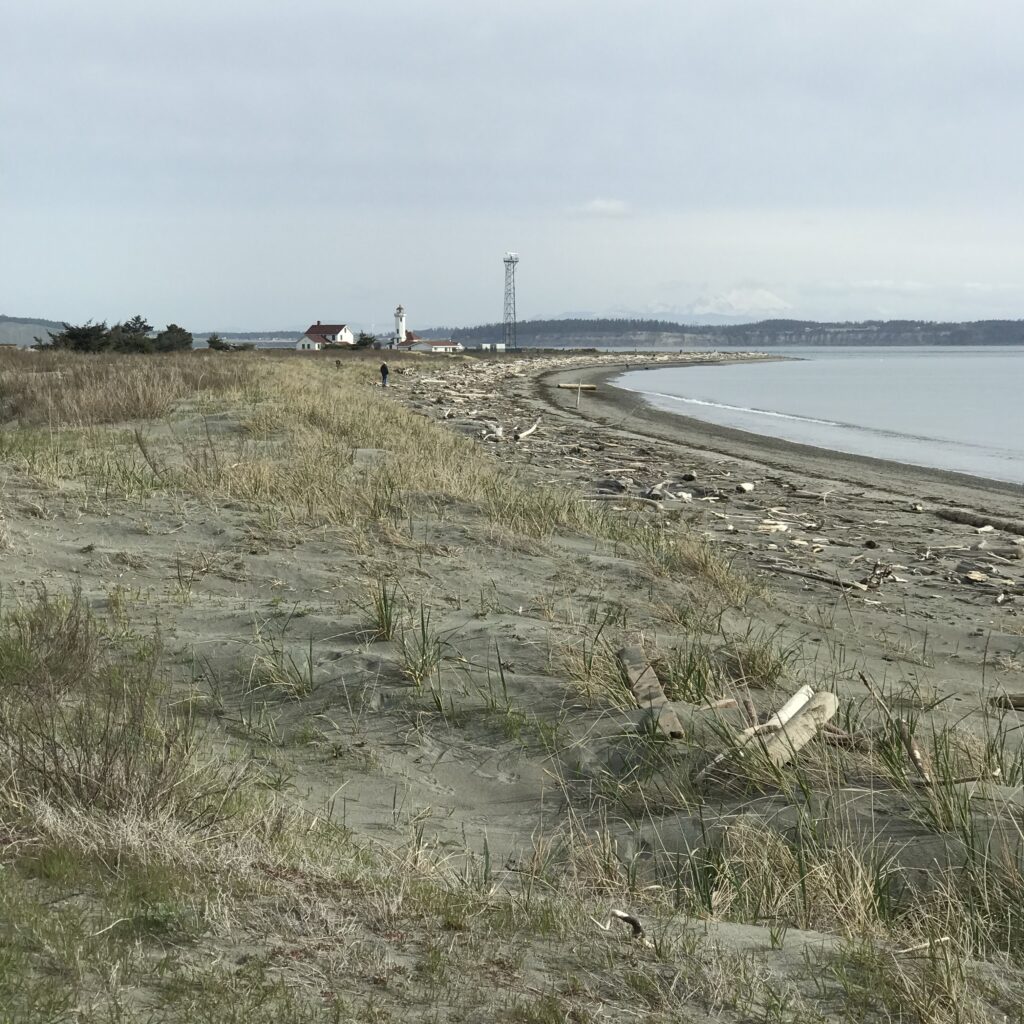
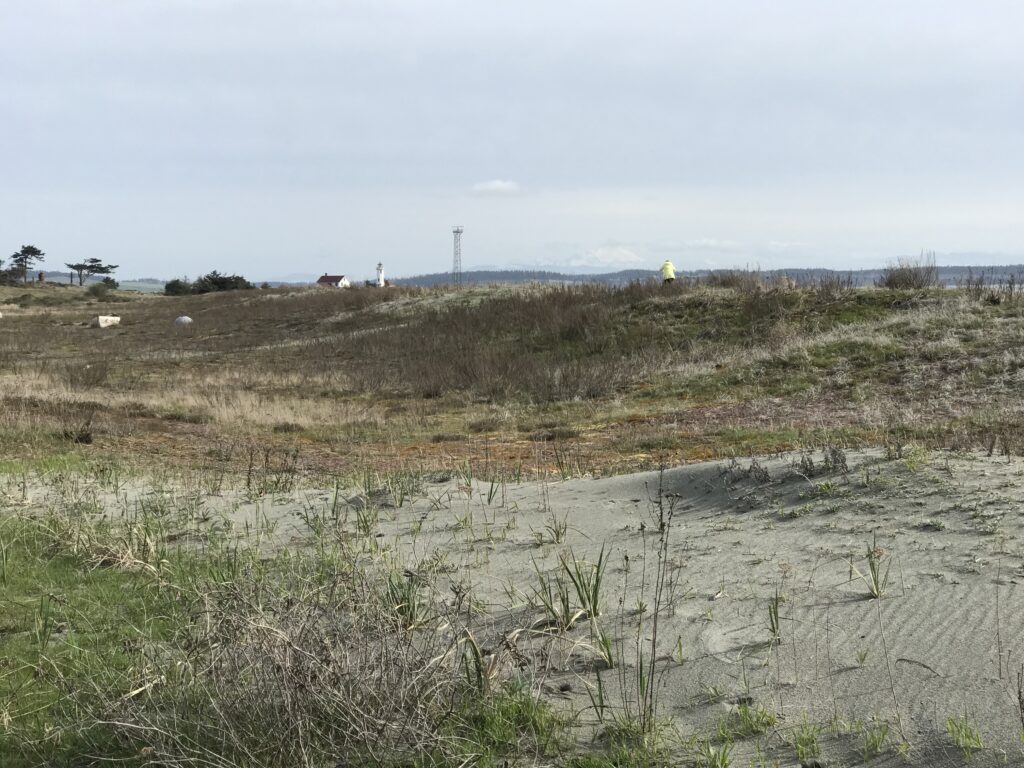
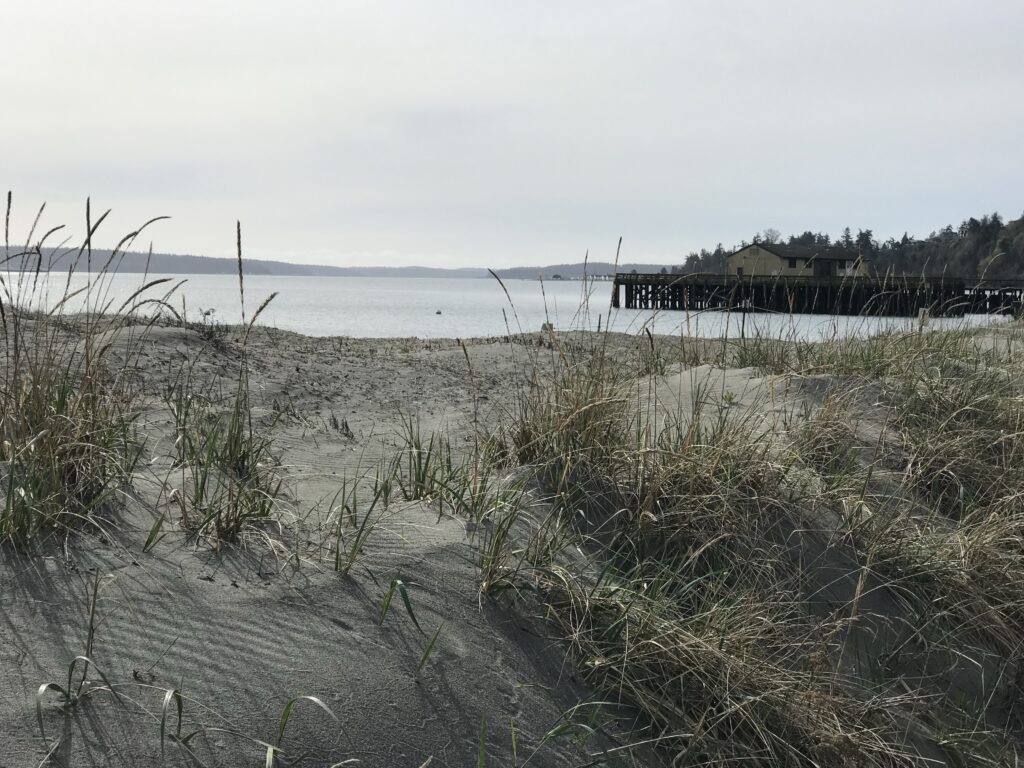
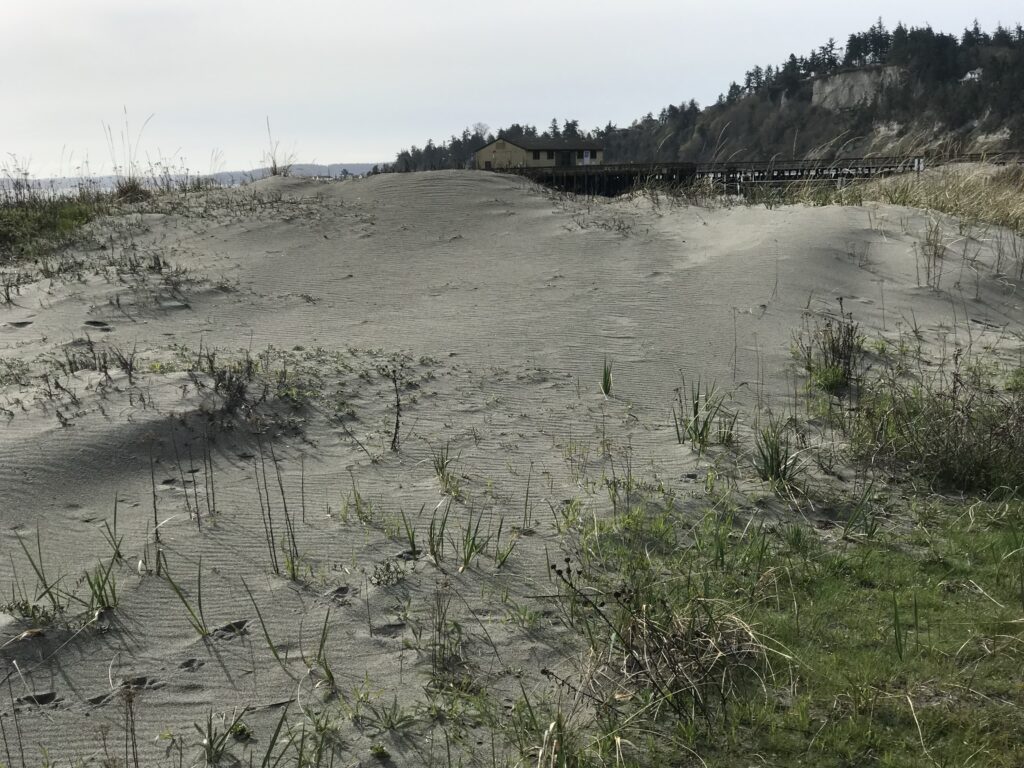
Hollywood buffs can locate bunkers, the Tides Inn and parade-ground parade scenes used in An Officer and a Gentleman (1982), which pumped $3 million into the local economy and catapulted Port Townsend onto the big screen9.

HistoryLink.org Photo by Kit Oldham
The town’s Victorian National Historic District still flaunts ornate brick customs houses, the 1892 courthouse clock tower and merchant homes that boomed when tall ships filled the harbor10.
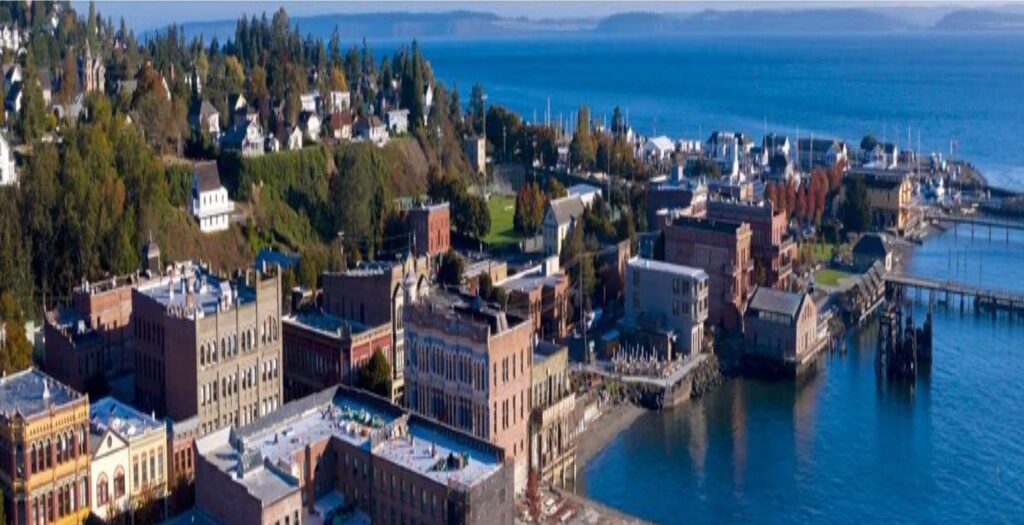
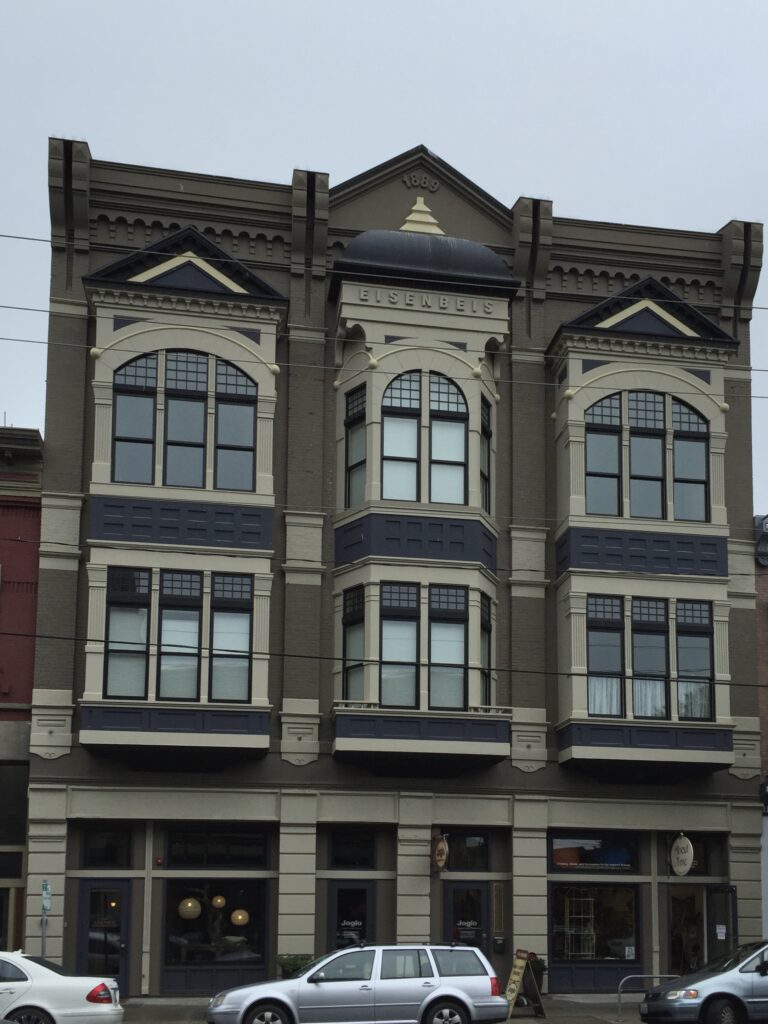

3. For the naval architect and wooden-boat devotee
Port Townsend is arguably the Pacific coast’s wooden-boat capital. More than 100 heritage hulls moor year-round in Boat Haven, a “visual history of 20th-century boat design” maintained by an army of shipwrights, rigs and spar shops1112.
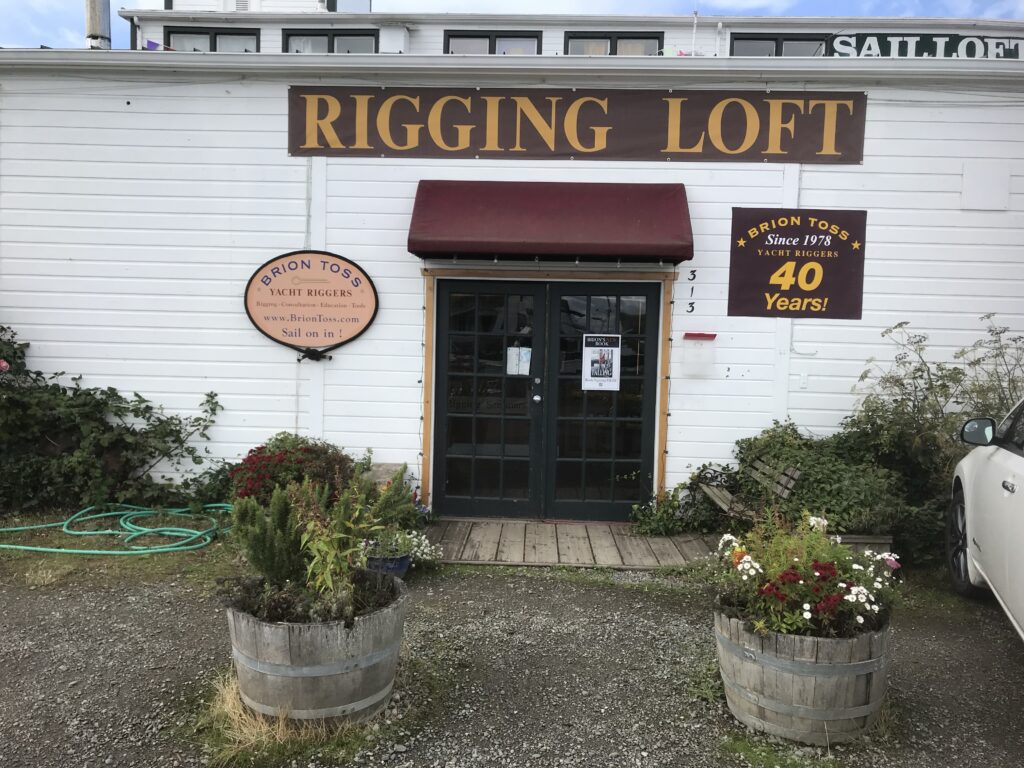
Inside the Northwest Maritime Center you can step onto the simulator bridge, browse a maritime library or watch apprentices fit planks in the boatshop13.
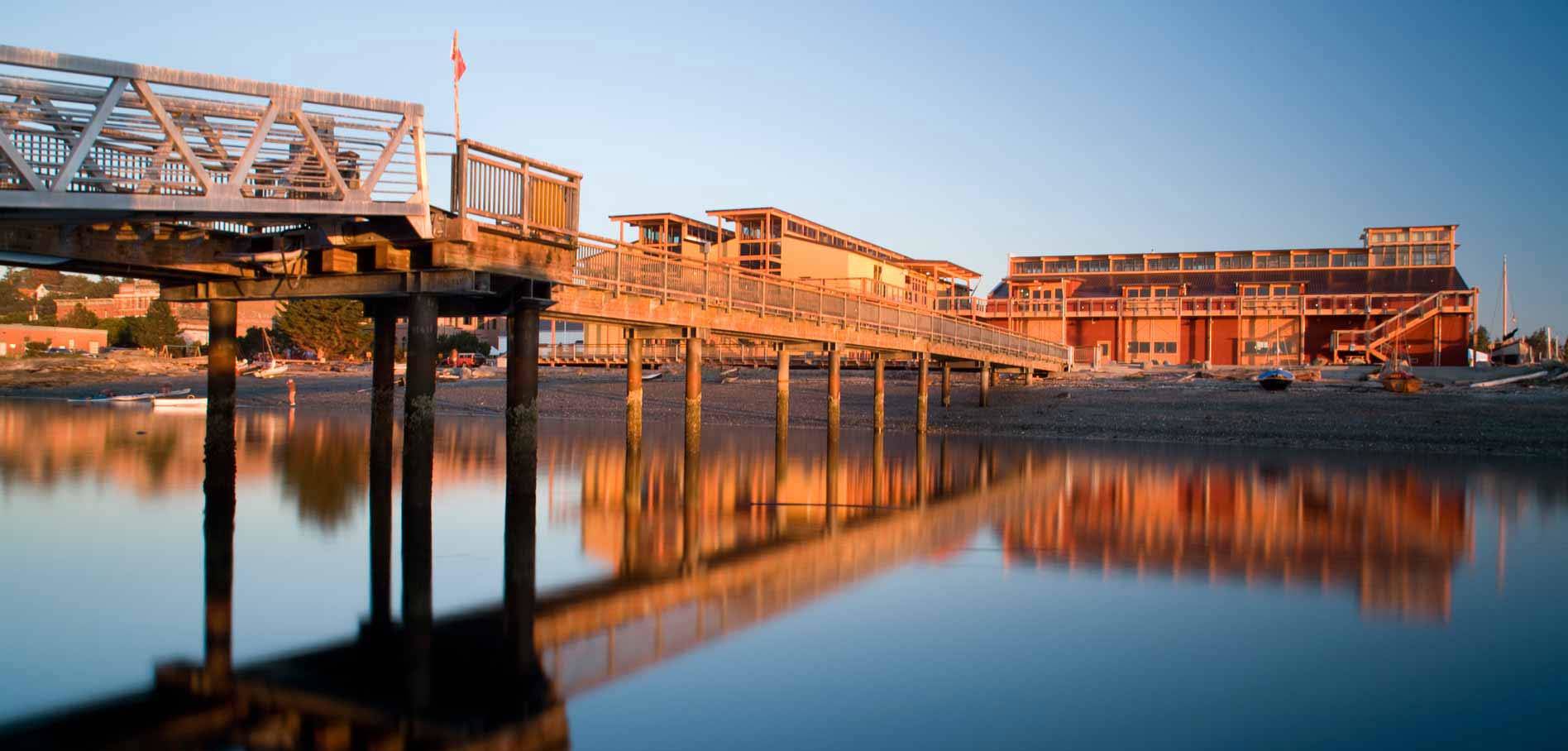

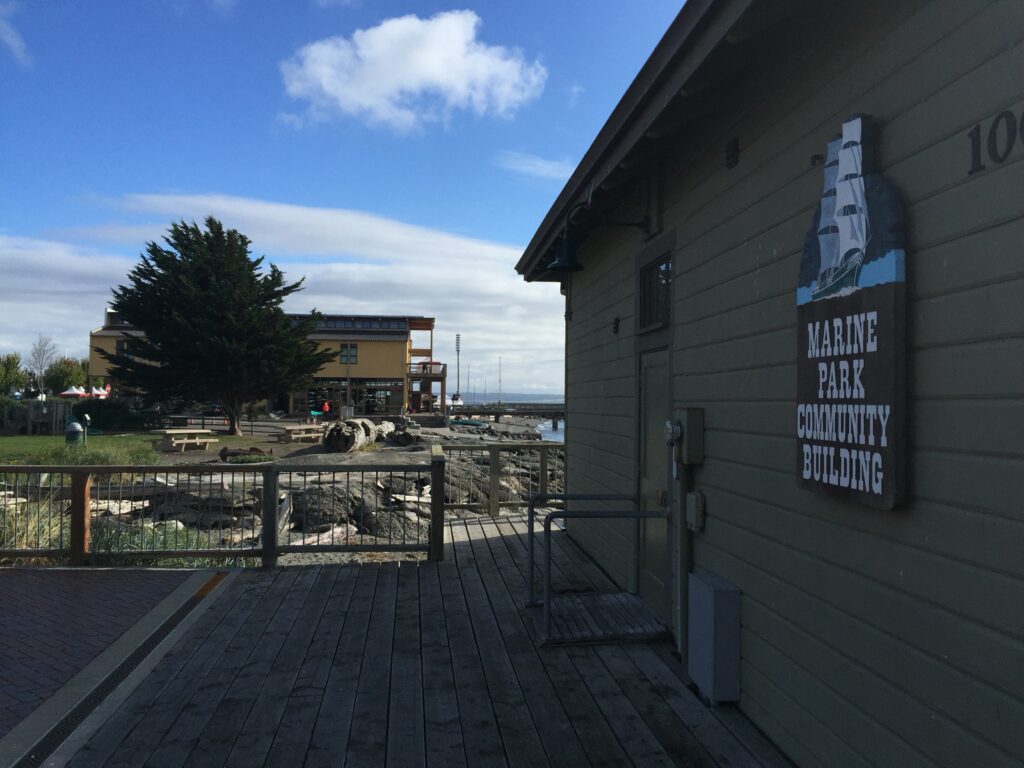
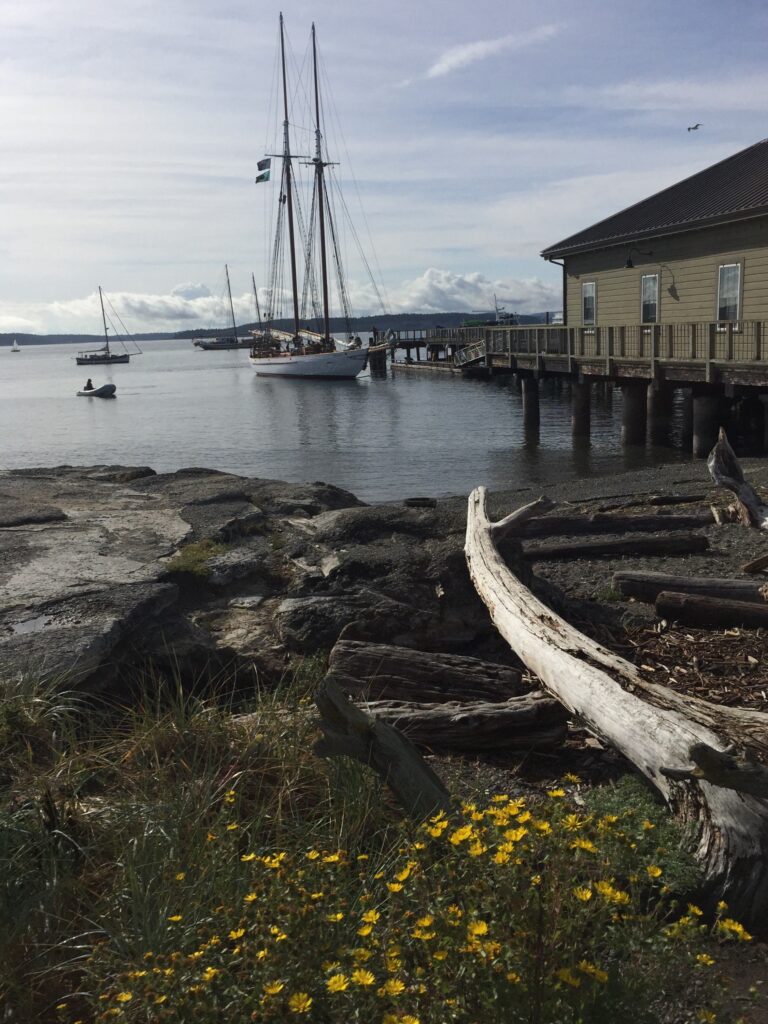
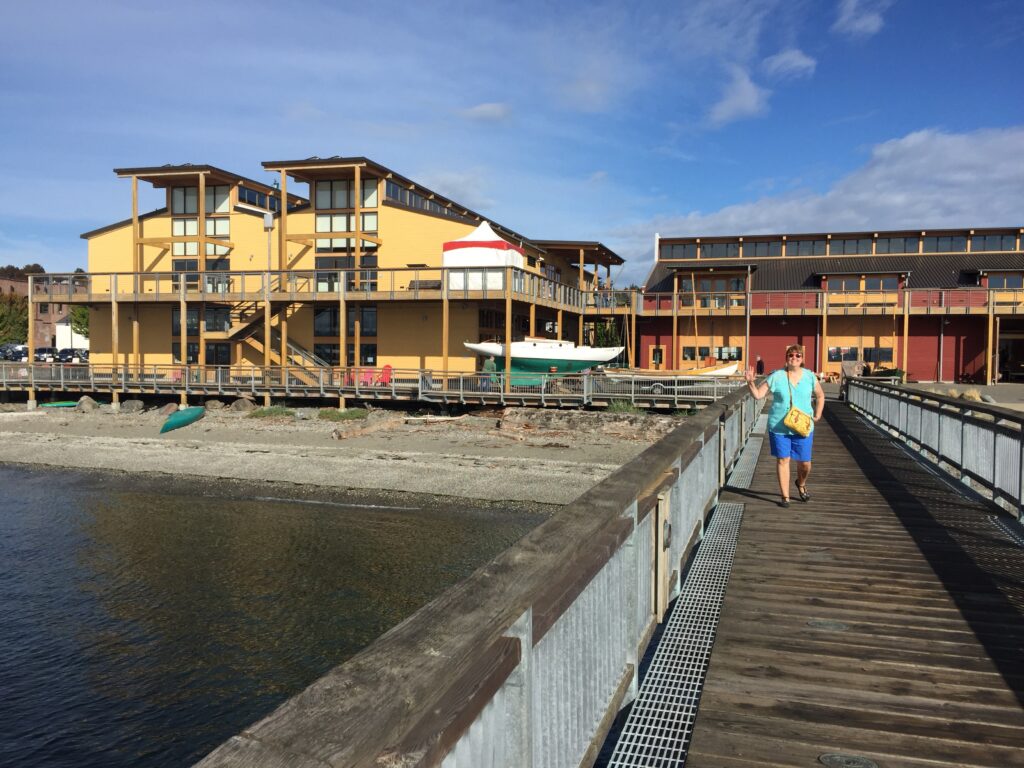
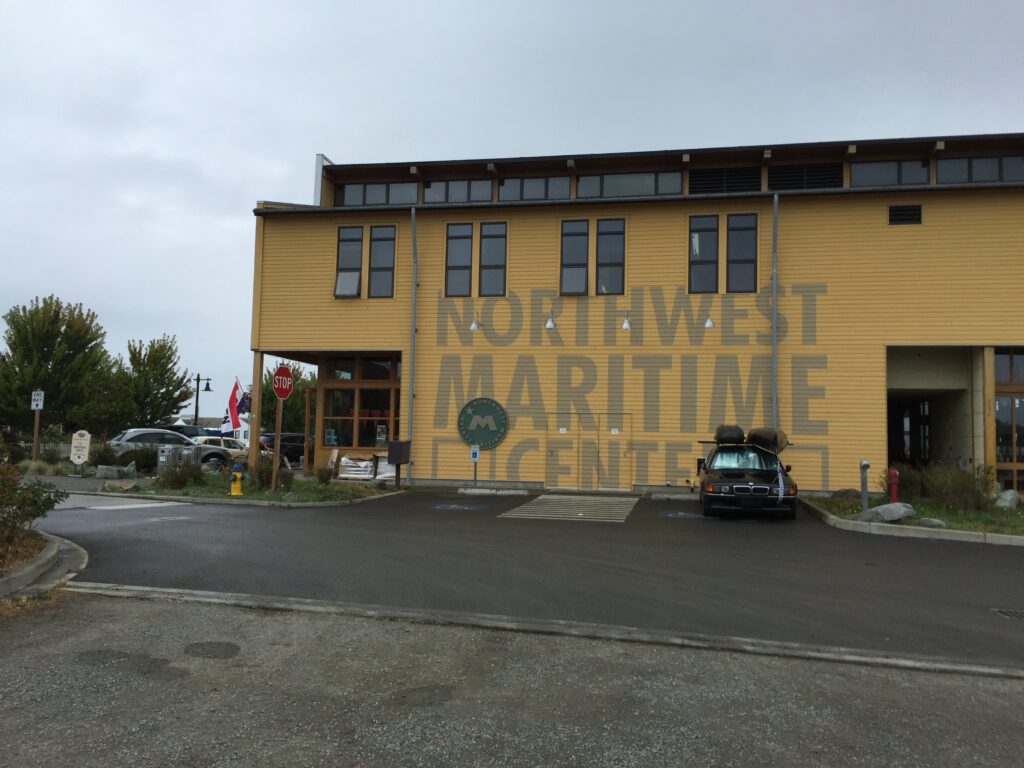
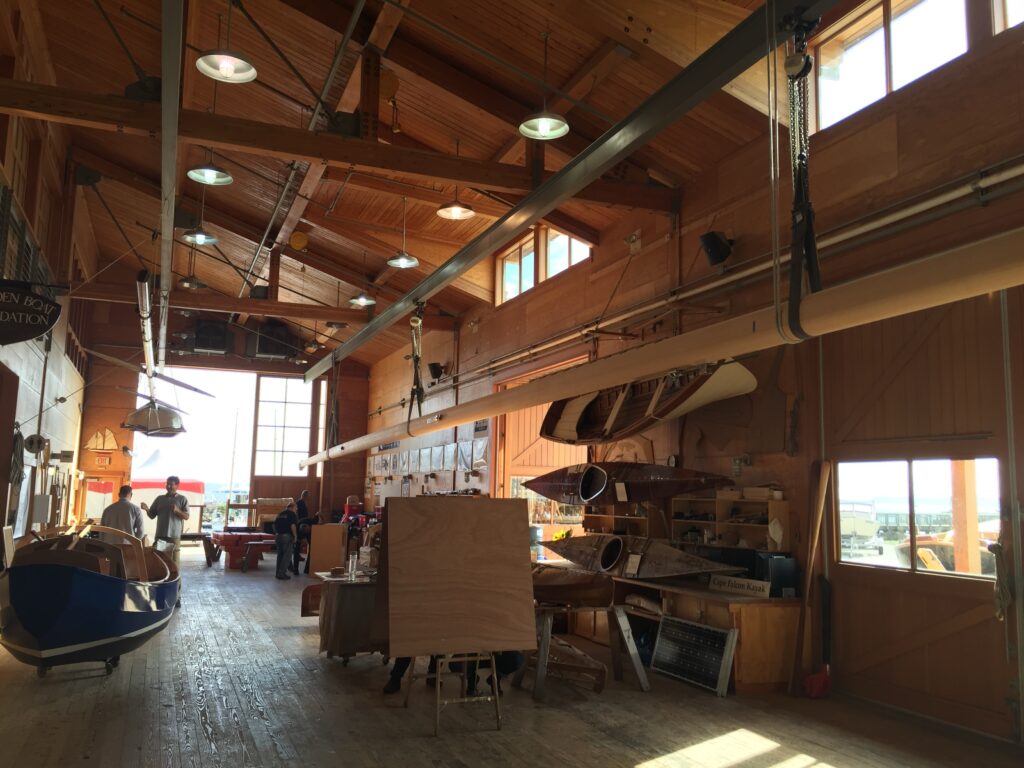
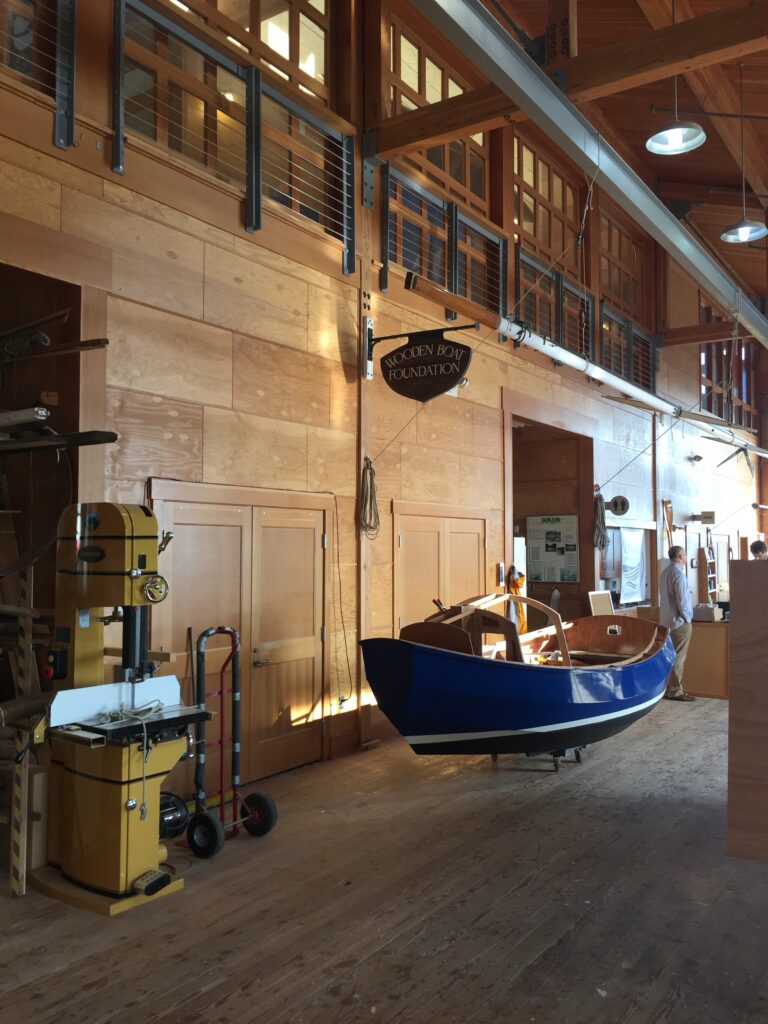

Annual spectacles:
- Race to Alaska (R2AK)—a 750-mile, engineless dash that starts in Point Hudson every June—fills town with pedal drives, foils and clever naval engineering14.
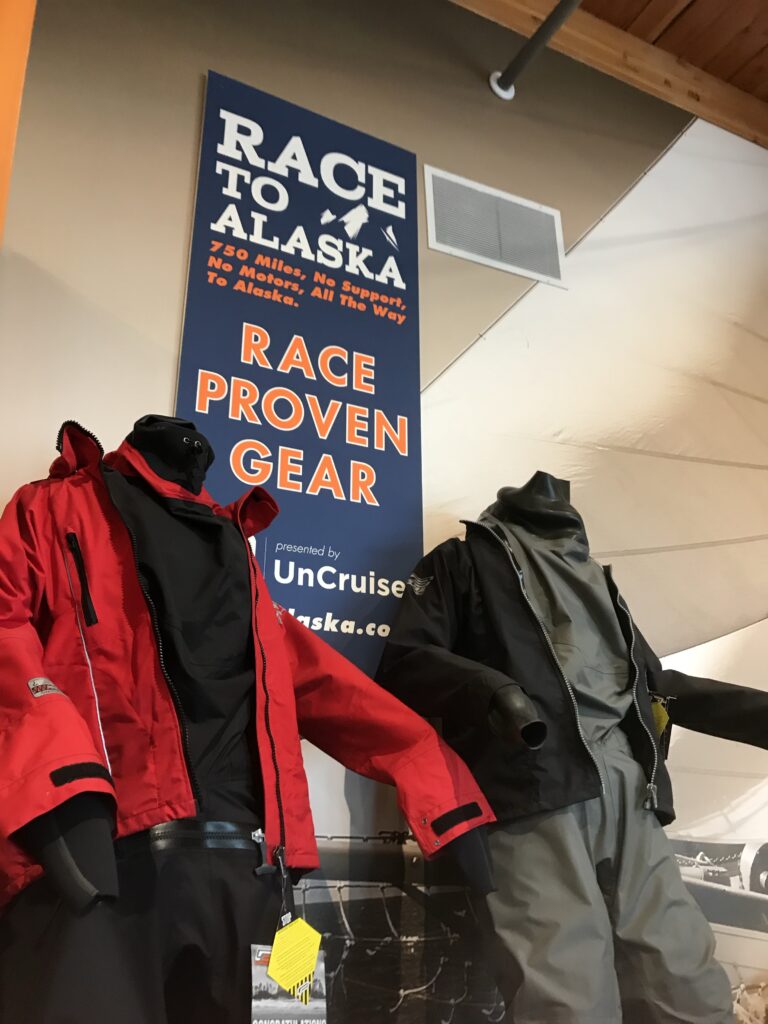
Wooden Boat Festival (first full weekend after Labor Day) docks 300 varnished craft, 100 expert talks and demo sailings, the second-largest show of its kind worldwide1516.
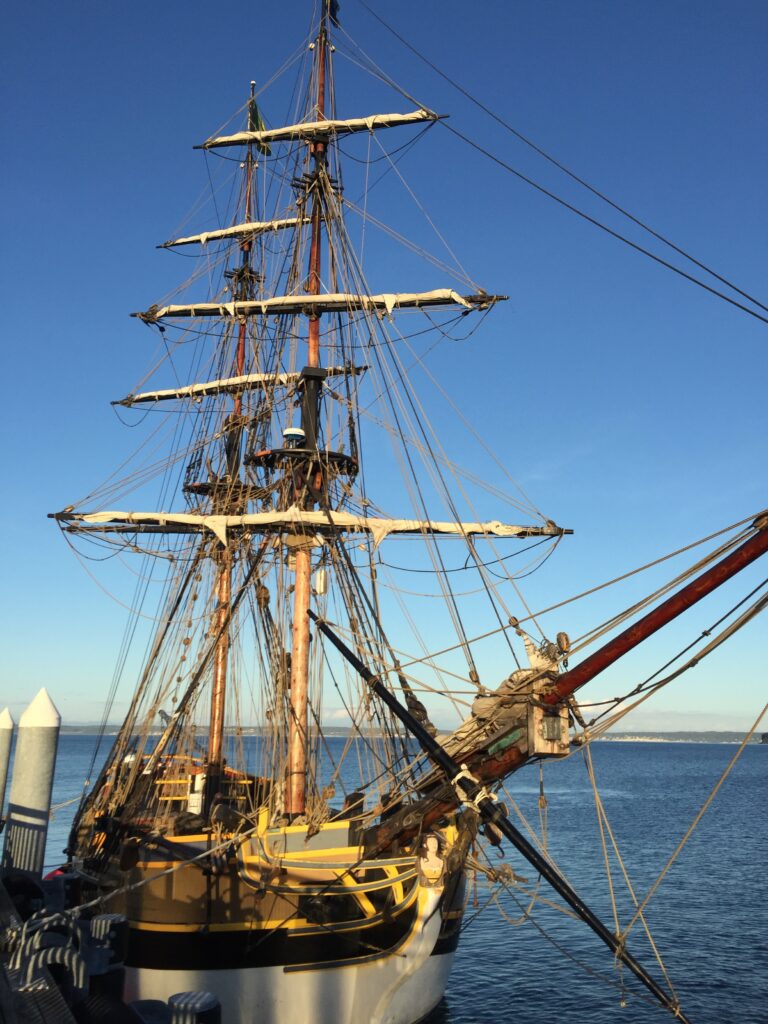
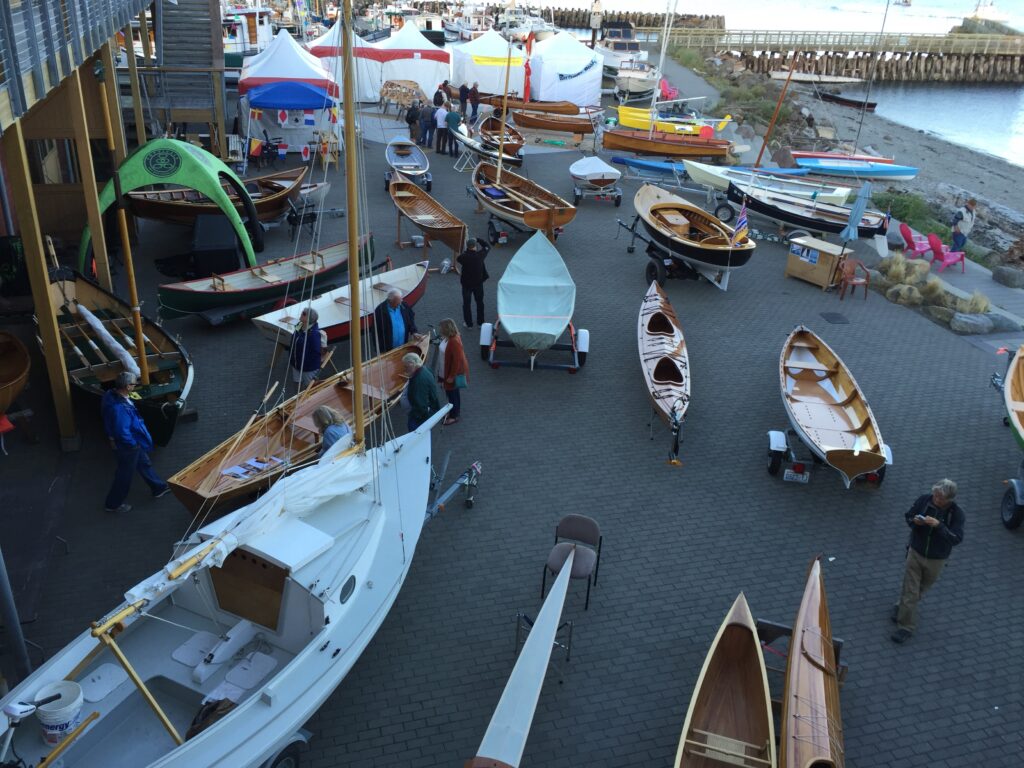
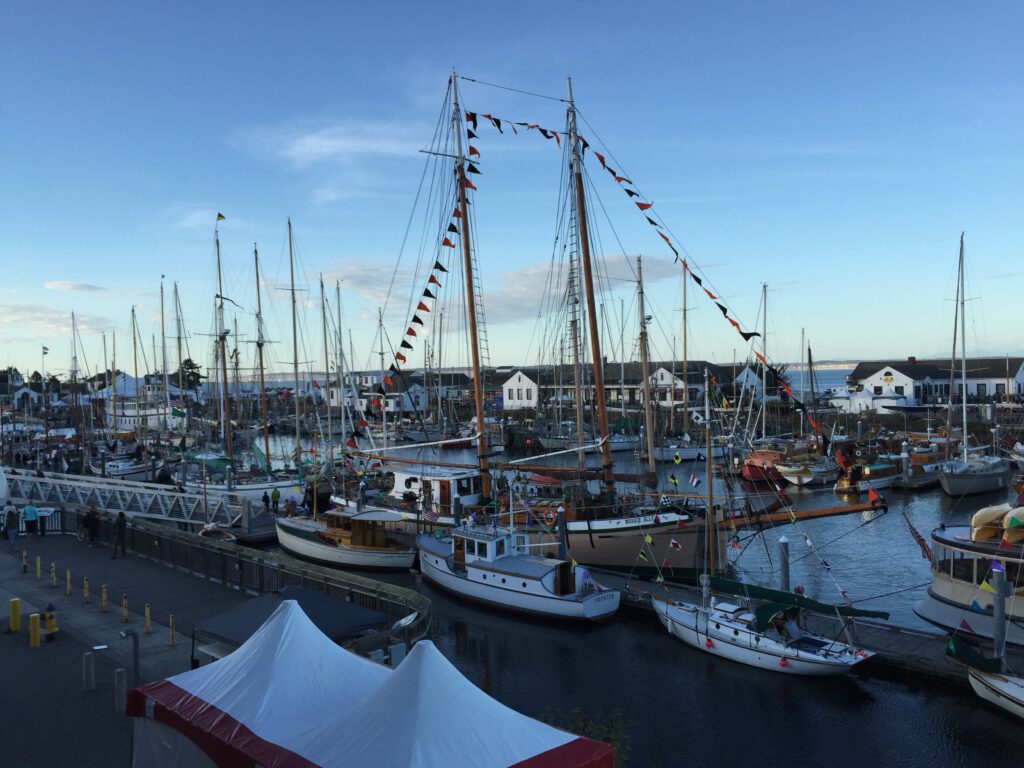
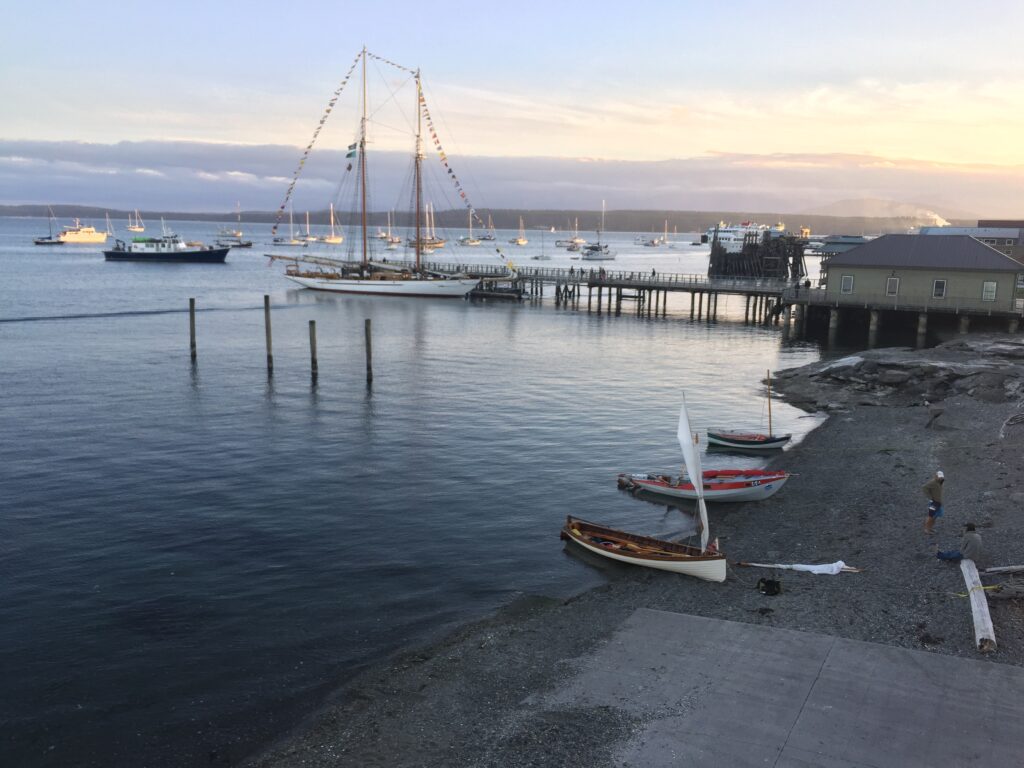
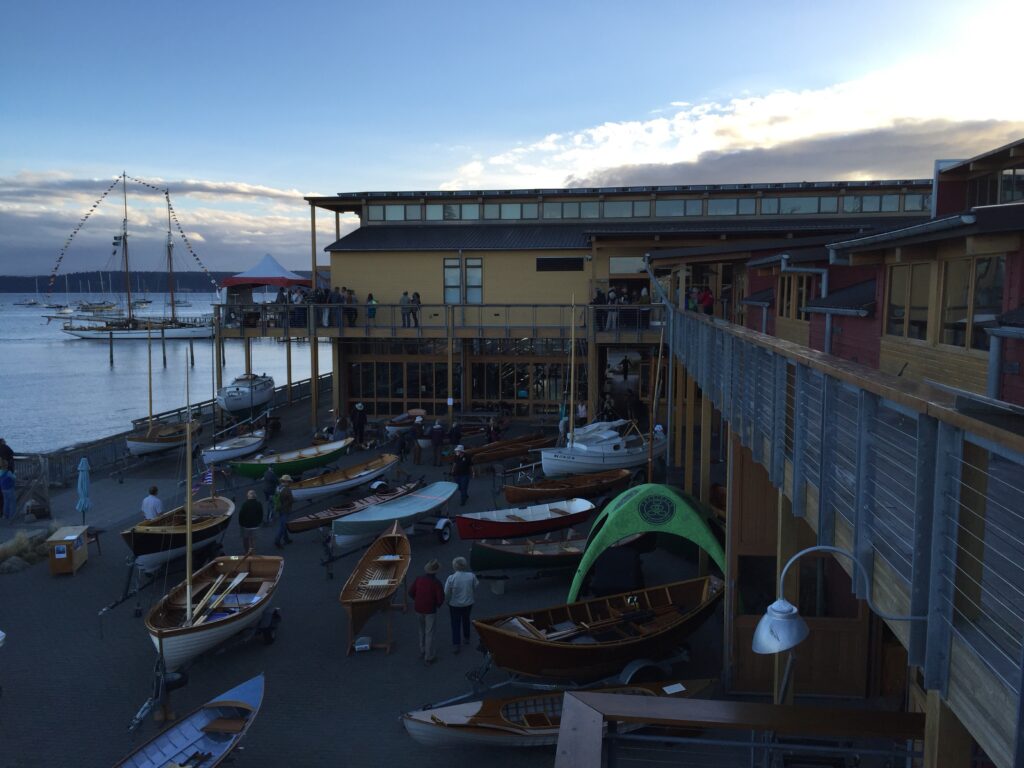



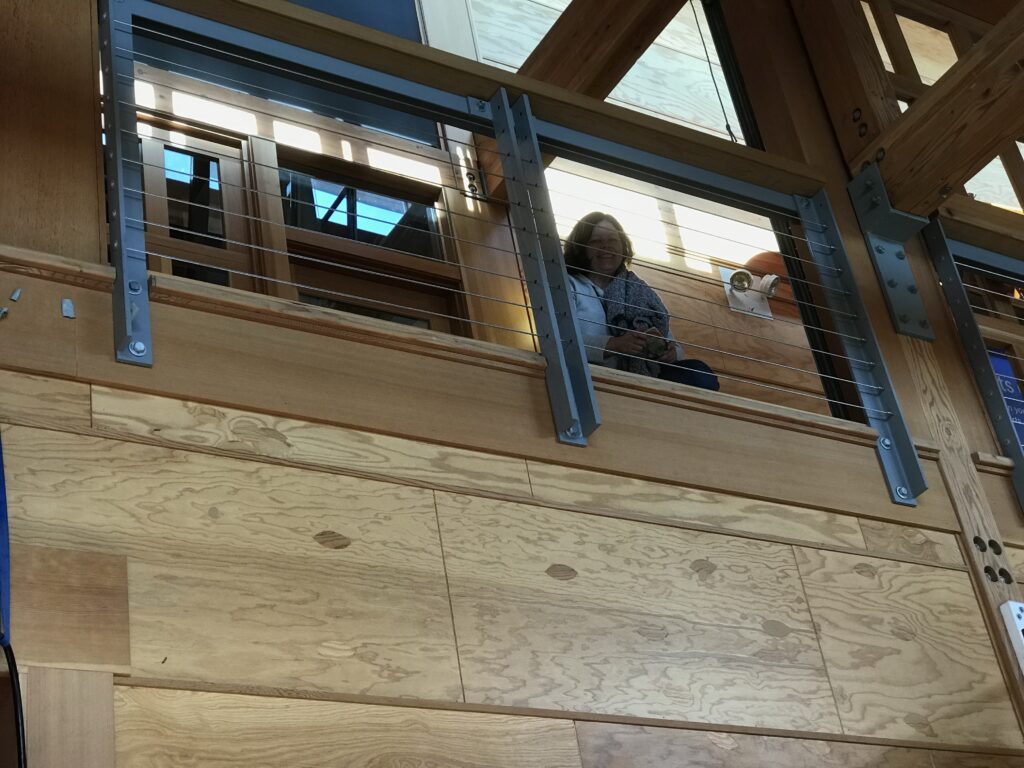




4. For birders and marine naturalists
Within a 20-minute cruise lie two National Wildlife Refuges. Protection Island holds 70 percent of Puget Sound’s nesting seabirds—rhinoceros auklets, tufted puffins, gull colonies—and can be circumnavigated by private boat or a Puget Sound Express bird cruise (landing is prohibited)1718.
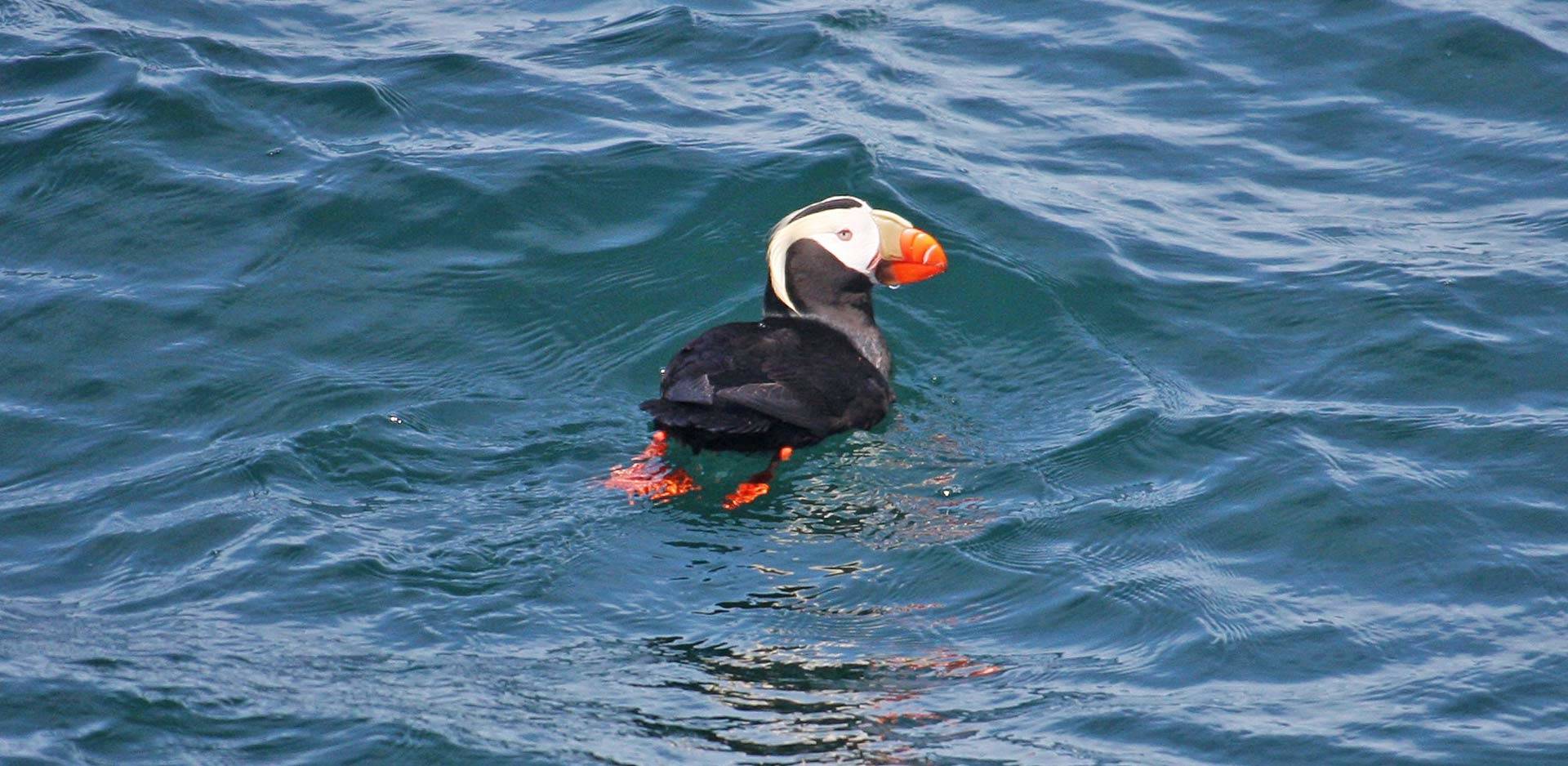
In town, Kah Tai Lagoon Nature Park lists 180 species, from Virginia rails to migrant warblers, all within stroller distance of Water Street cafés19.

Offshore wildlife trips frequently tally harbor porpoise, sea lions and, in season, orcas and humpbacks20.
The Port Townsend Marine Science Center (exhibits downtown and at Fort Worden) lets kids touch tide-pool invertebrates, scour plankton under microscopes and pose under a 42-ft gray-whale skeleton21.

5. For hikers and photographers
- Fort Worden Trails: Twelve miles thread bunkers, blufftop meadow, cedars and the driftwood-strewn beach to Point Wilson—easy mileage with constant lighthouse, Mount Baker and ferry-wake vistas822.

- Artillery Hill bunkers offer silhouetted arches and rusting doors at golden hour—top picks on PhotoHound’s list of Port Townsend shot locations23.
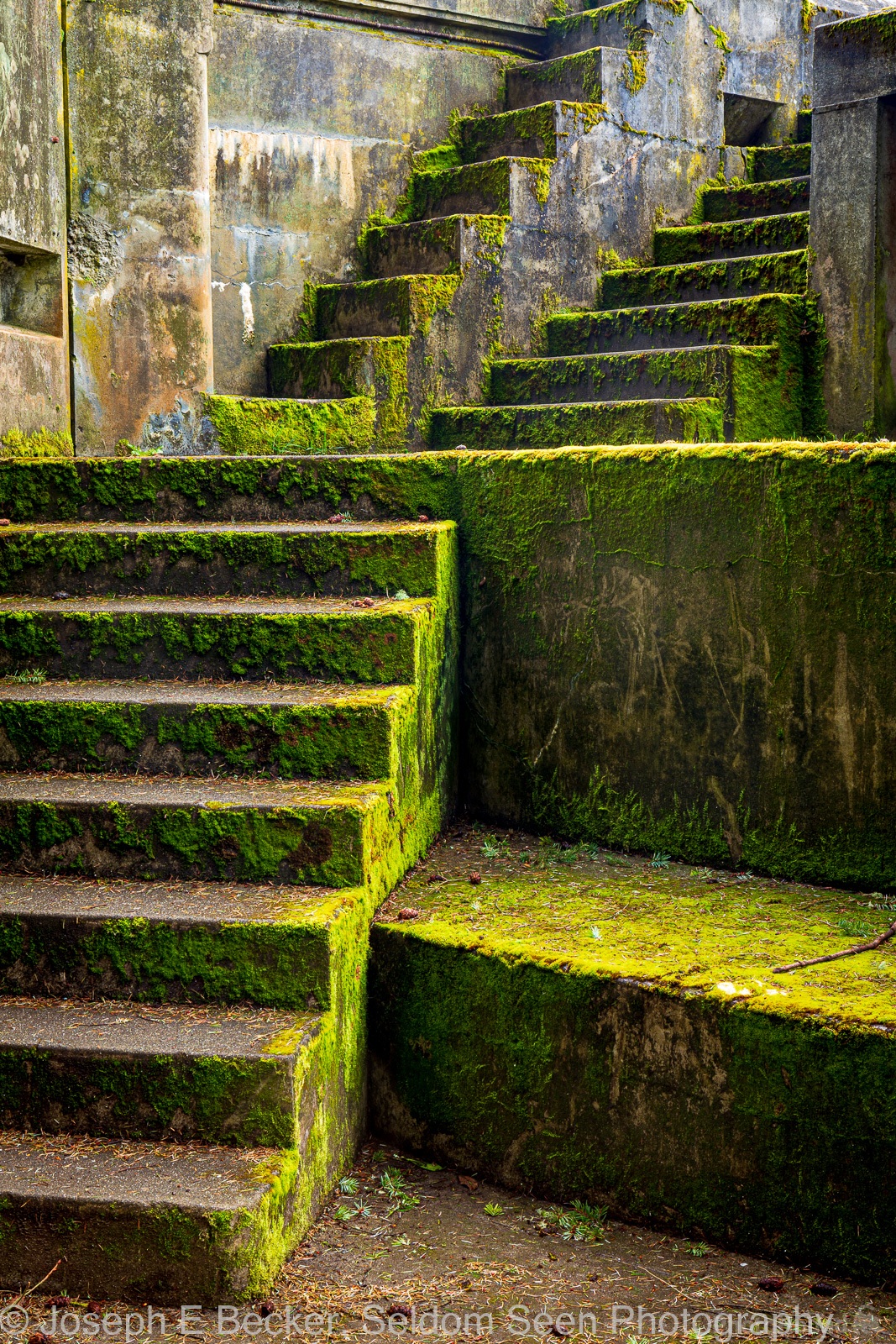
- Day trips: Mount Walker’s rhododendron-lined switchbacks (35 min drive) deliver summit views from the Cascades to the Olympics; paved forest roads allow an auto-hike combo that suits mixed-ability families22.
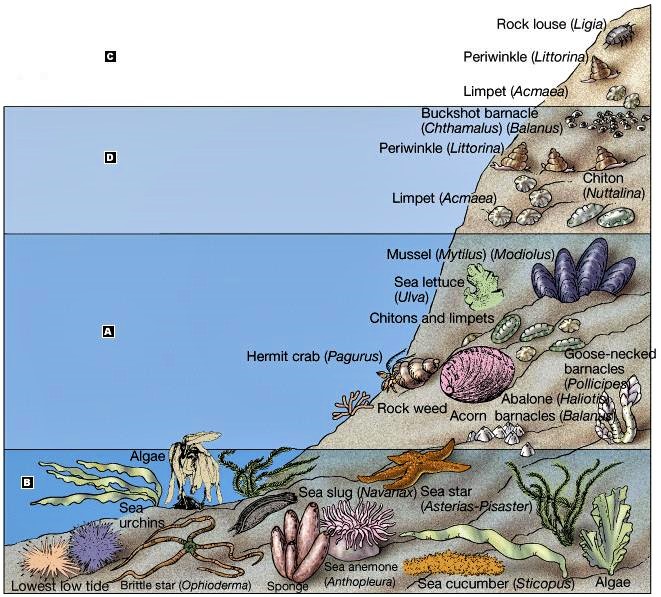
- Low-tide rambles across the broader Olympic Peninsula add tide-pool photography and kid-friendly marine biology lessons; NOAA minus-tide windows in summer are prime24.
6. Dining after deck or trail
Port Townsend’s culinary scene pairs Victorian storefronts with Northwest produce. Reservations are smart in summer.
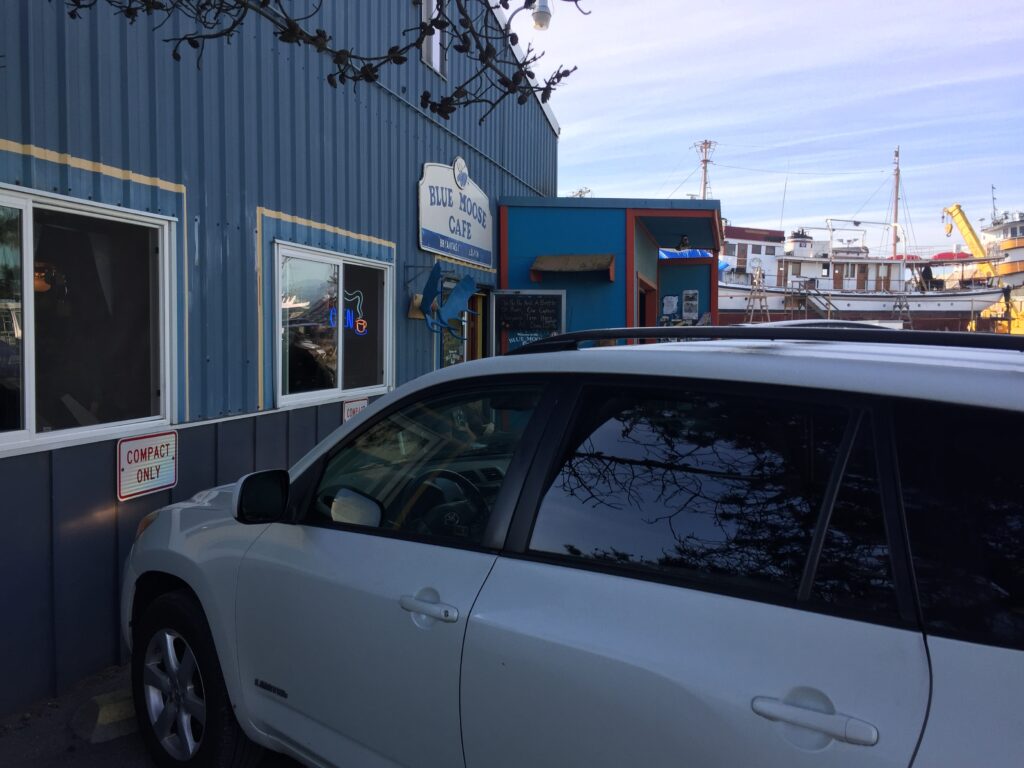
FlavorWhy stopCitationFinistèreBrittany-inspired seafood, house pasta, craft cocktails in an airy garden settingFountain CaféNine-table bistro beloved for seasonal specials and intimate ambienceTommyknocker’s Cornish PastyGolden pasties plus UK ales—perfect warm handheld for the quaySilverwater CaféLong-time family favorite mixing Sicilian accents with local fishBlue Moose CaféBreakfast institution on the working waterfront (try the Dungeness crab omelet)Pub fare comes with waterfront sunsets at Sirens Pub or whiskey flights at The Old Whiskey Mill.
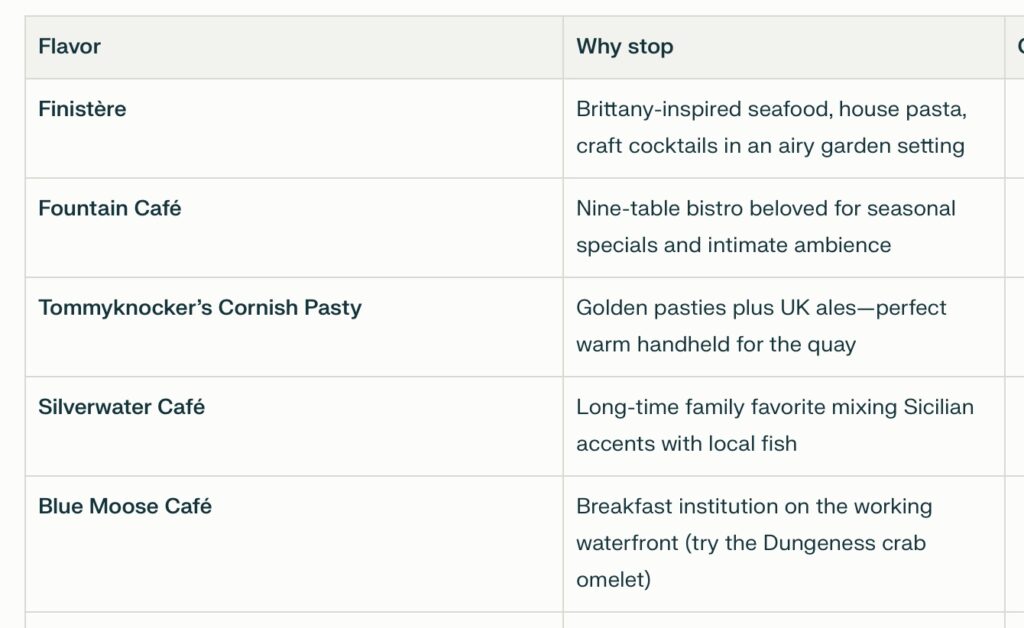
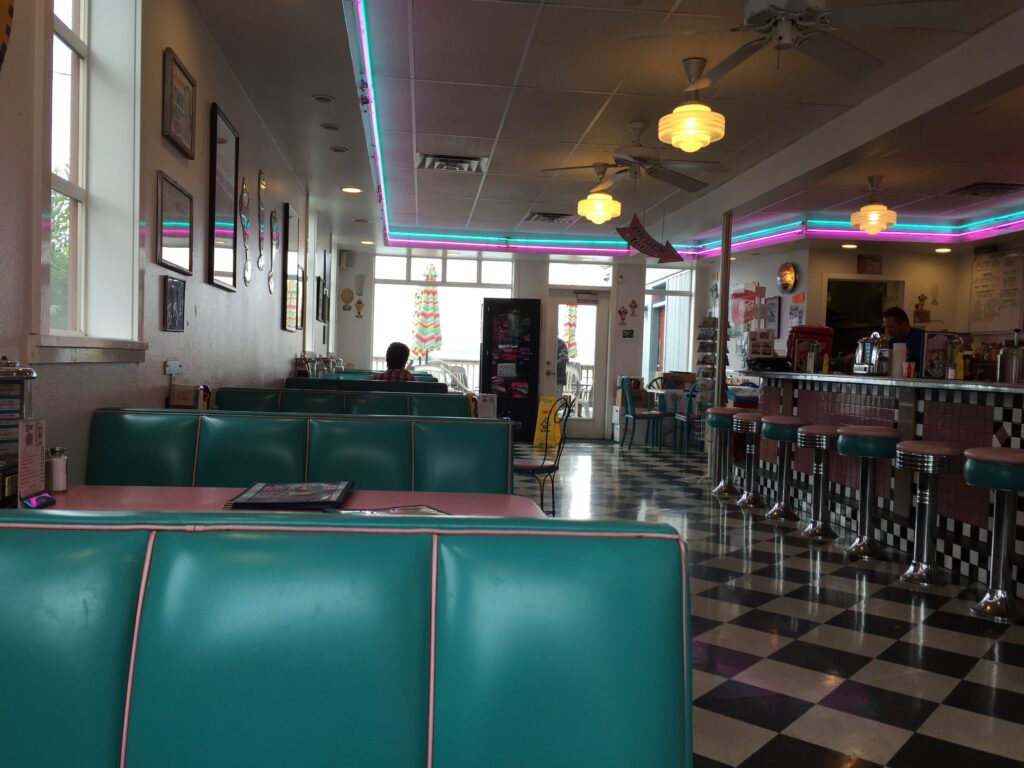
7. A toast to local beer
- Port Townsend Brewing Company pours classic Port Townsend Amber and Hop Diggidy IPA in a garden with summer live music.
- Propolis Brewing experiments with foraged herbs and farmhouse saisons—catnip for beer hunters.
- Discovery Bay Brewing (rebranded Social Fabric) anchors a family-friendly patio near the golf course. The waterfront Pourhouse stocks regional taps and cider if your crew spans varied tastes.
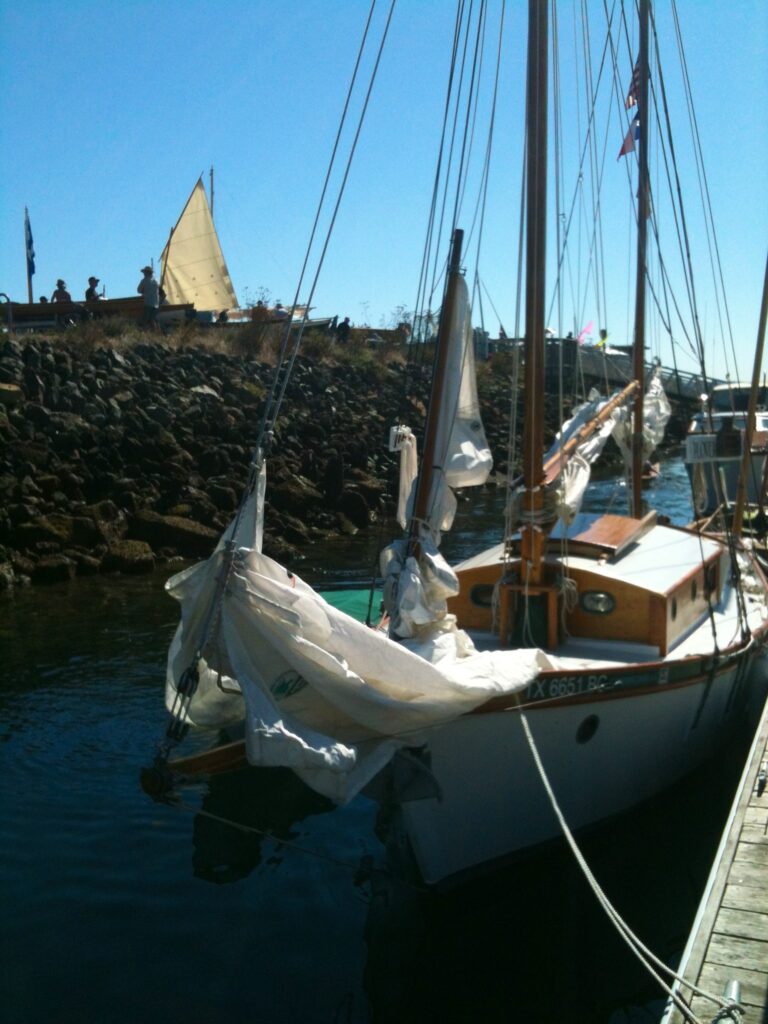
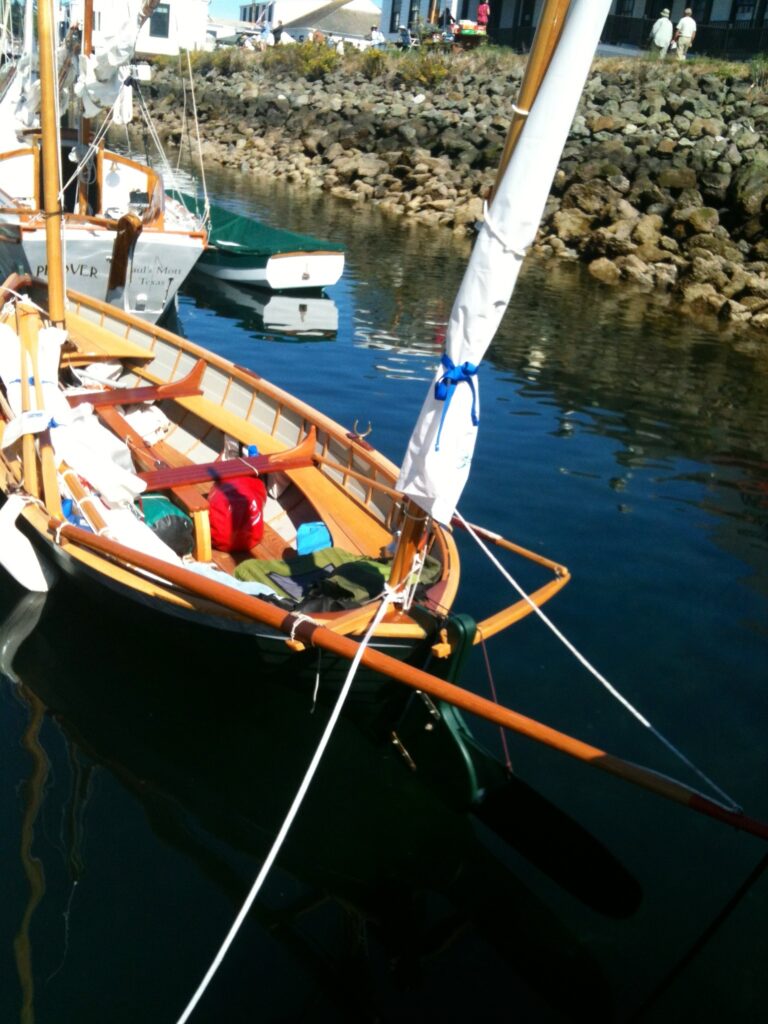
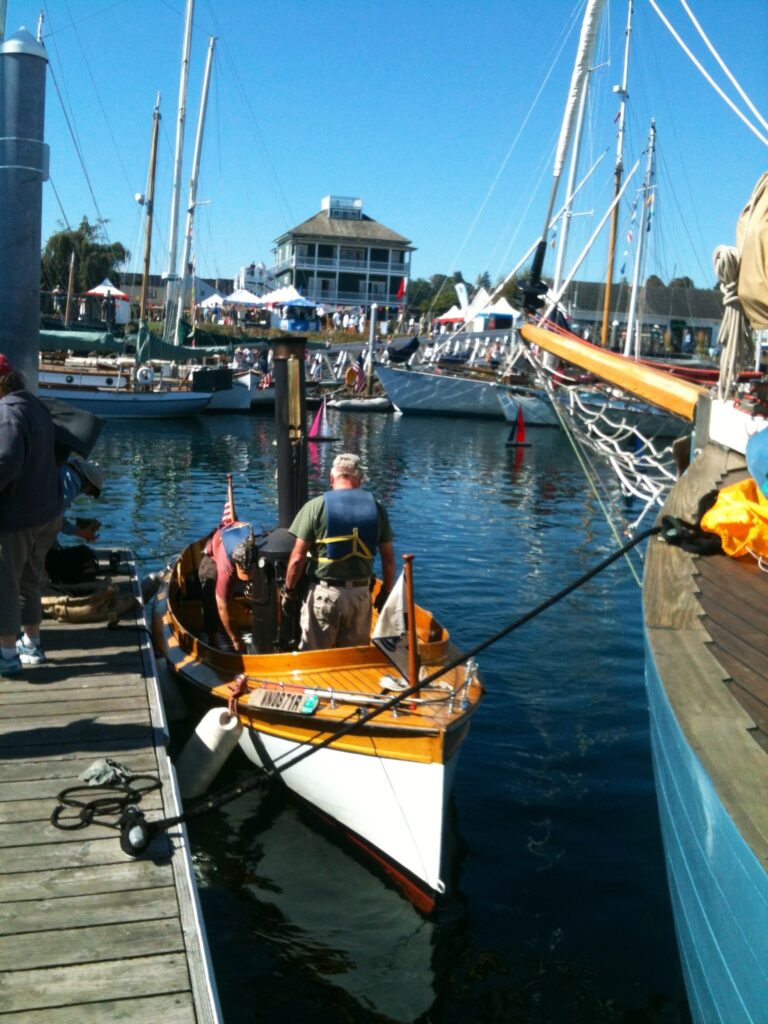
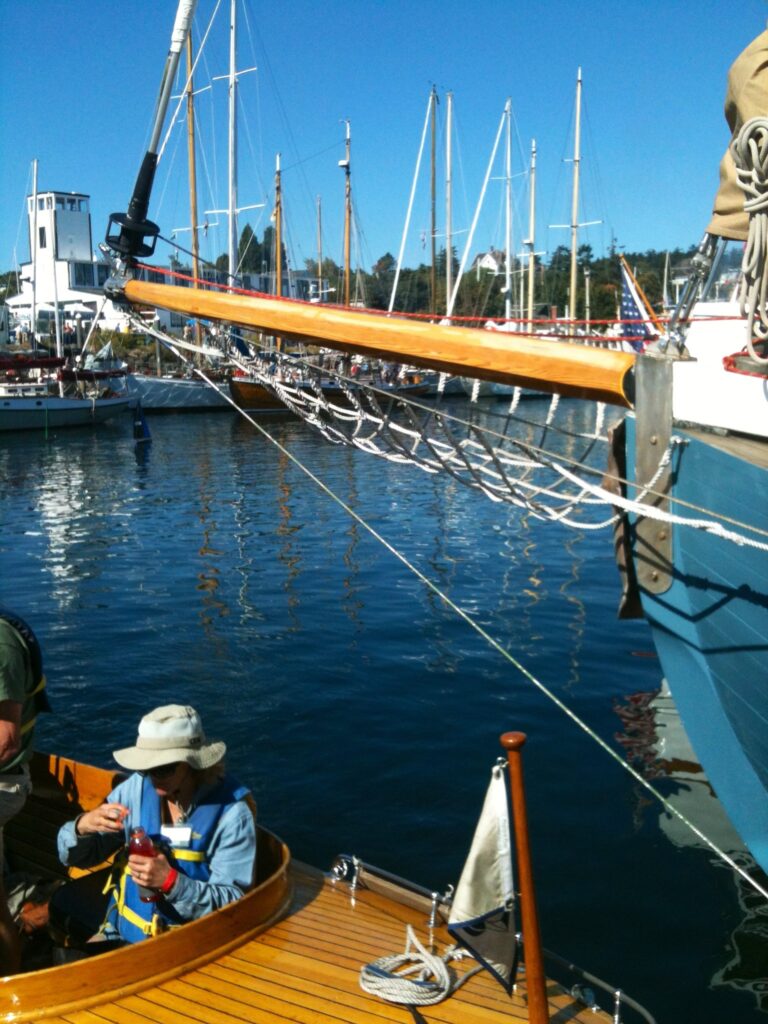
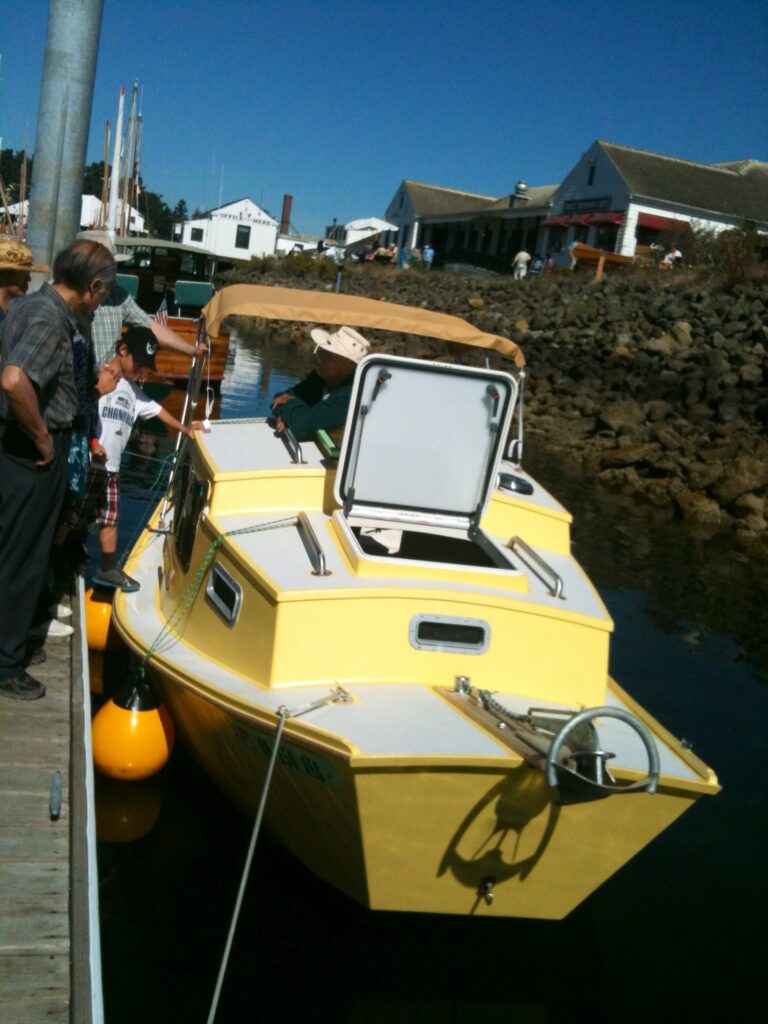
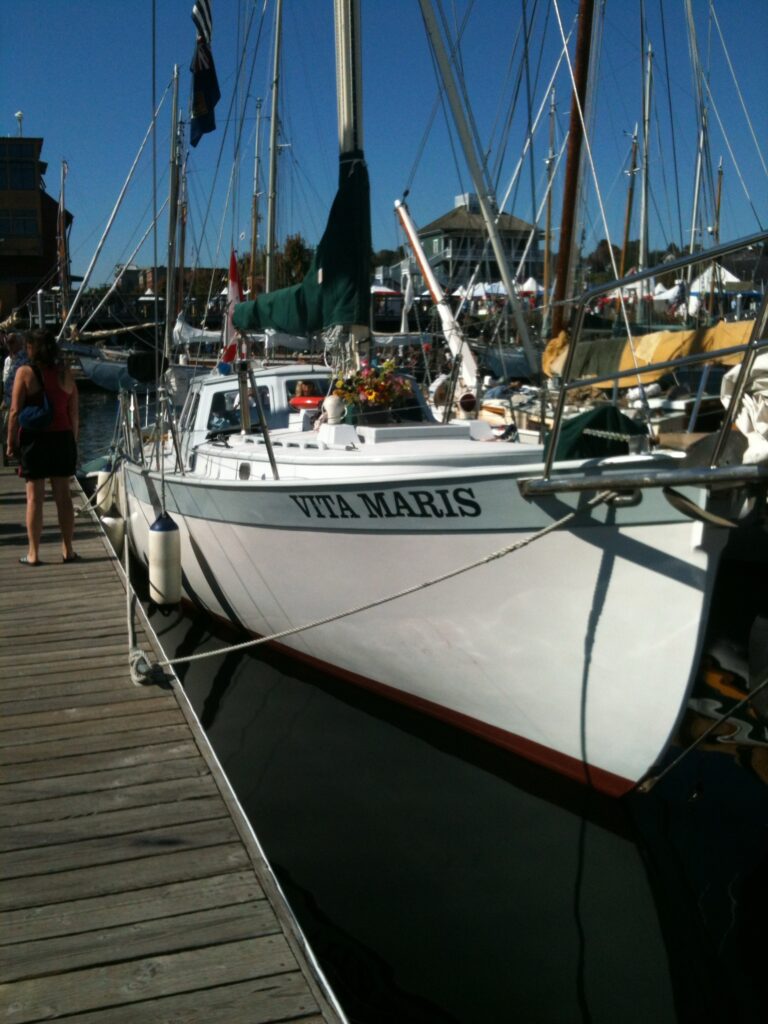
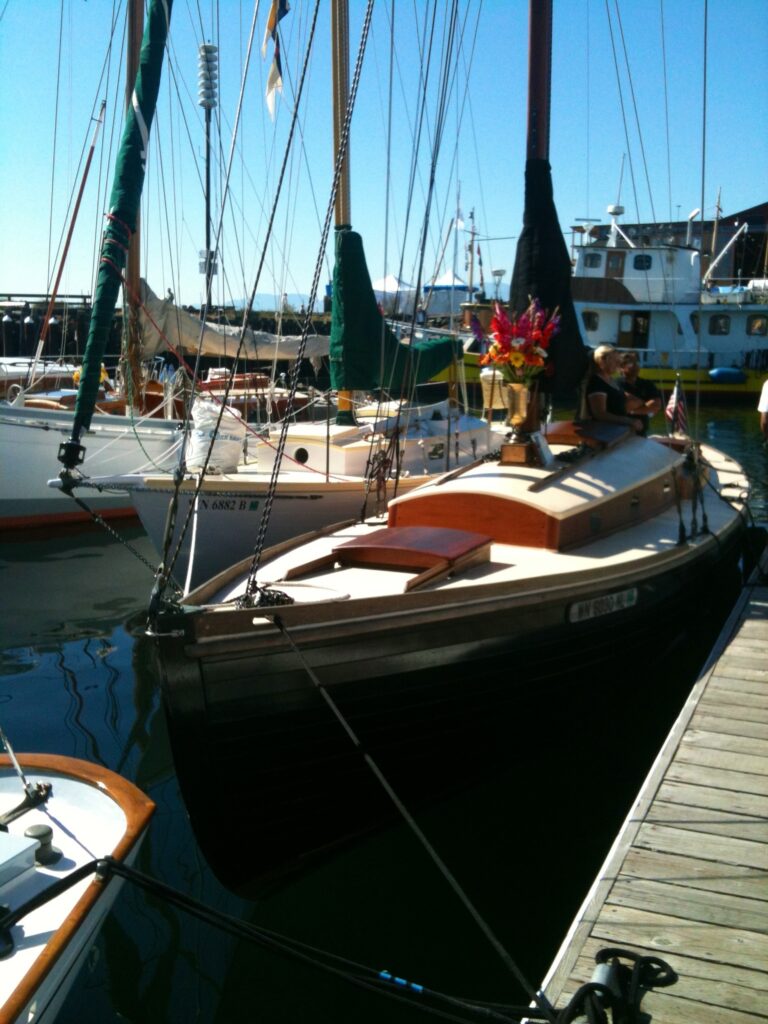
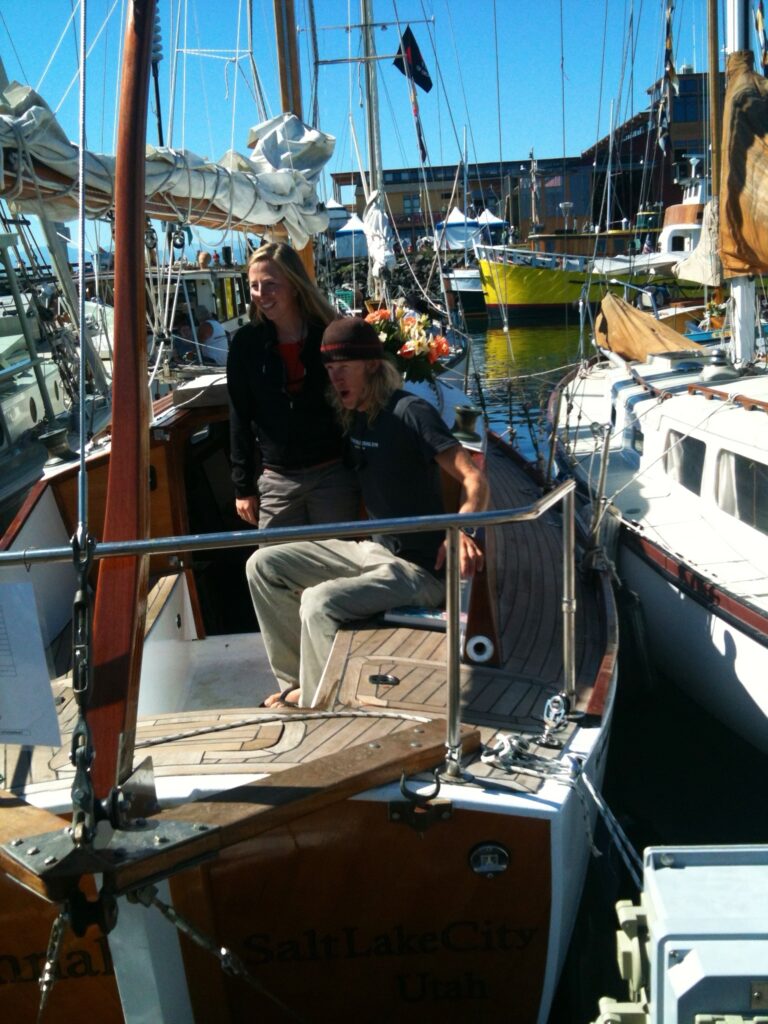
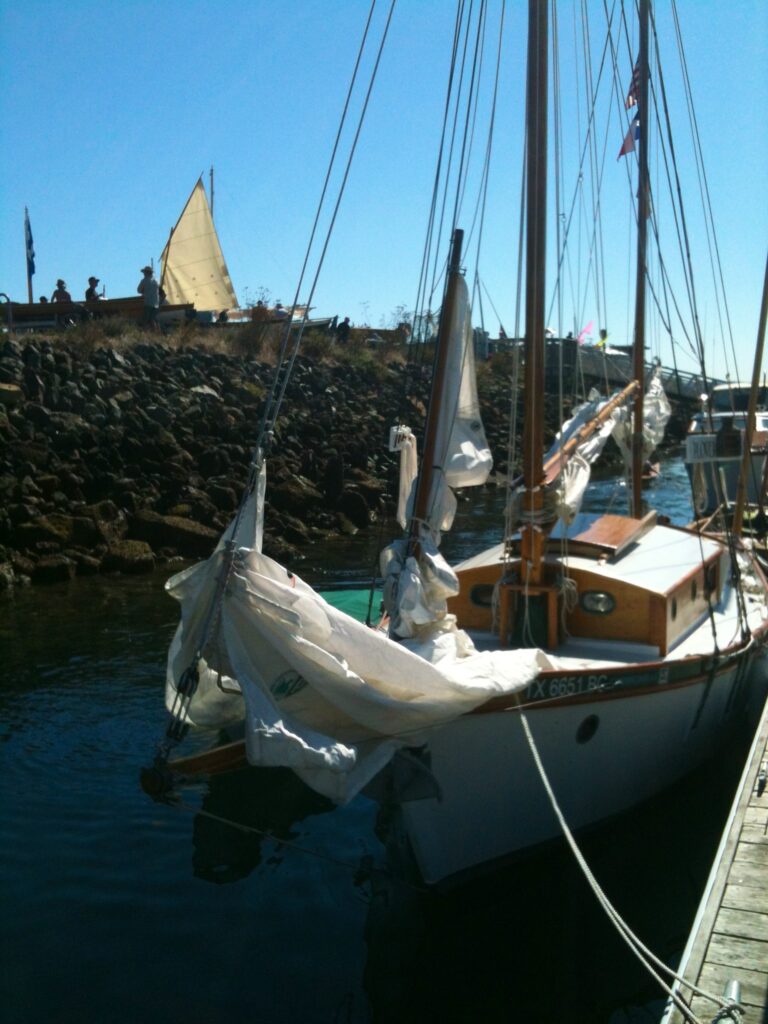
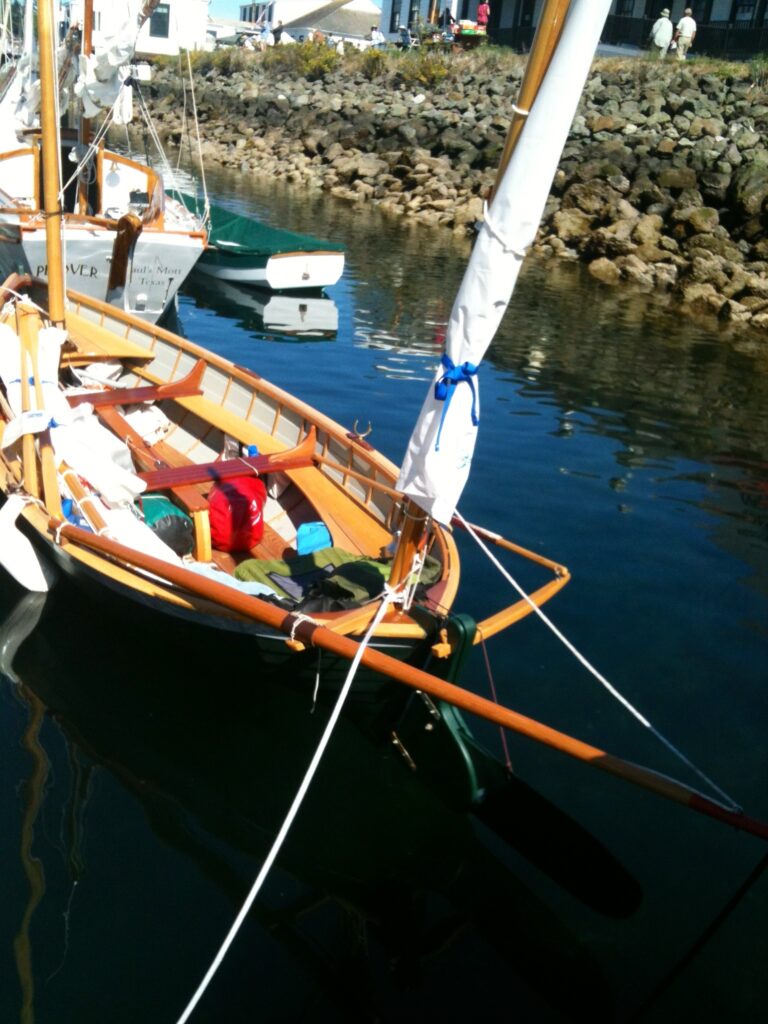

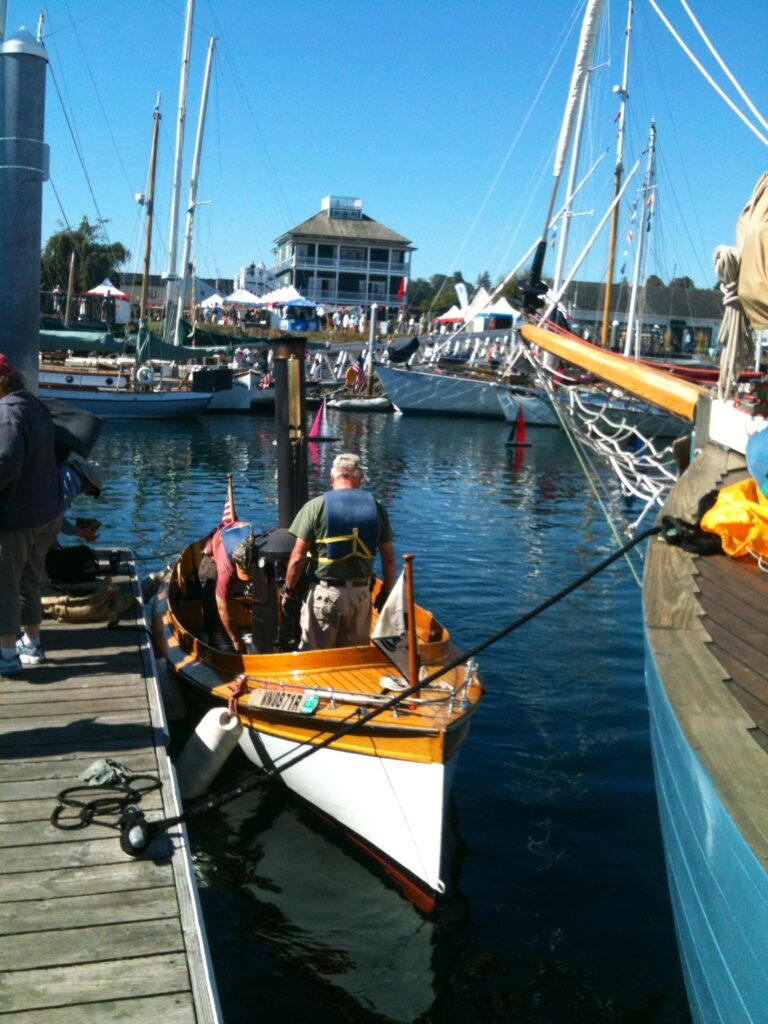
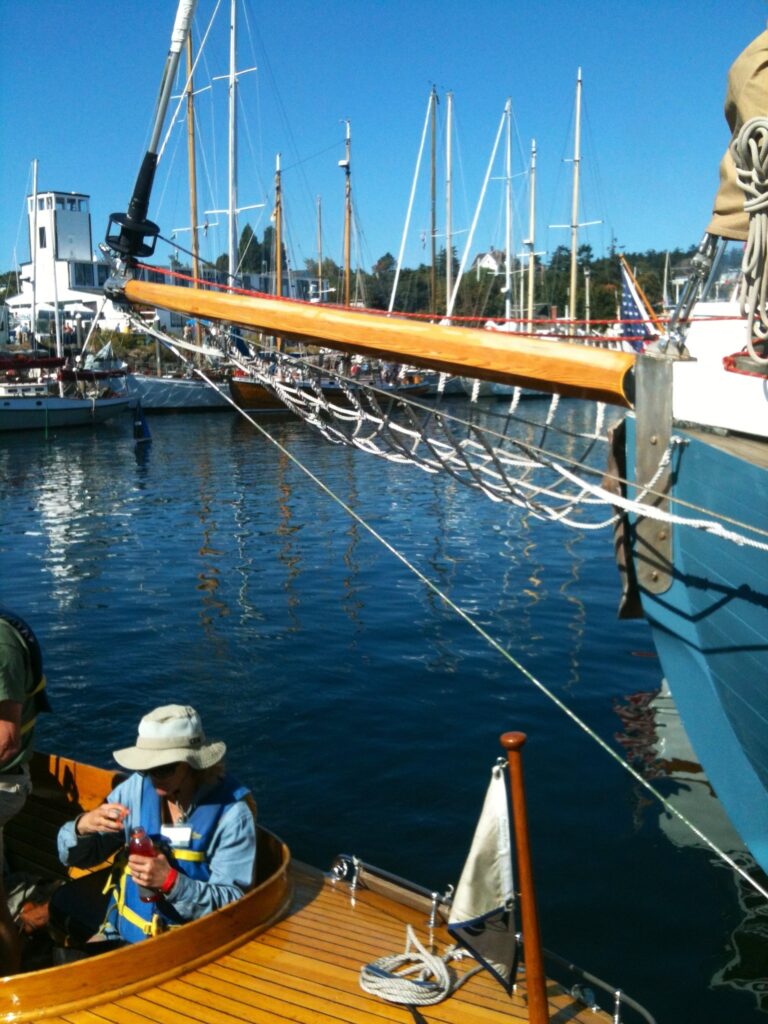
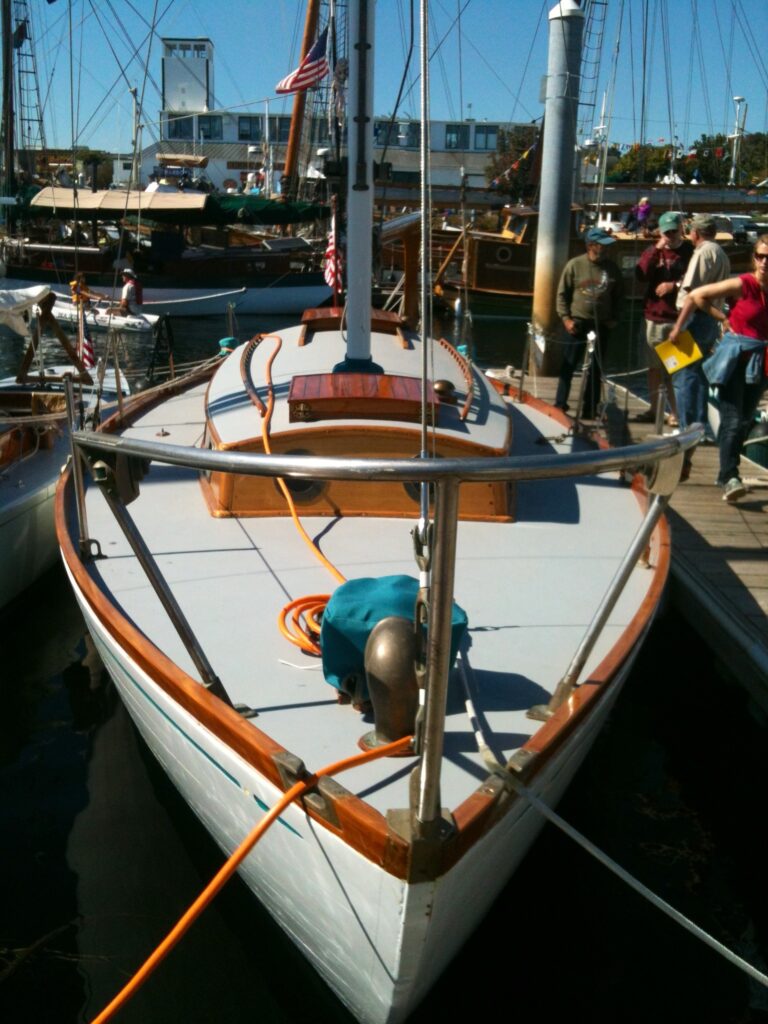
Why it clicks for boats and RVs
Morning: slip out of Point Hudson, raise sails toward Protection Island’s puffins.
Afternoon: park the dinghy, unhook the bikes and coast into Uptown for ice cream under ornate brick cornices.
Evening: hike the beach to Point Wilson Light for a flaming Olympic sunset, then return to the RV for a front-row seat to the night lights of the anchorage.
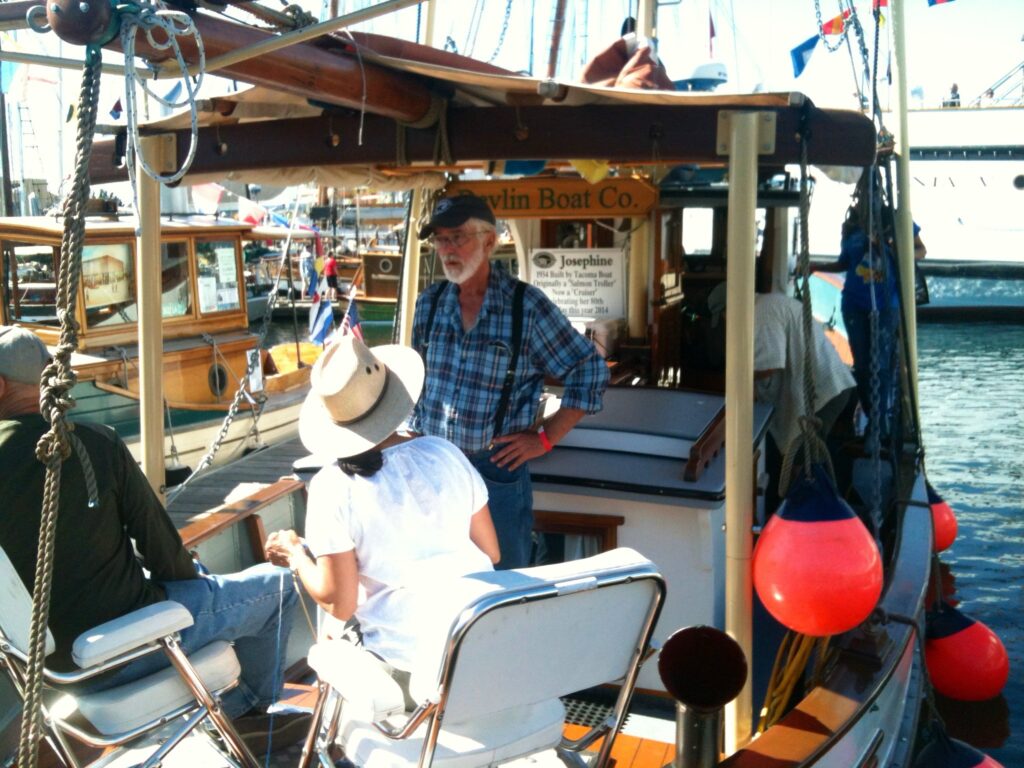
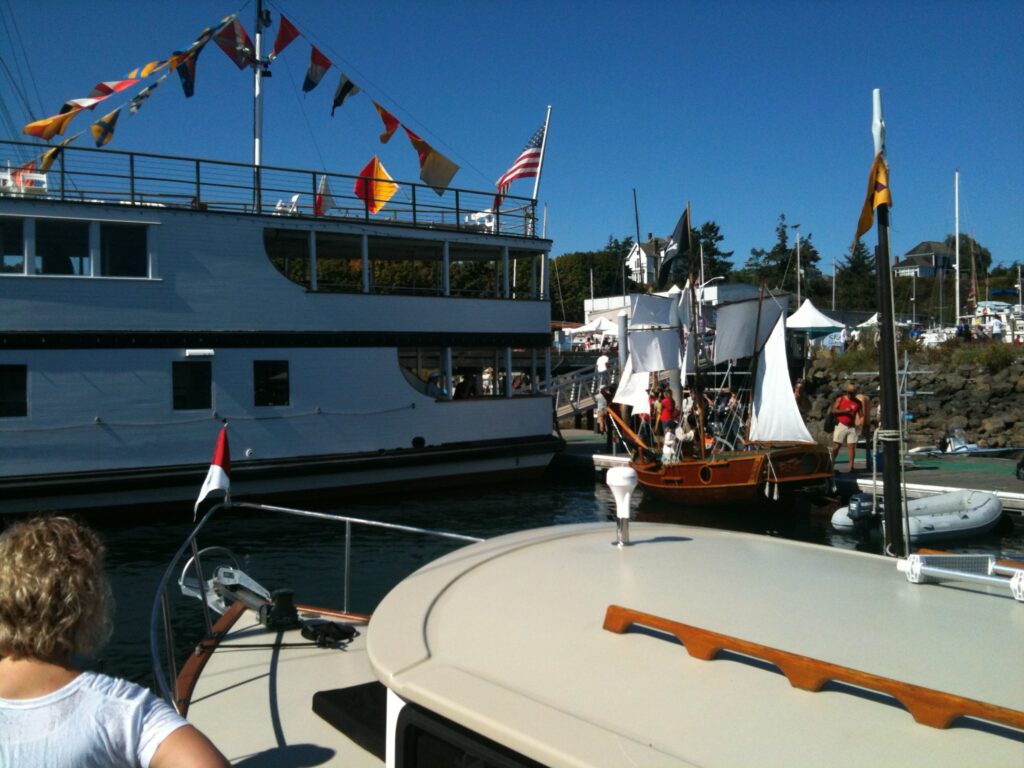
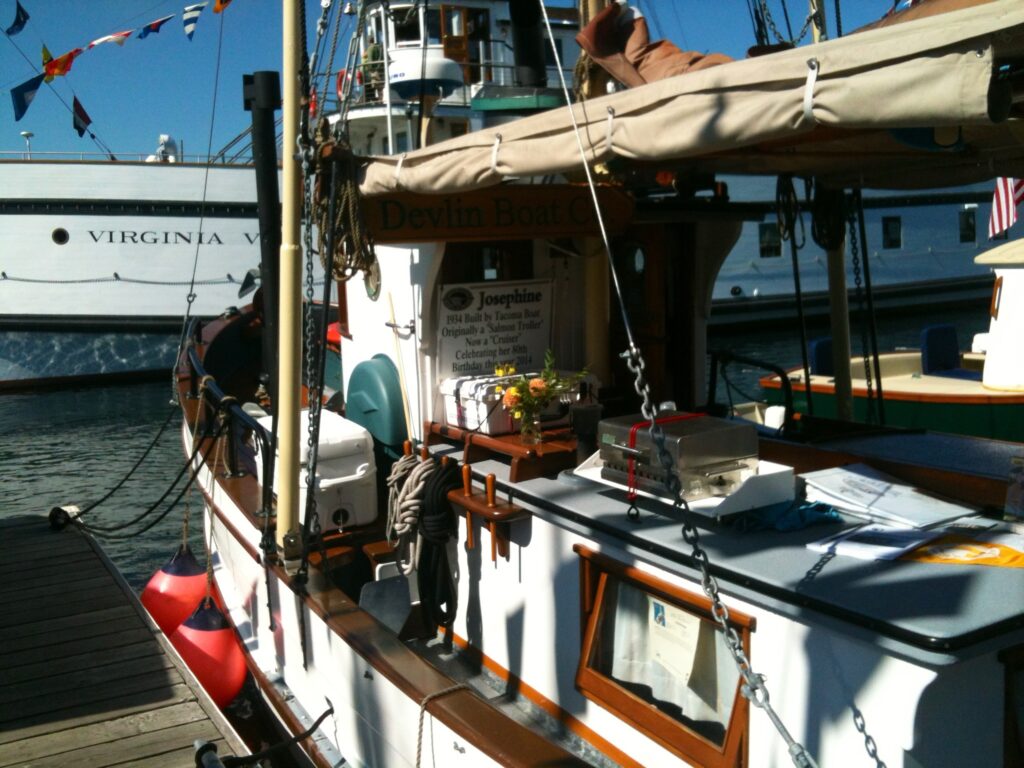
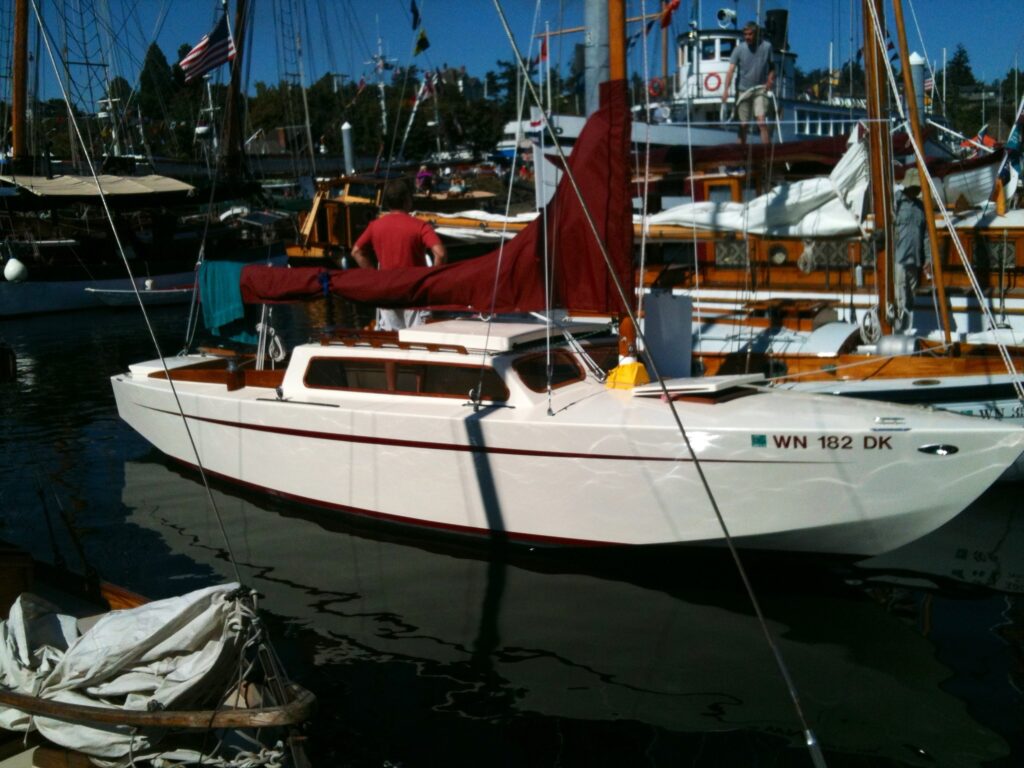
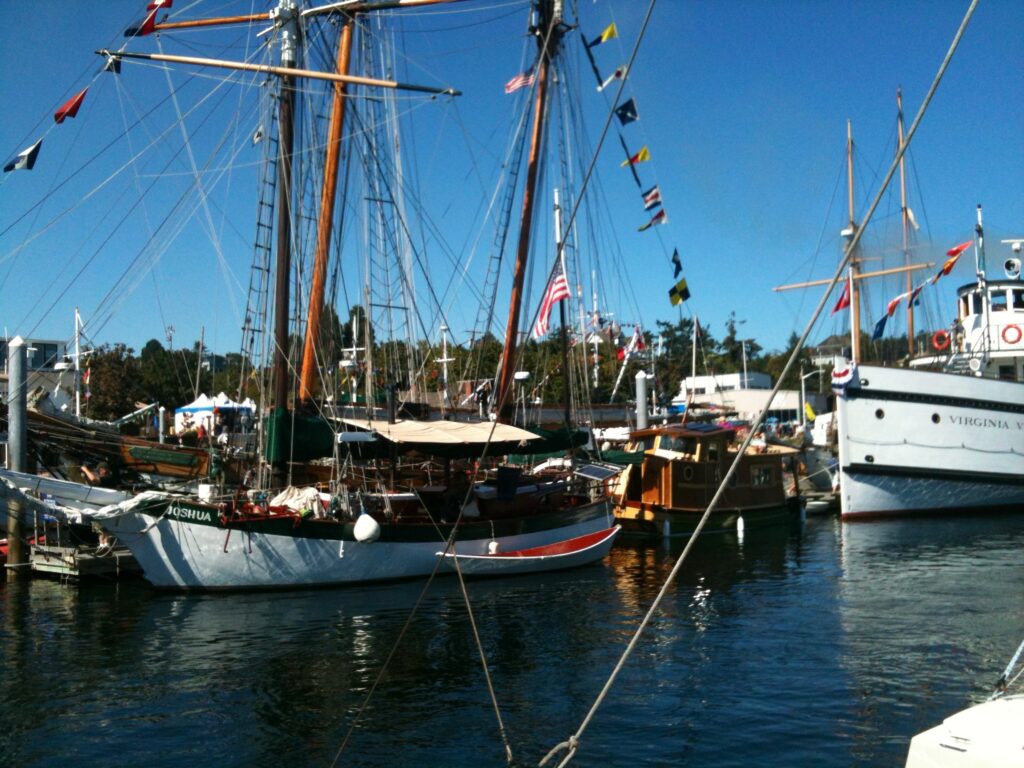
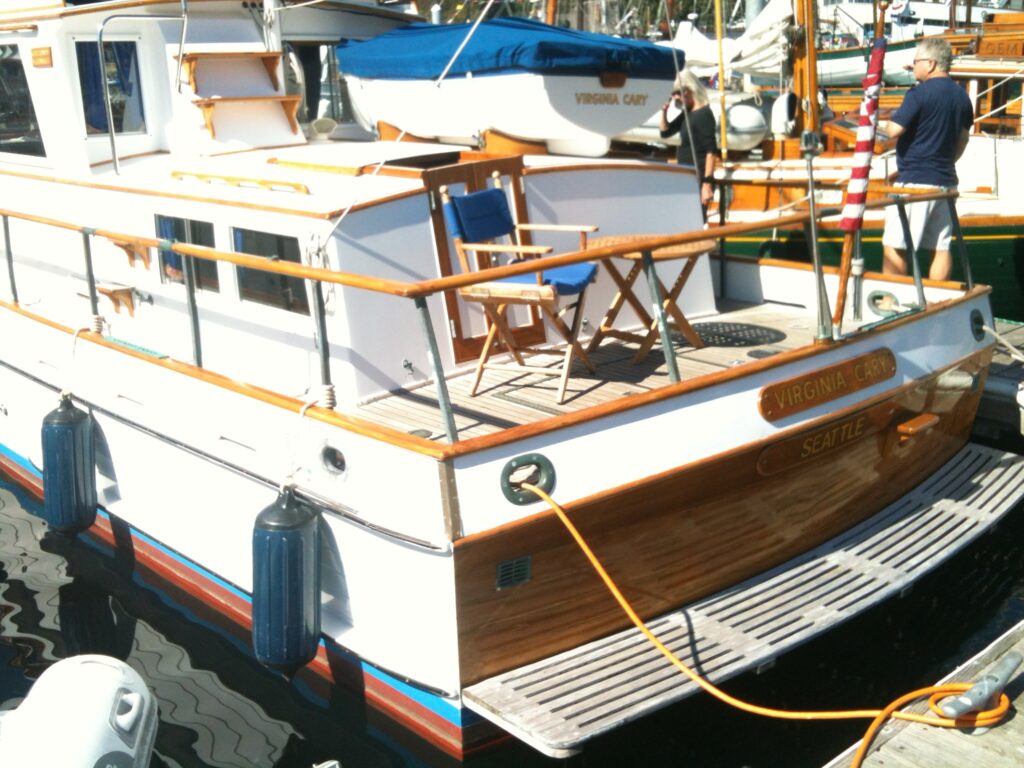
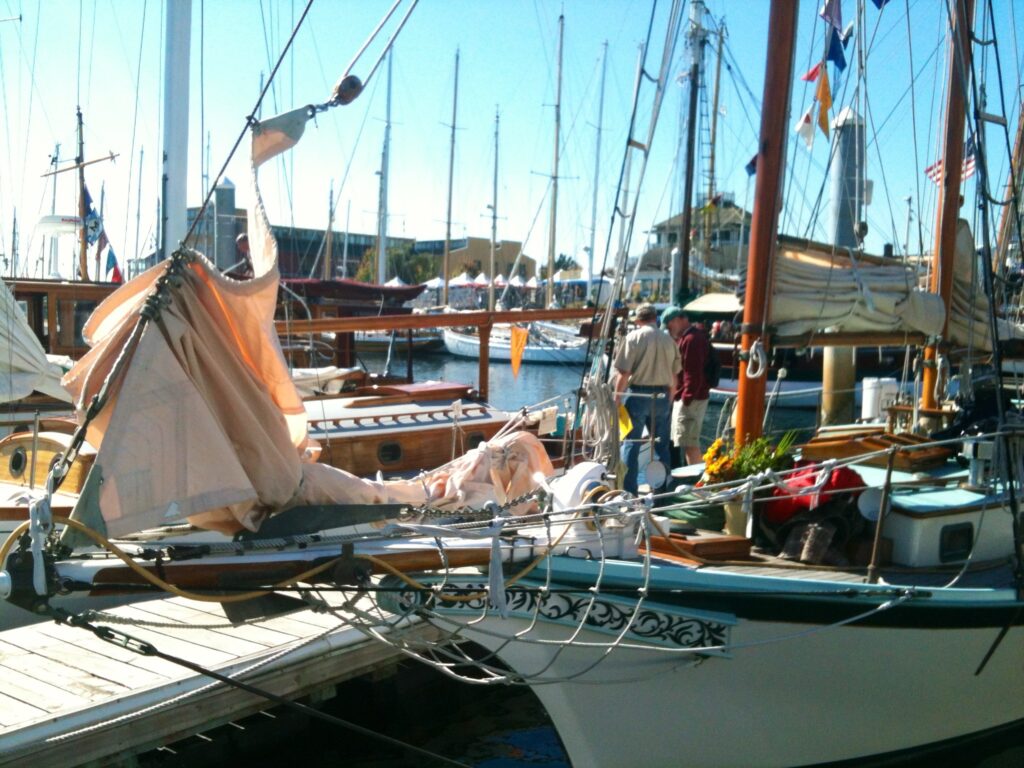
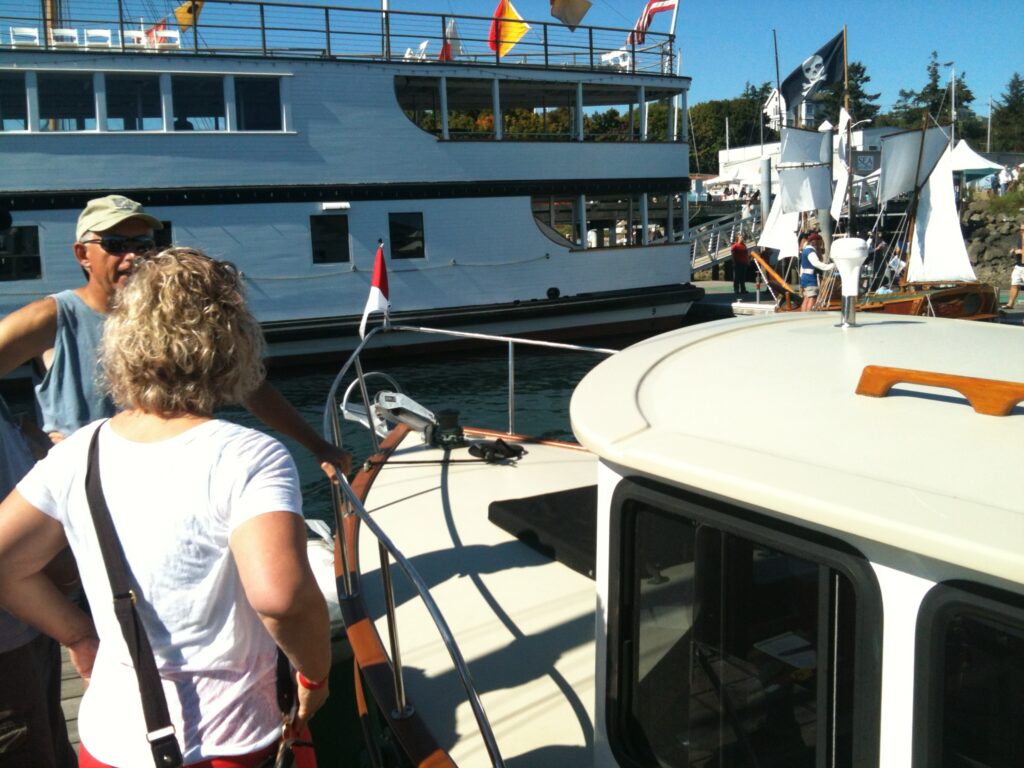
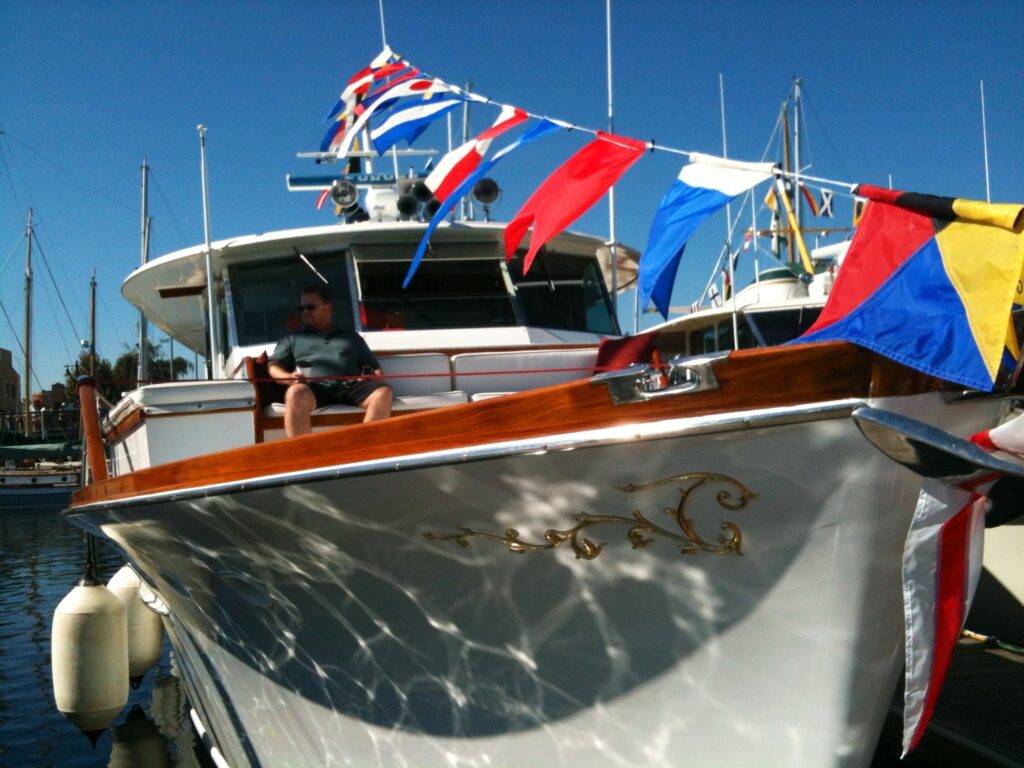
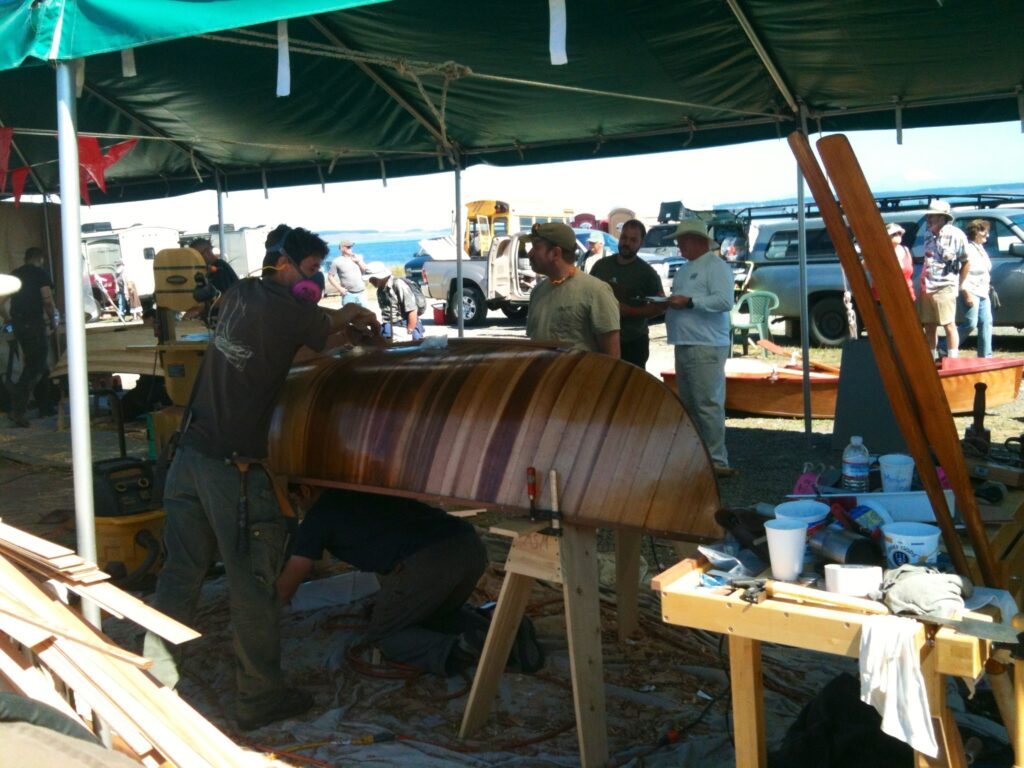
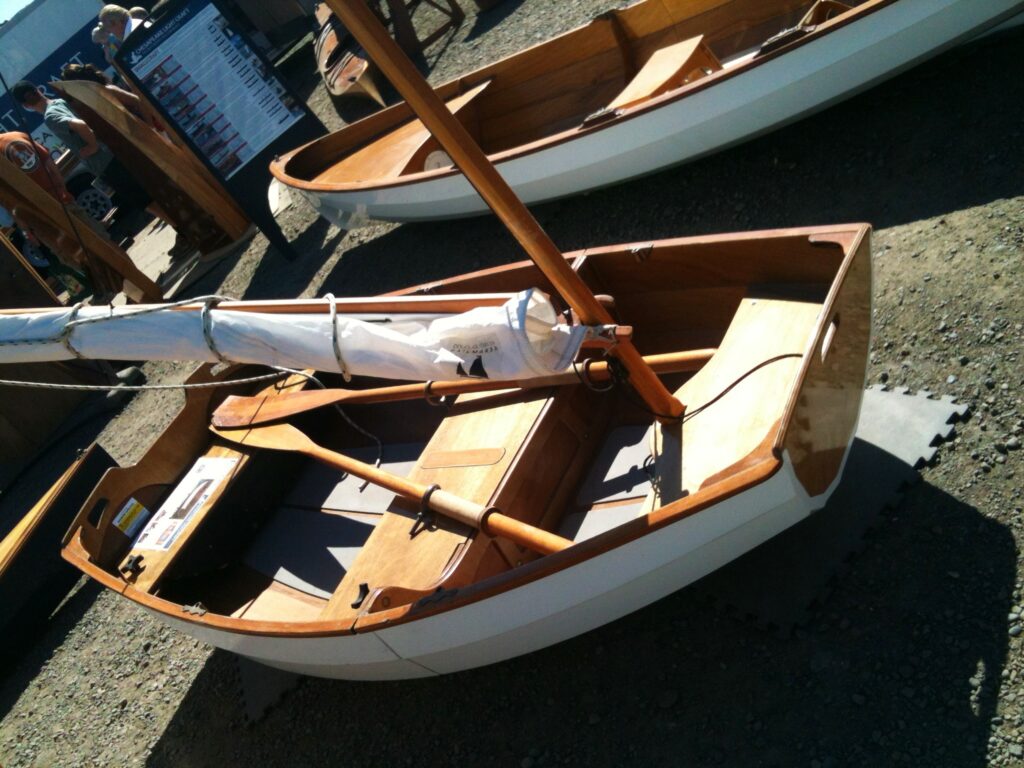
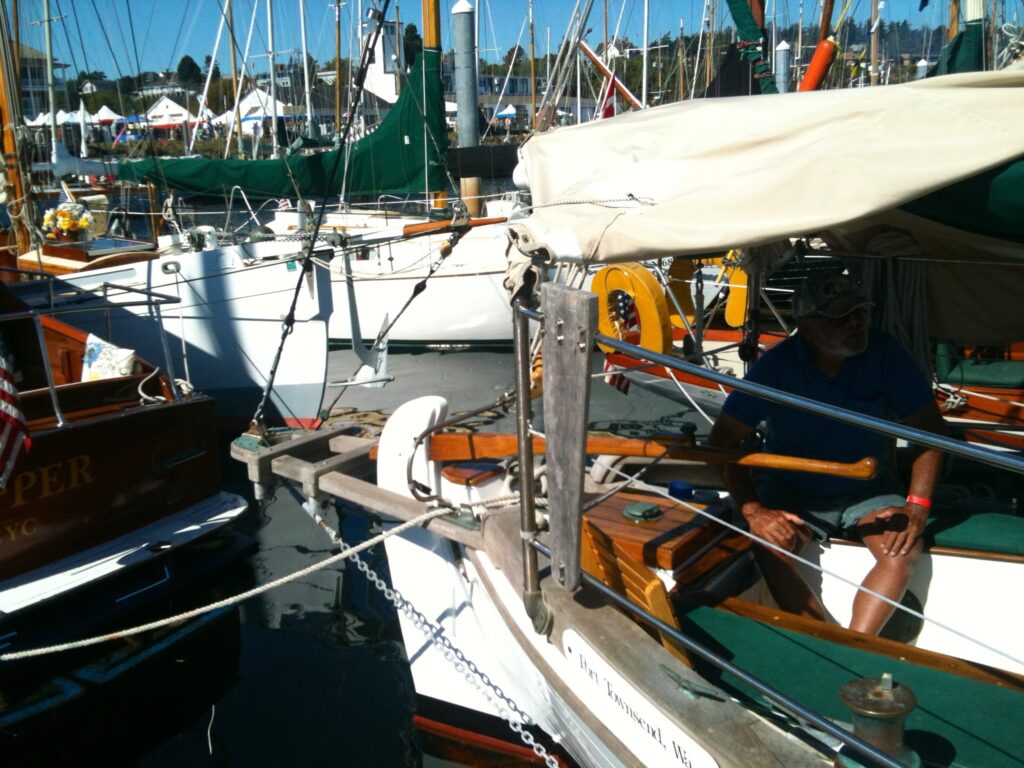
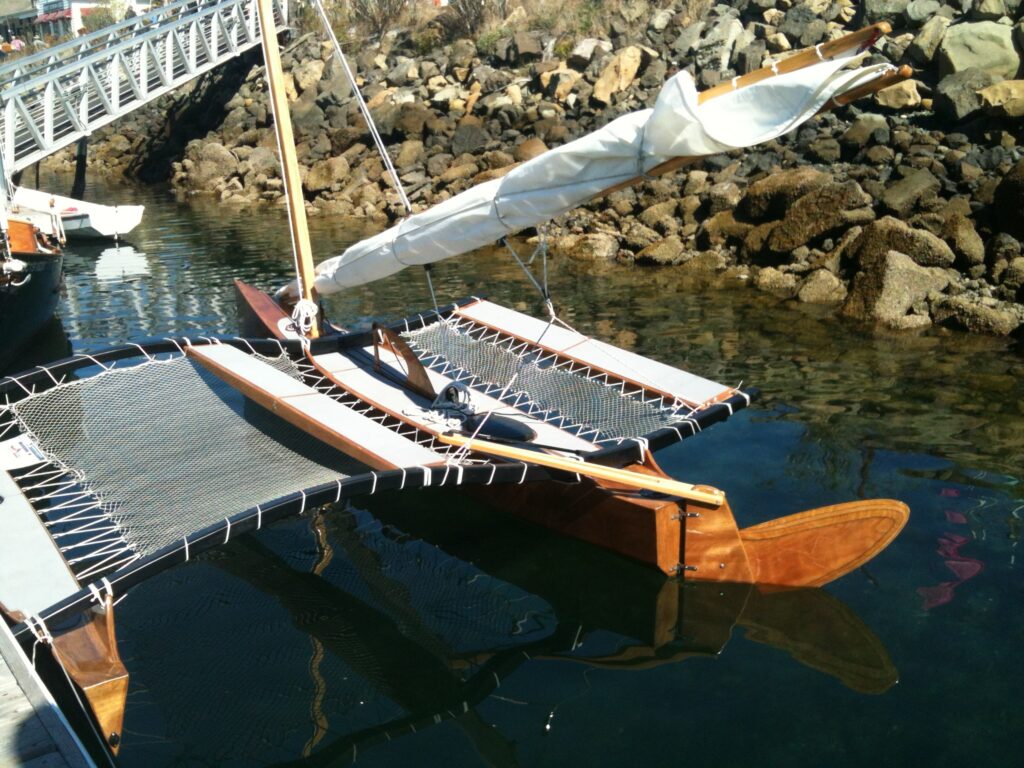
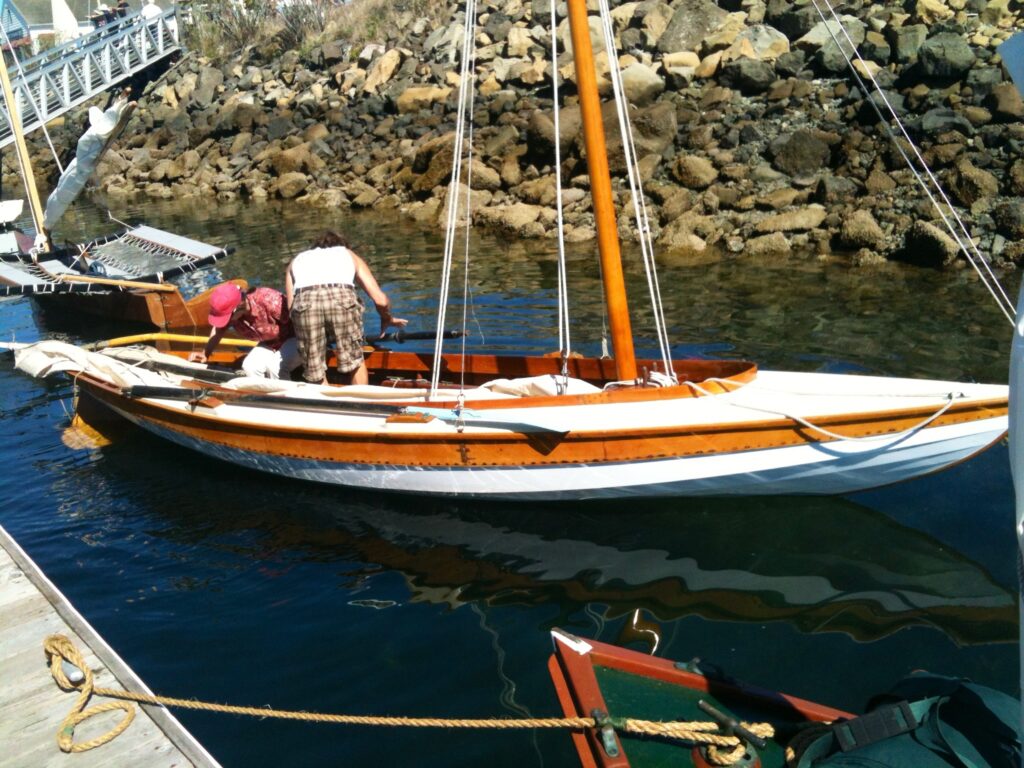
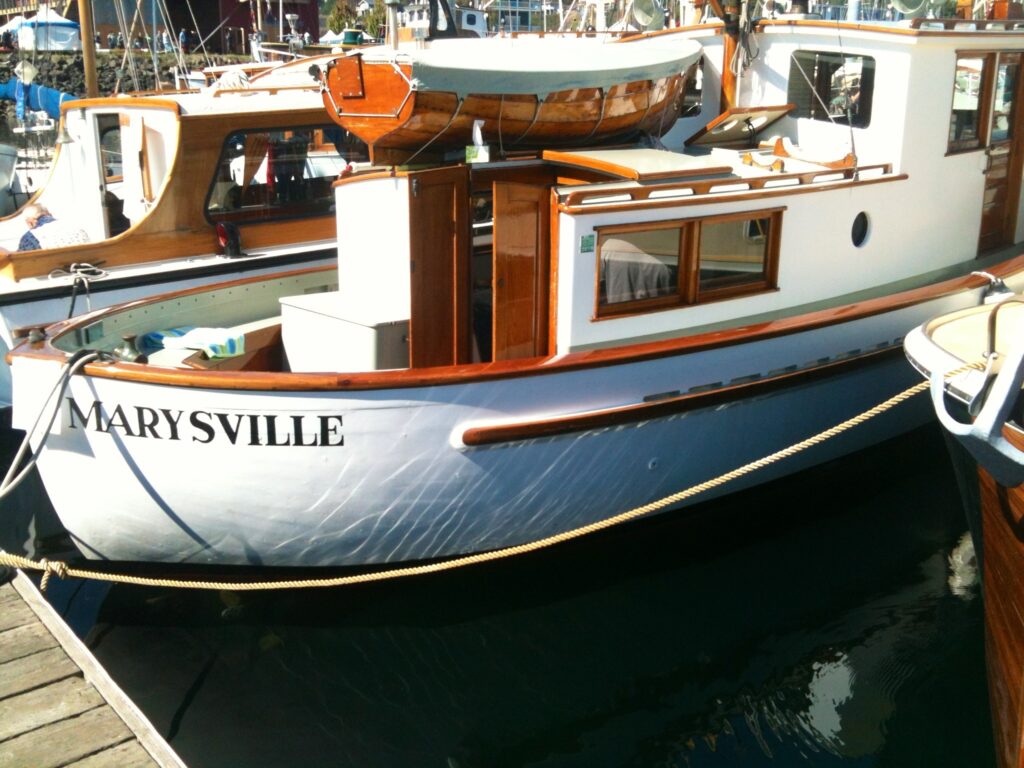
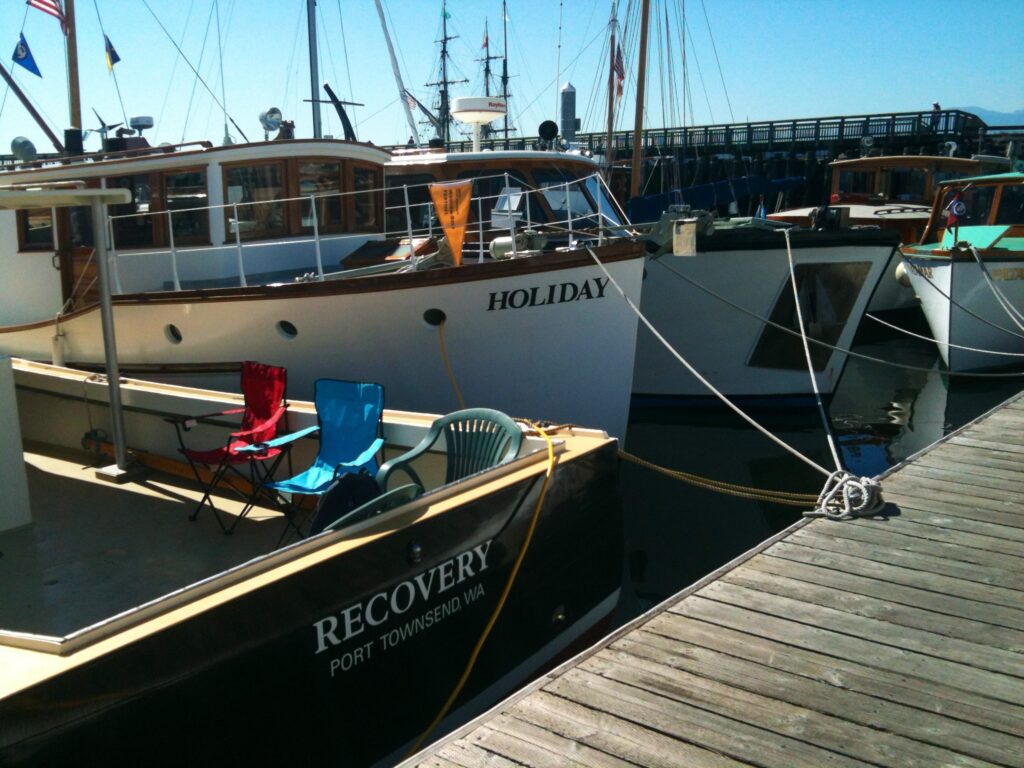
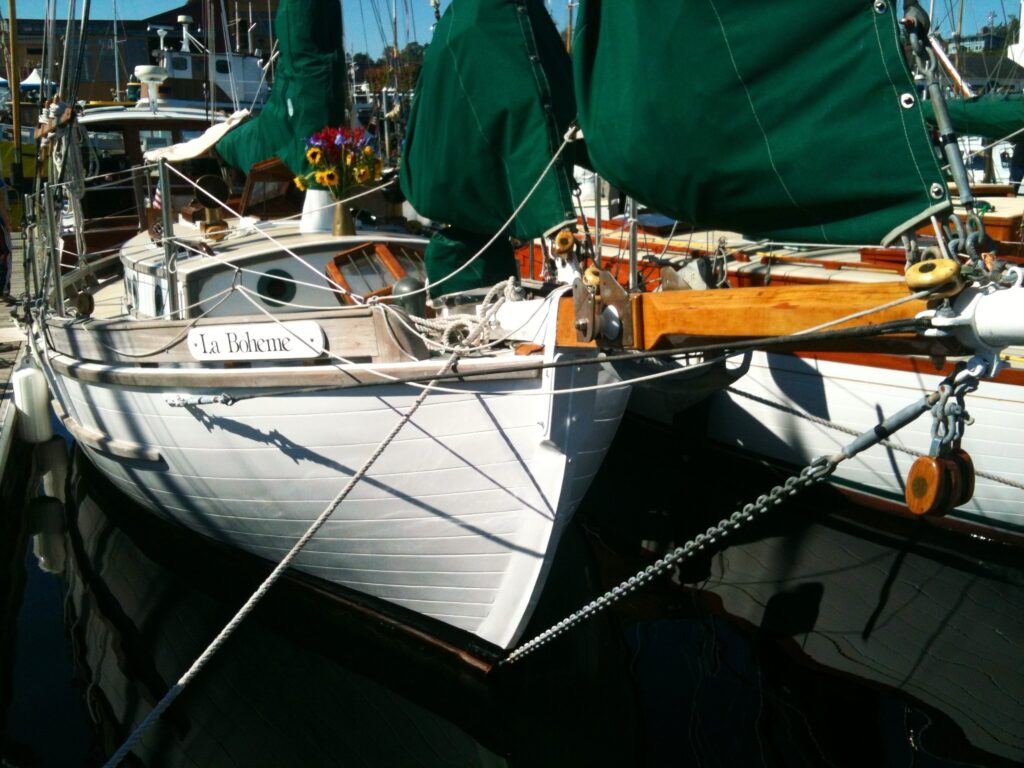
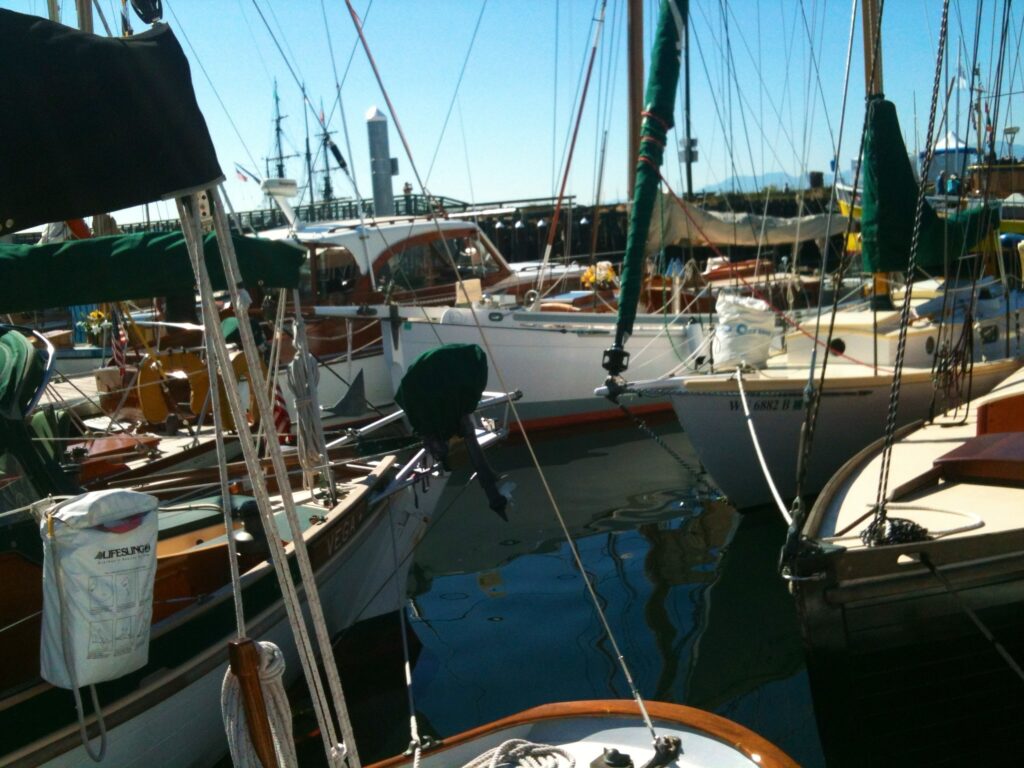
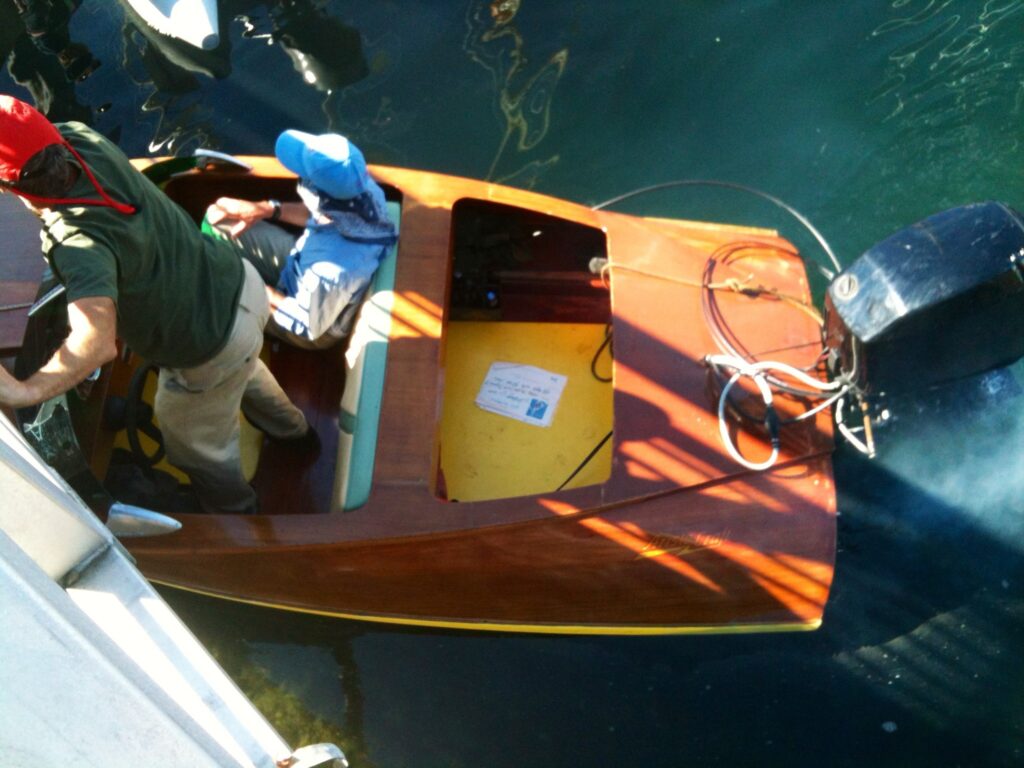

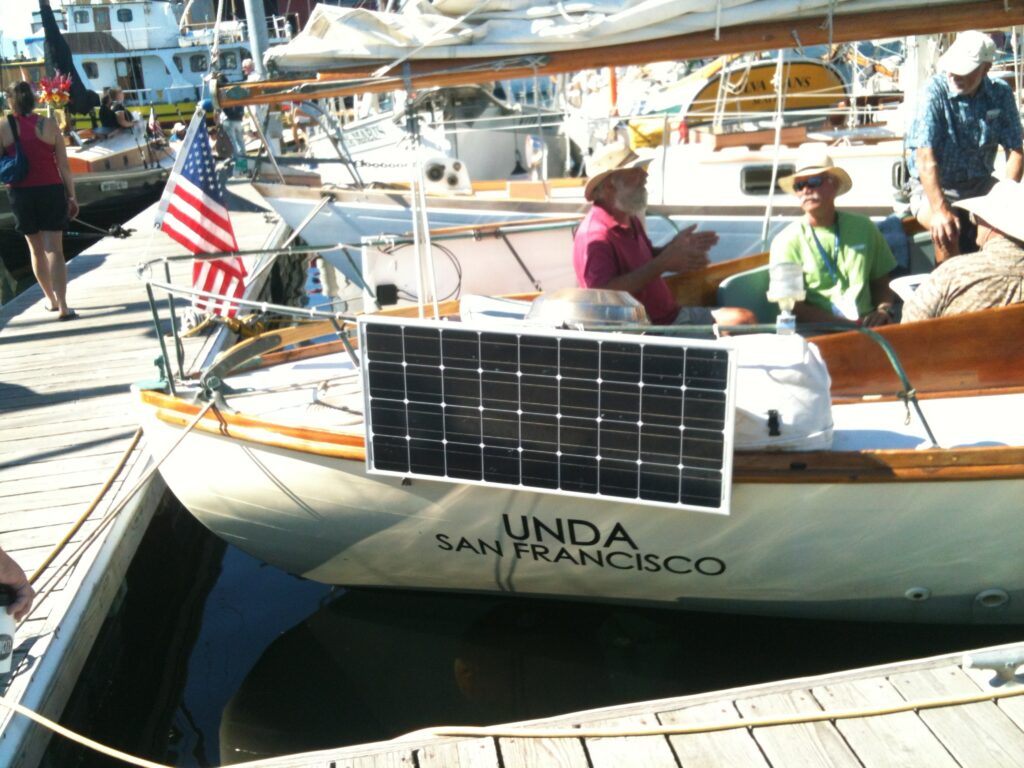
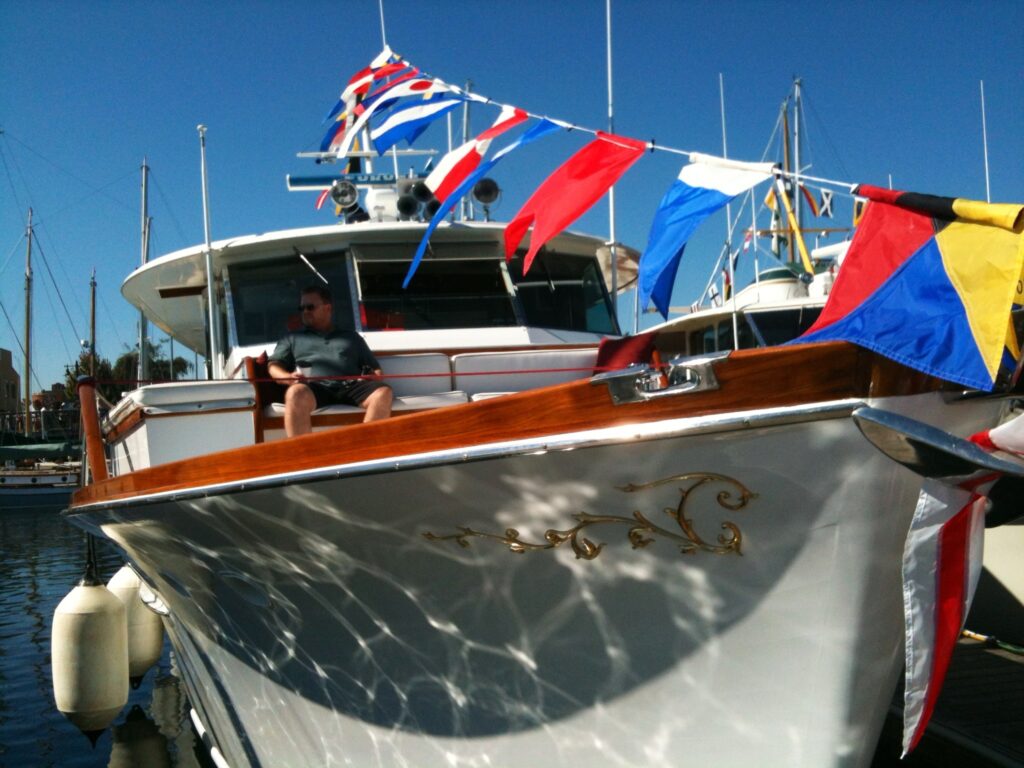
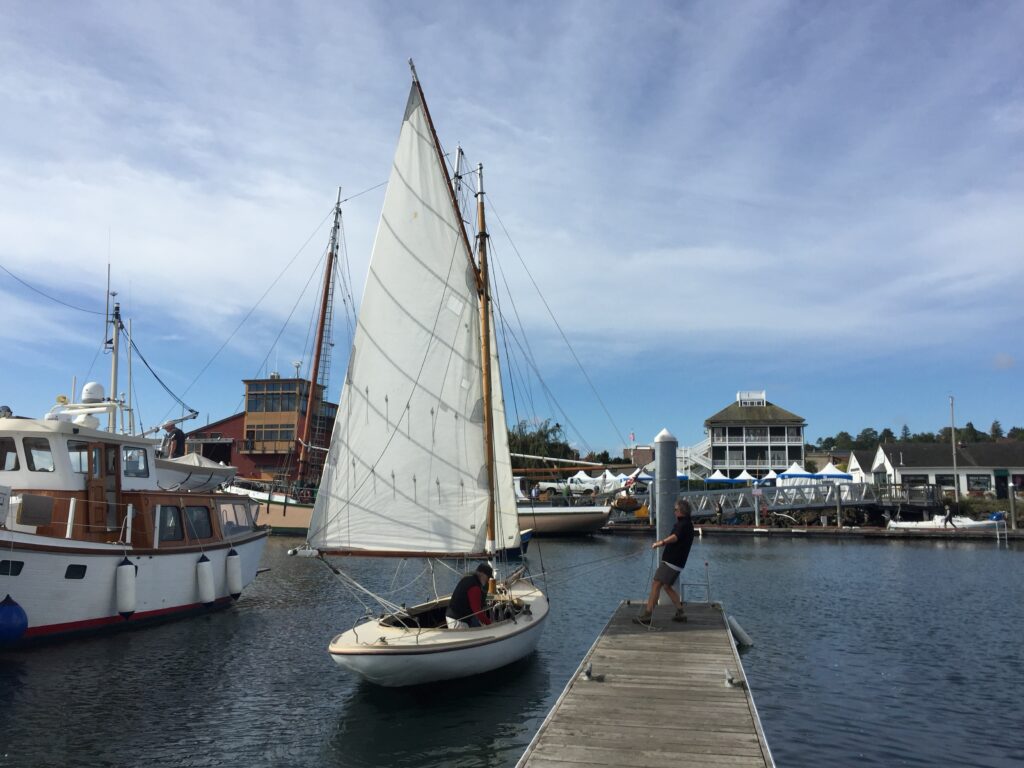
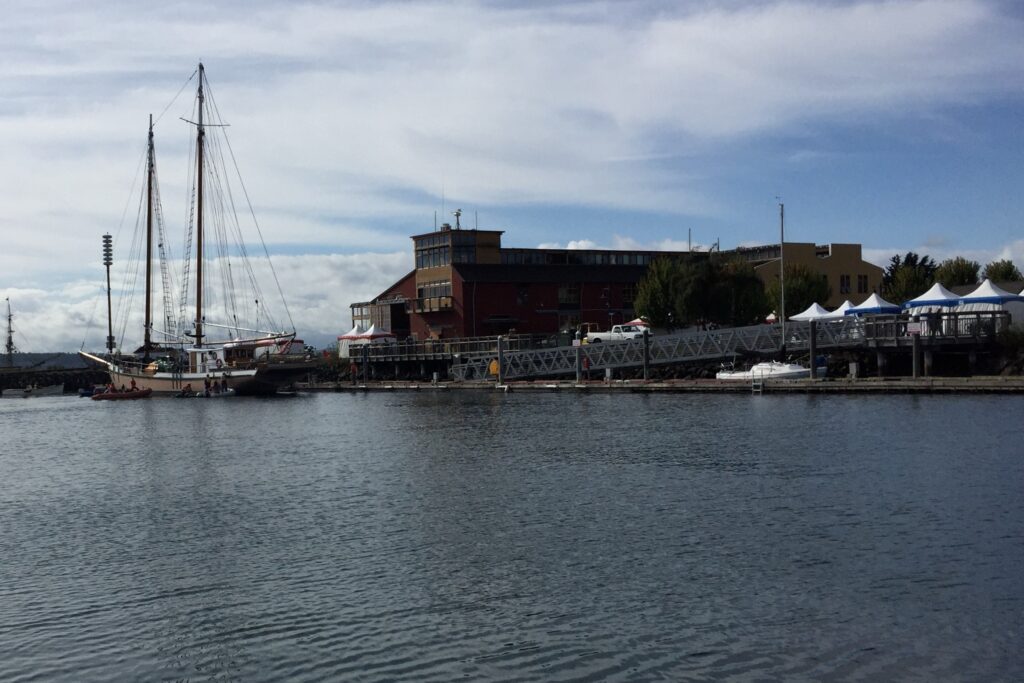
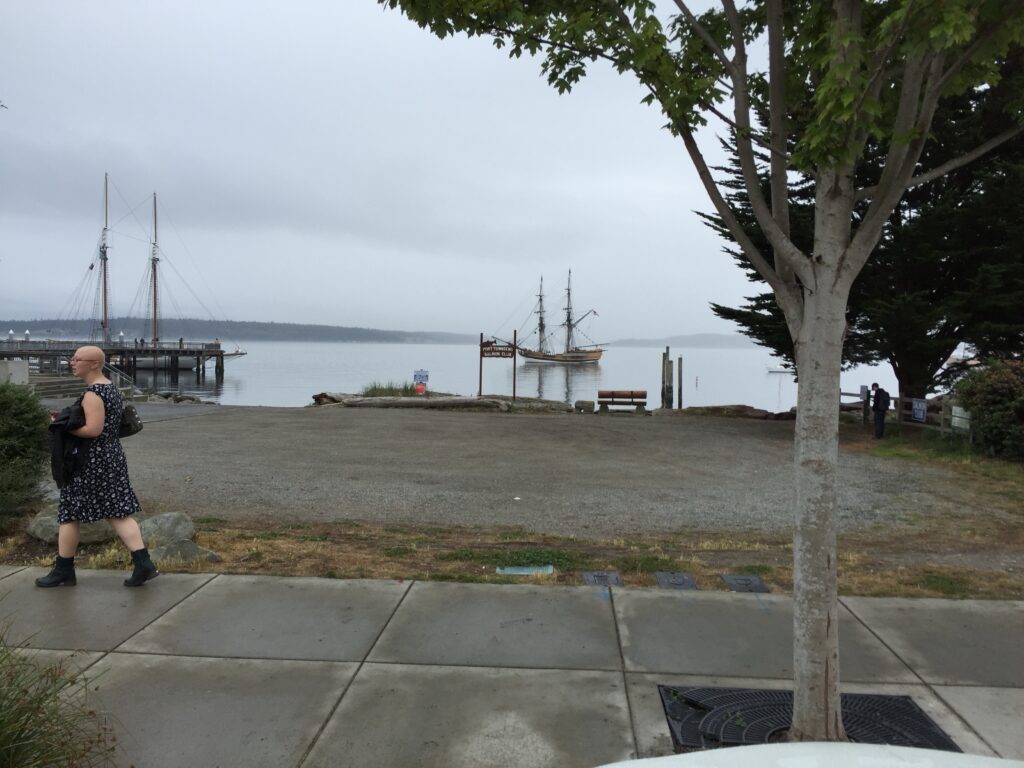
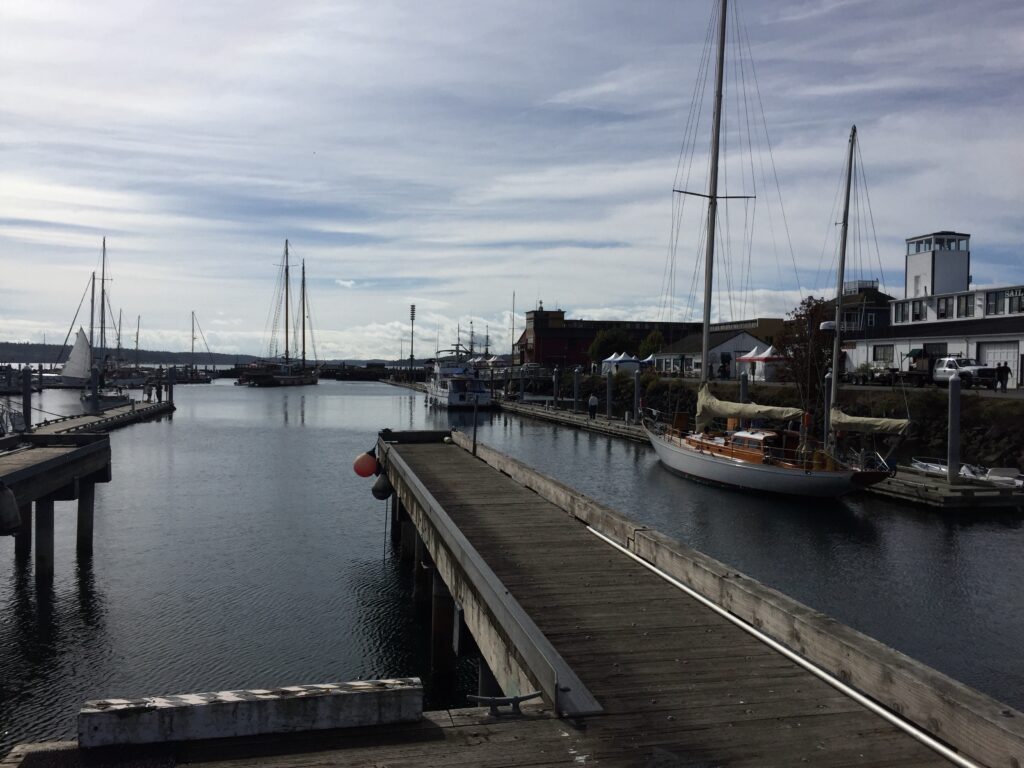

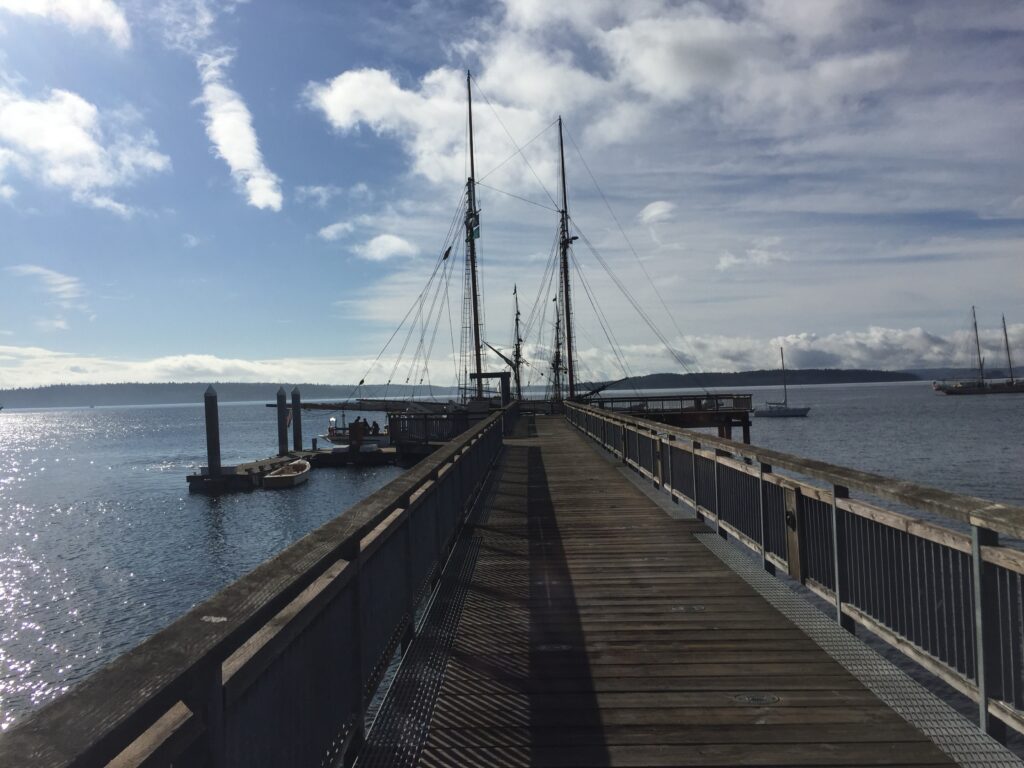
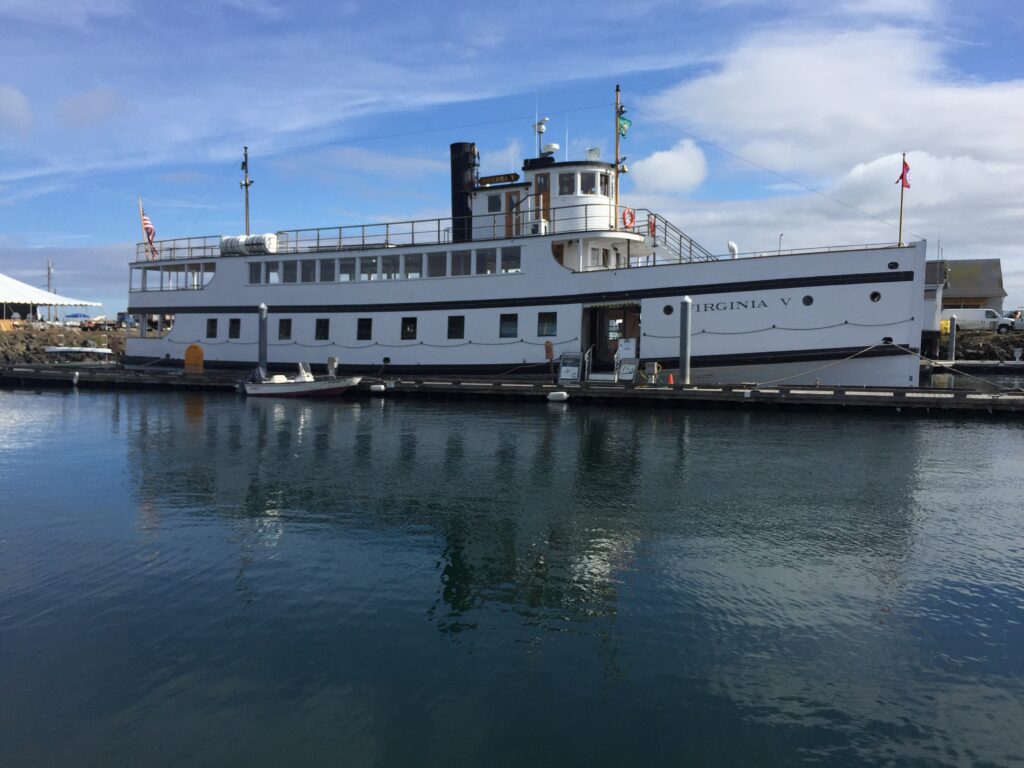
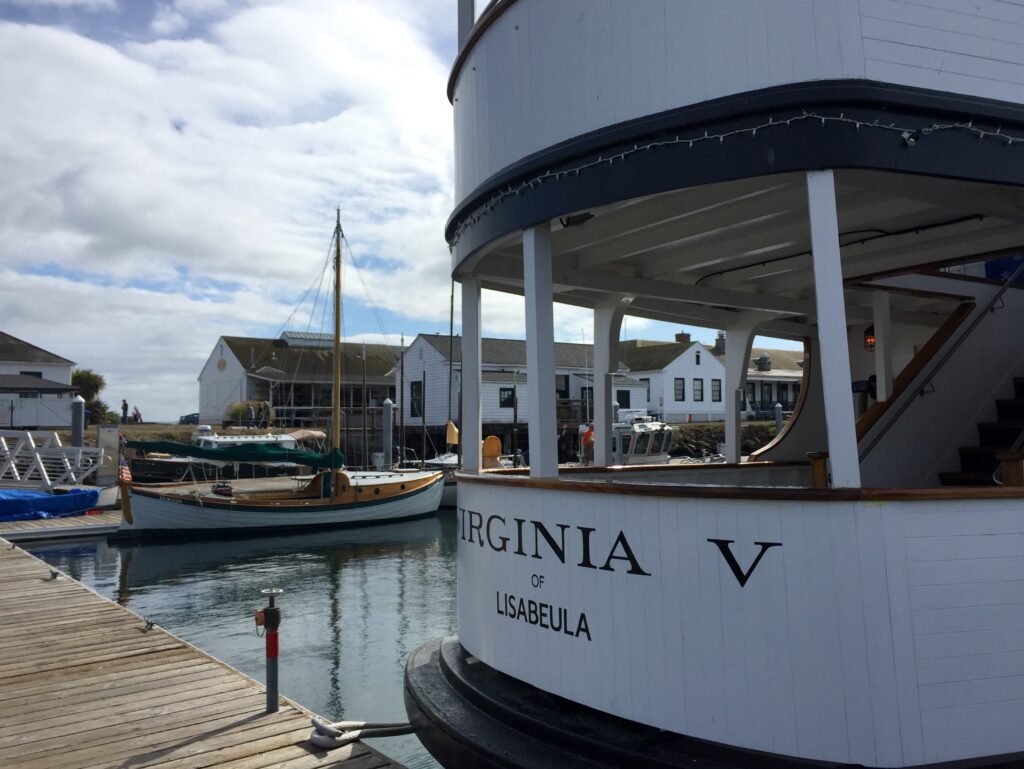
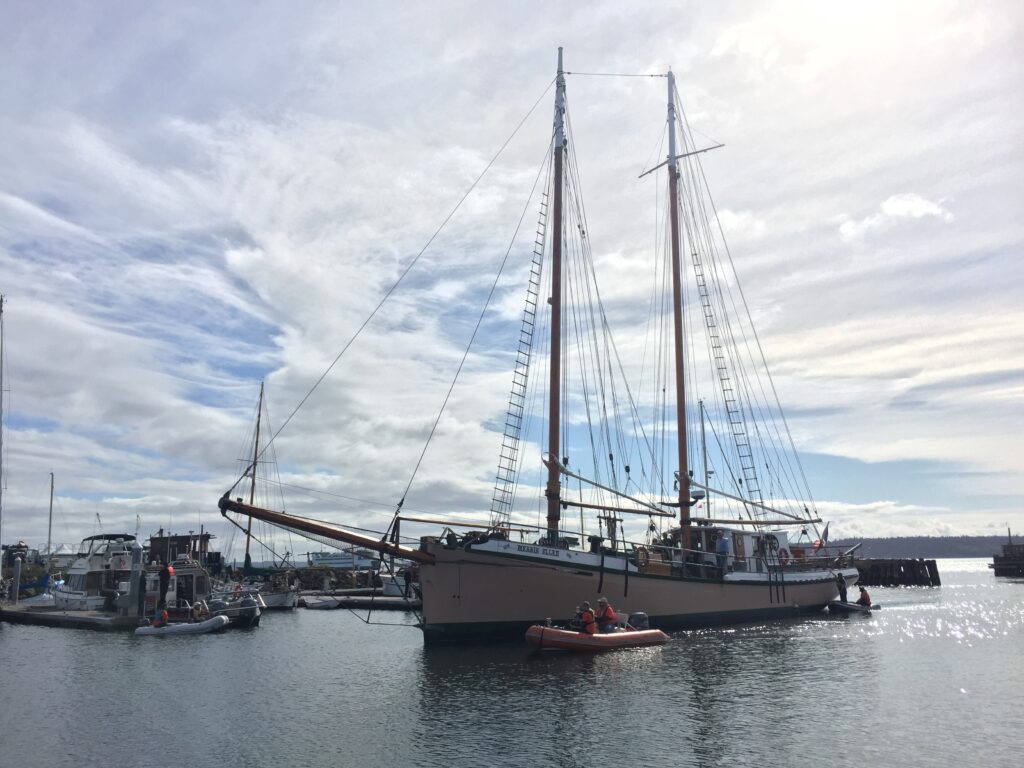
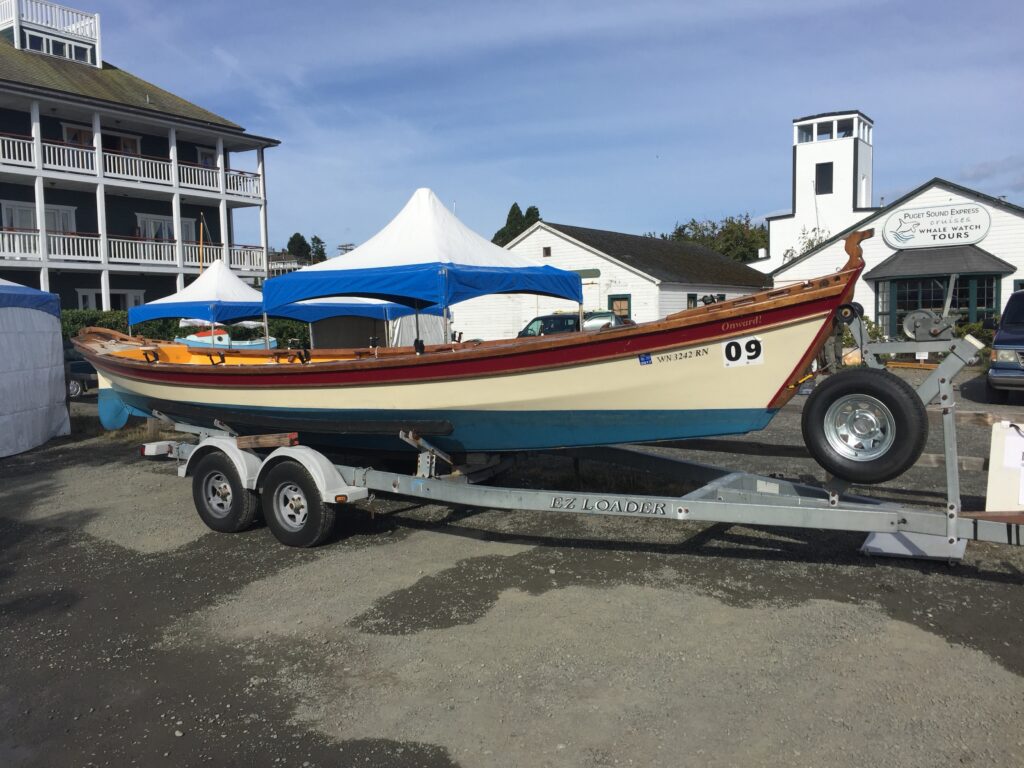
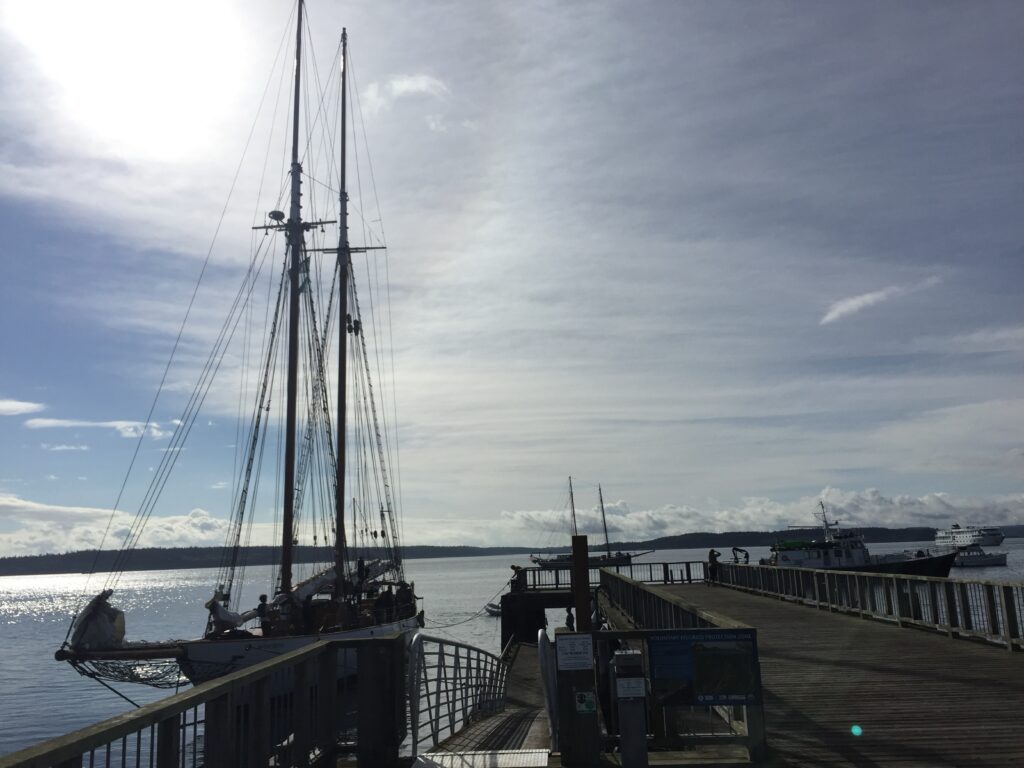
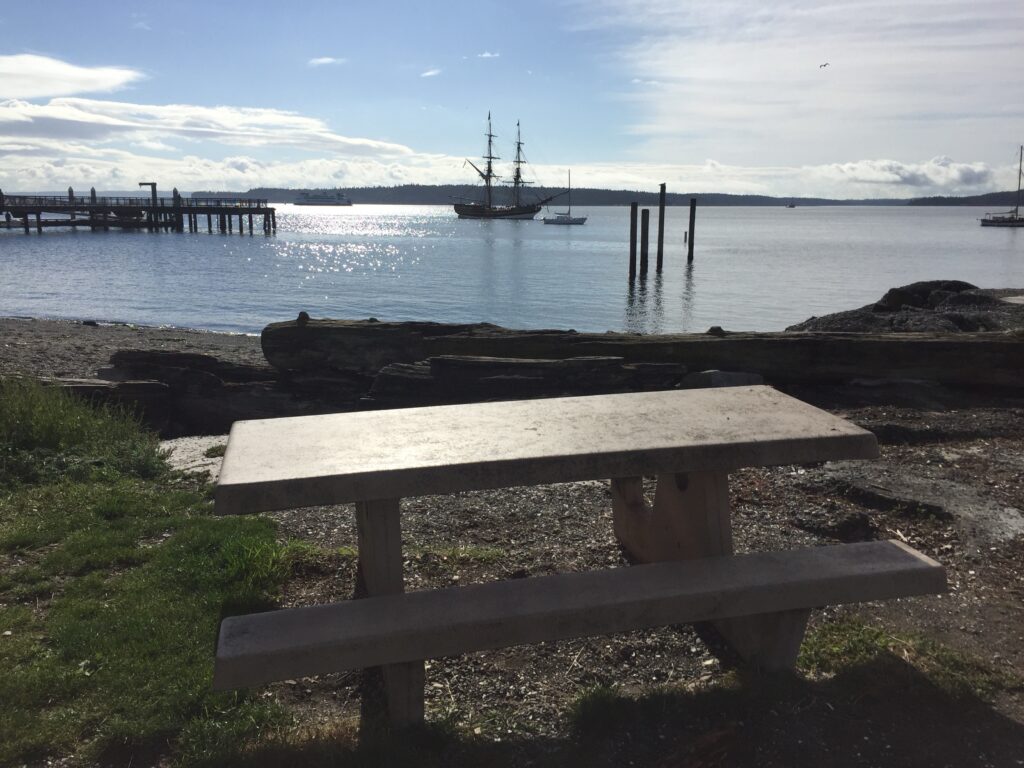
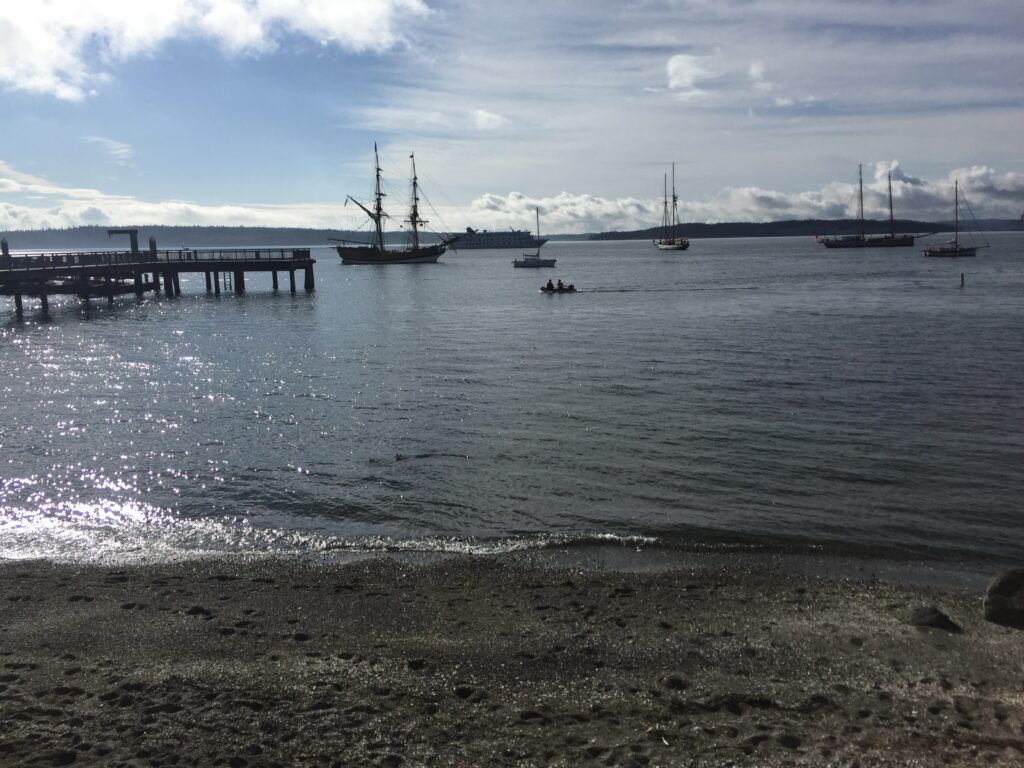
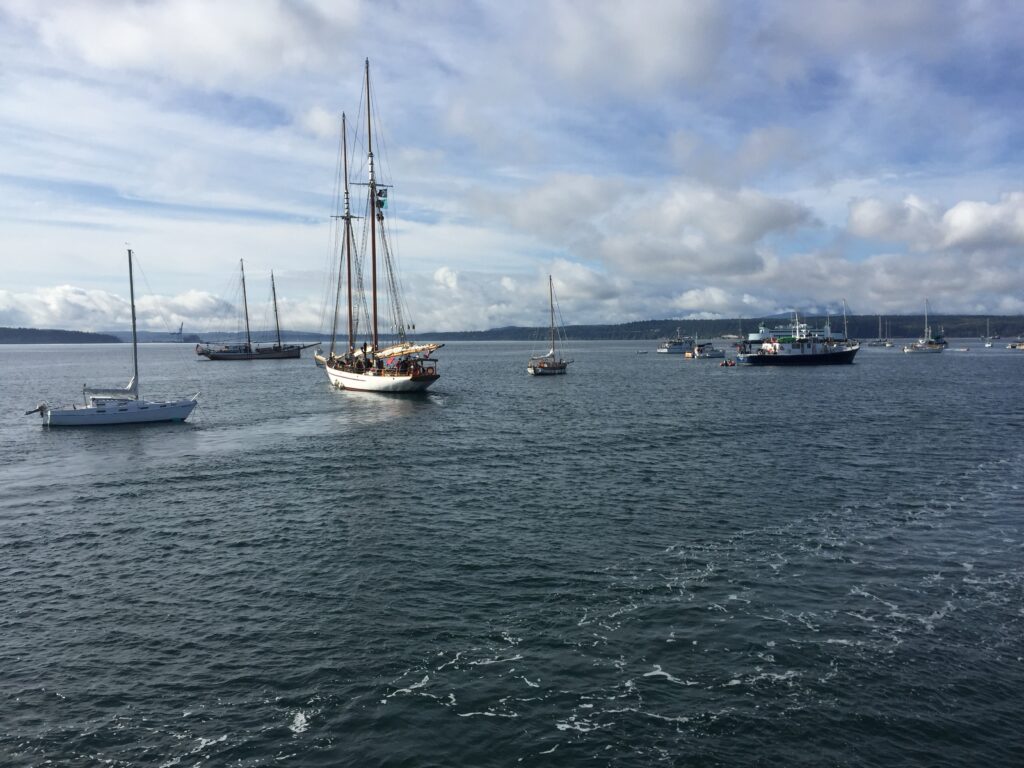
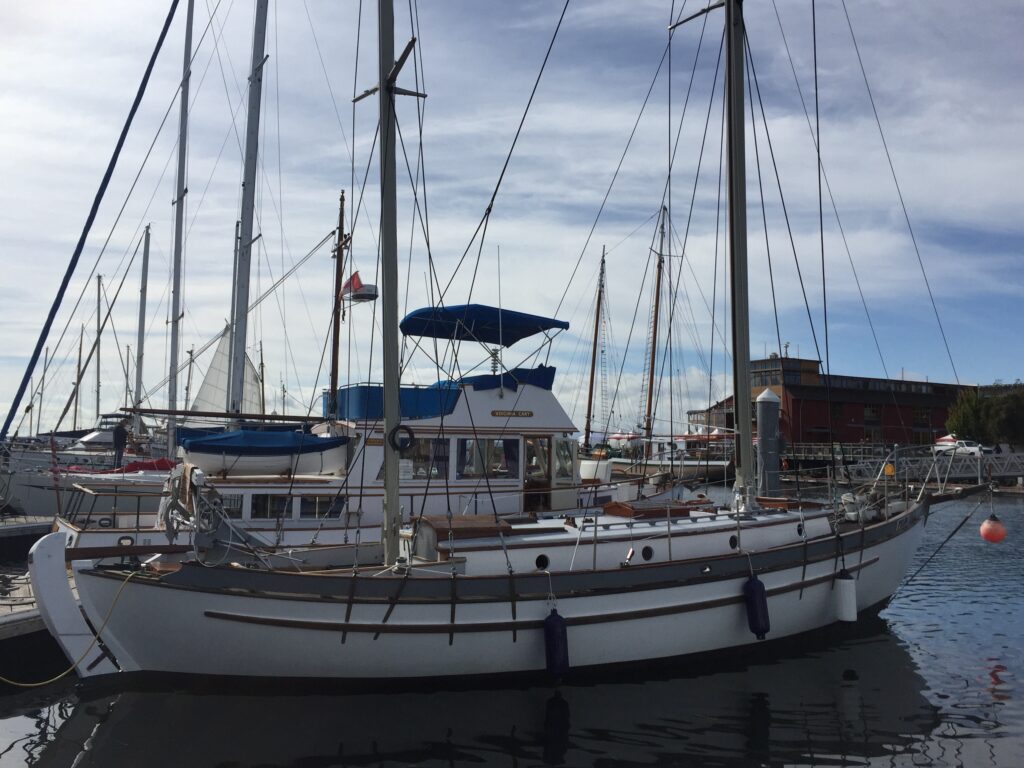
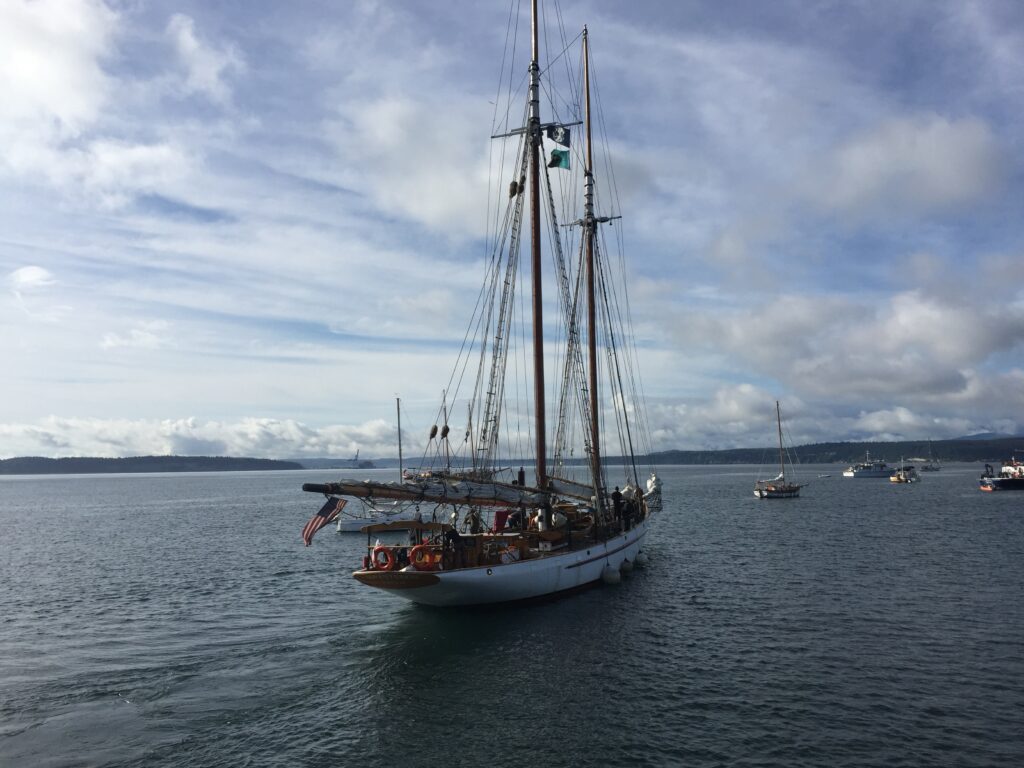
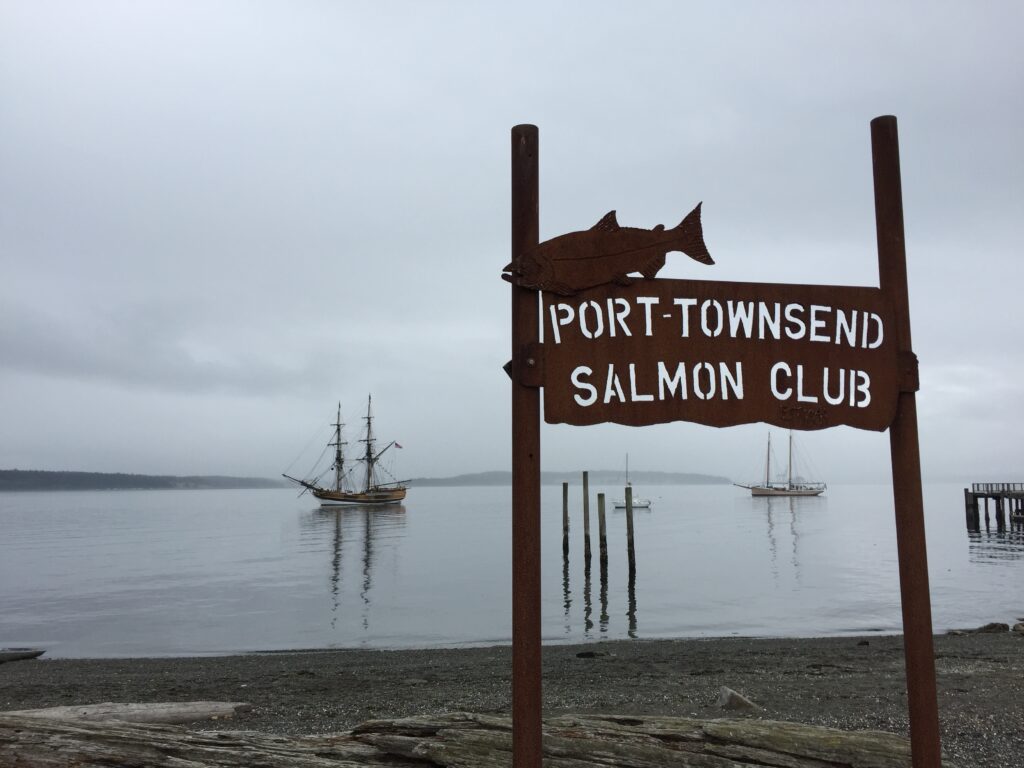
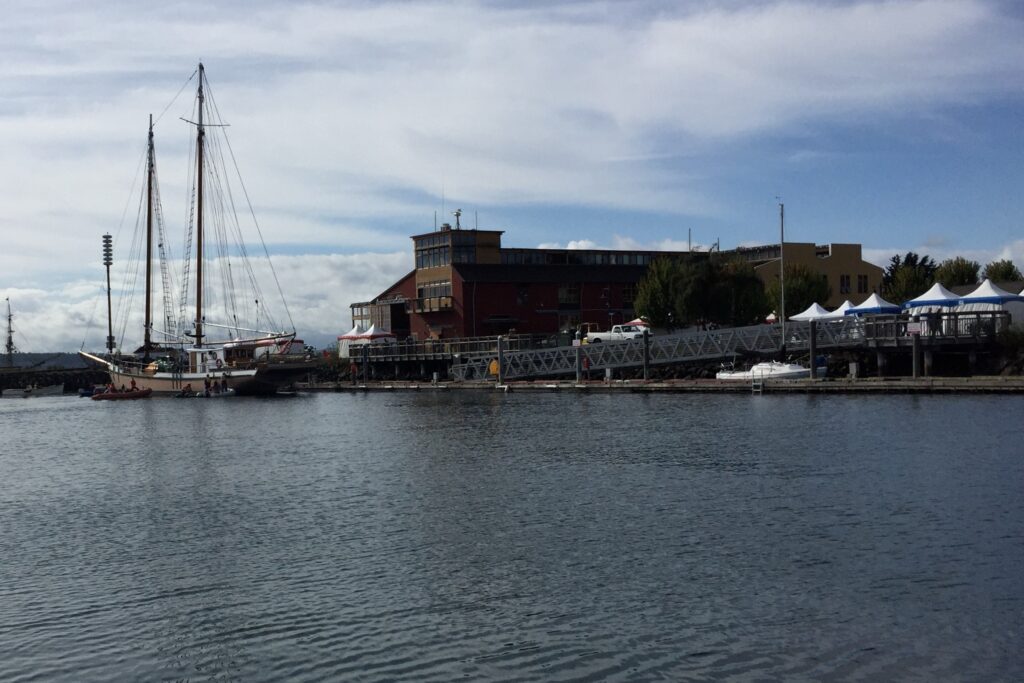
Few places let you toggle so effortlessly between helm, trail, field notebook and tripod—and have a fresh pint waiting when you step ashshore.
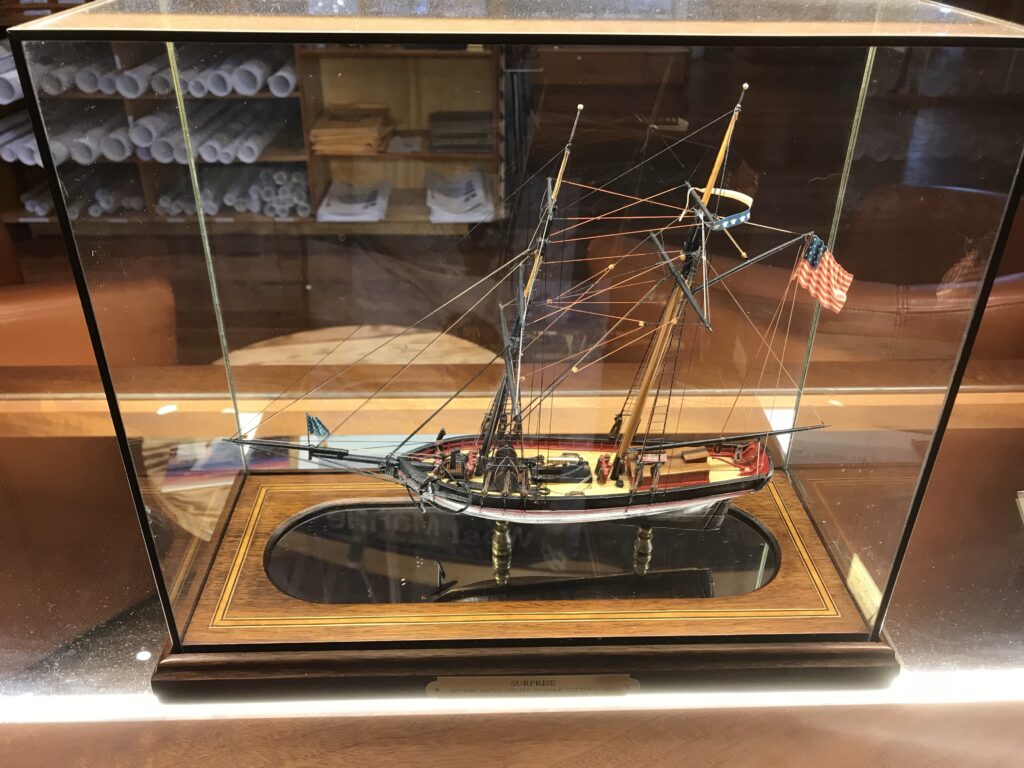
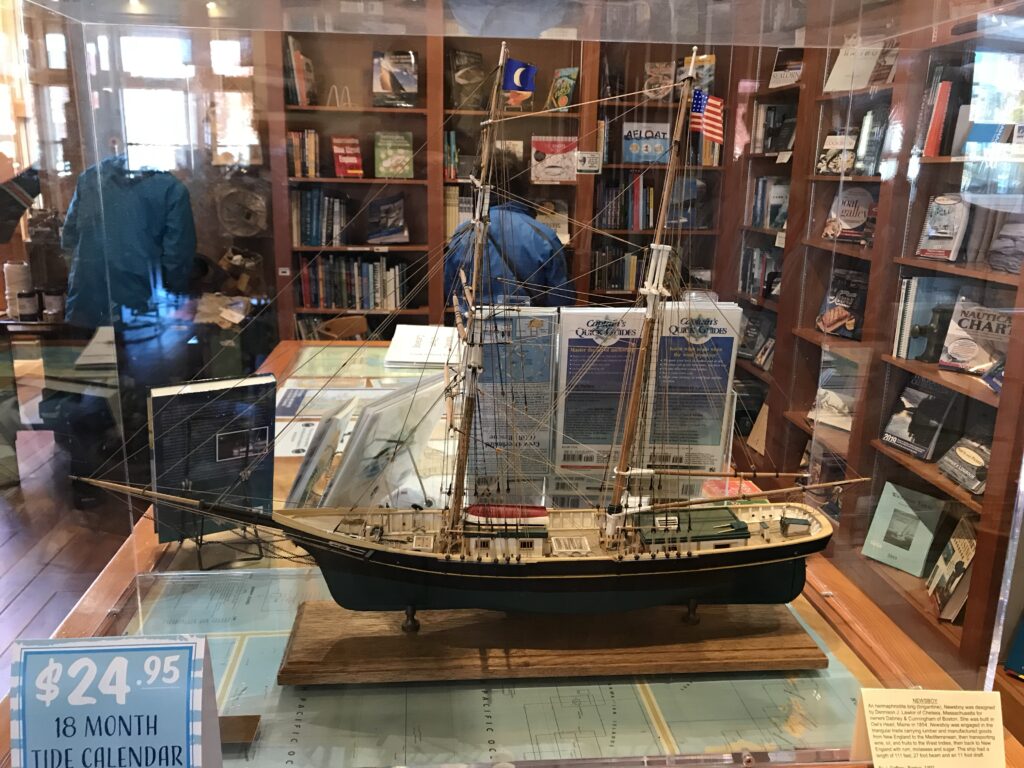
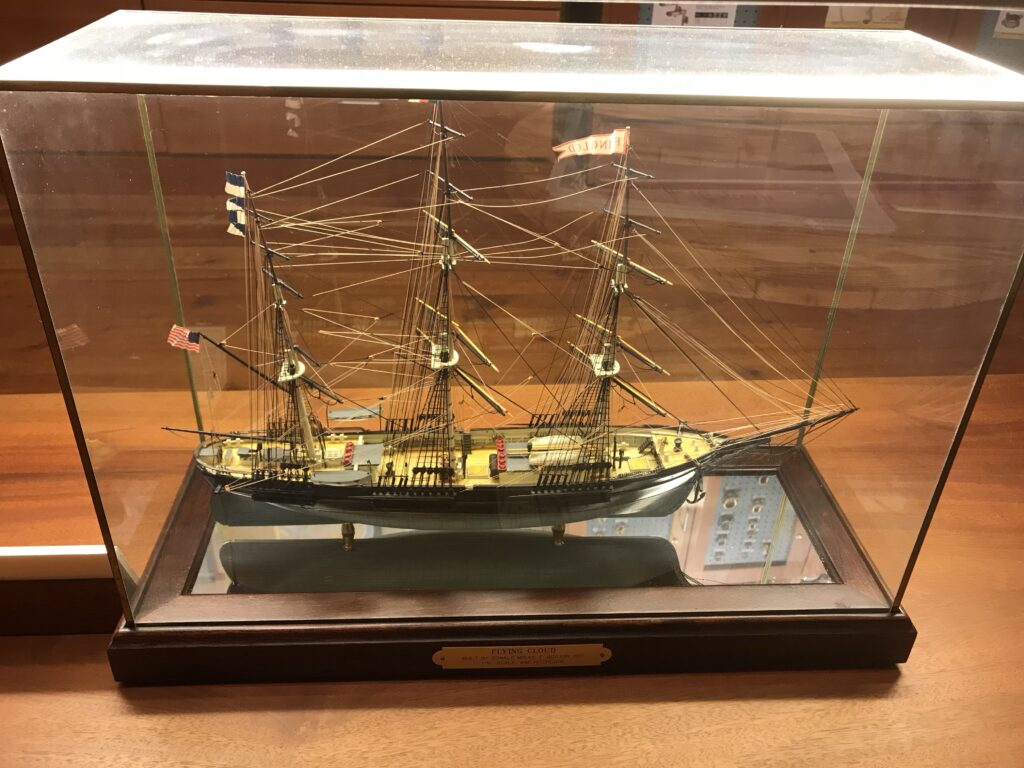
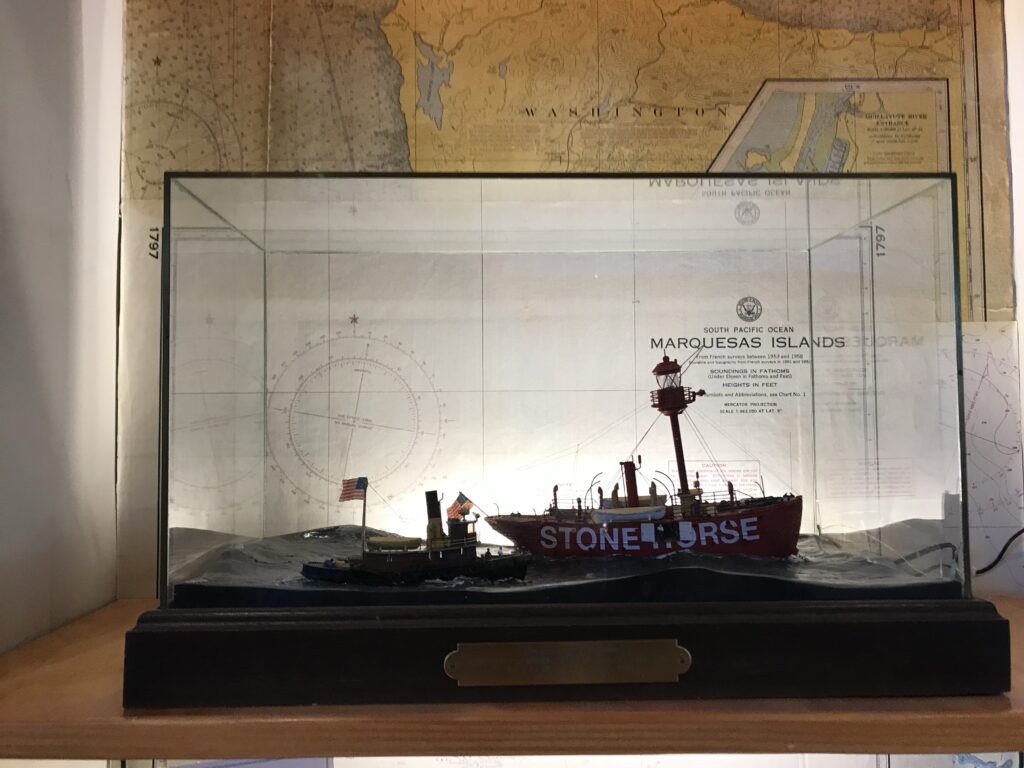
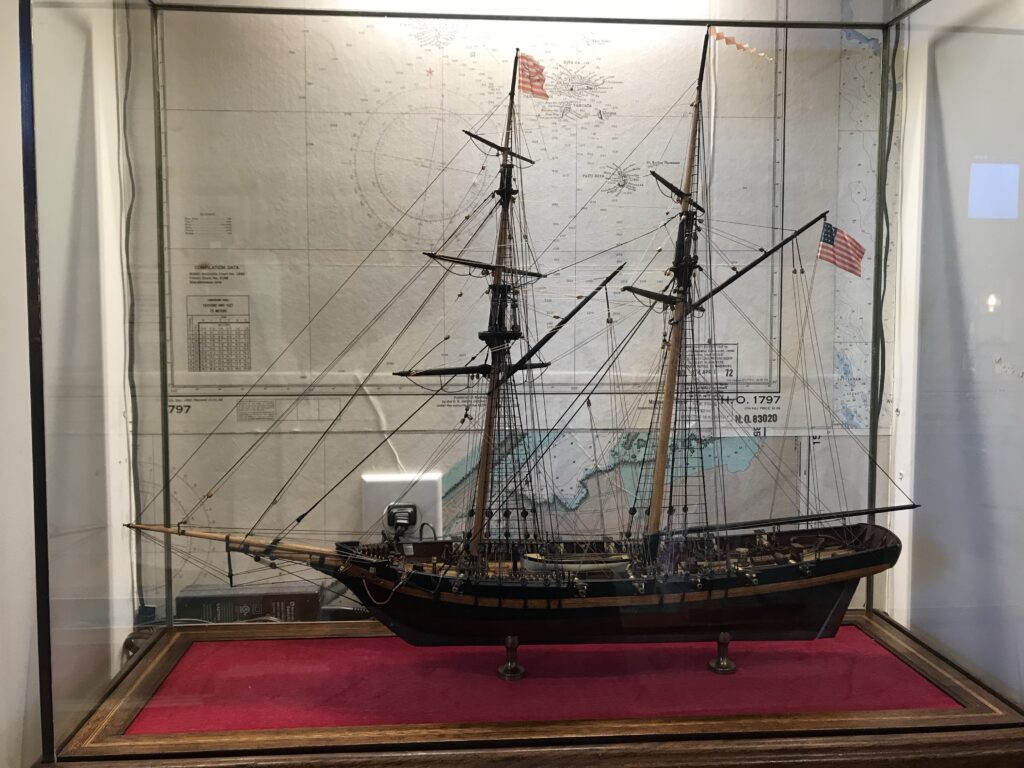
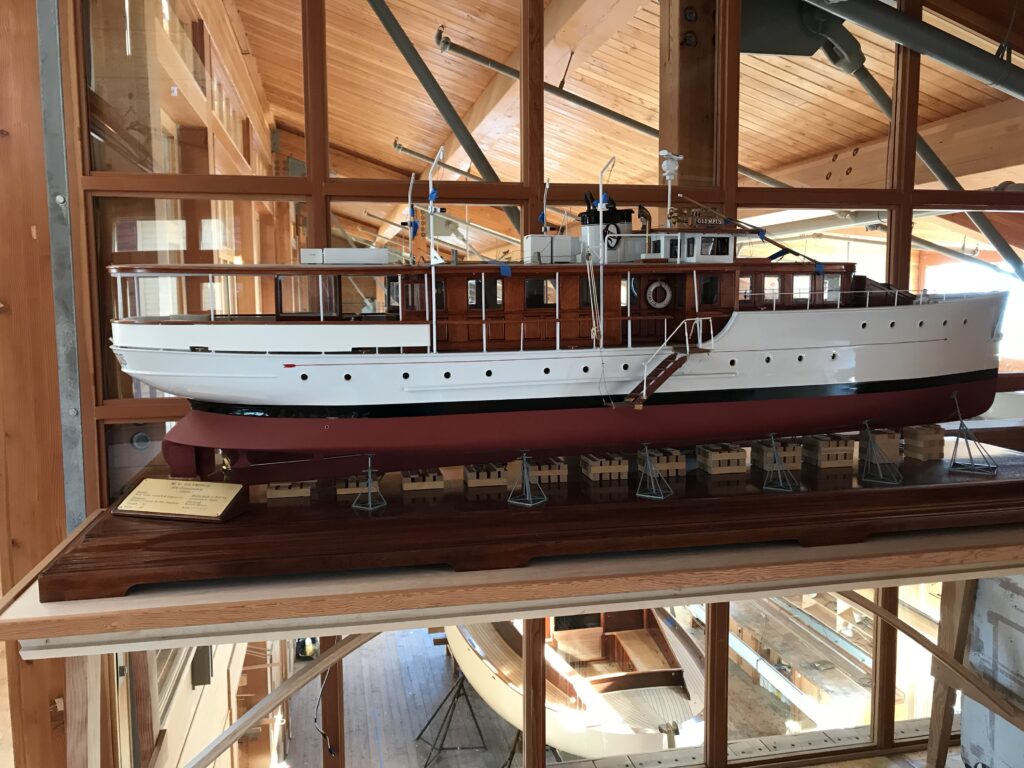
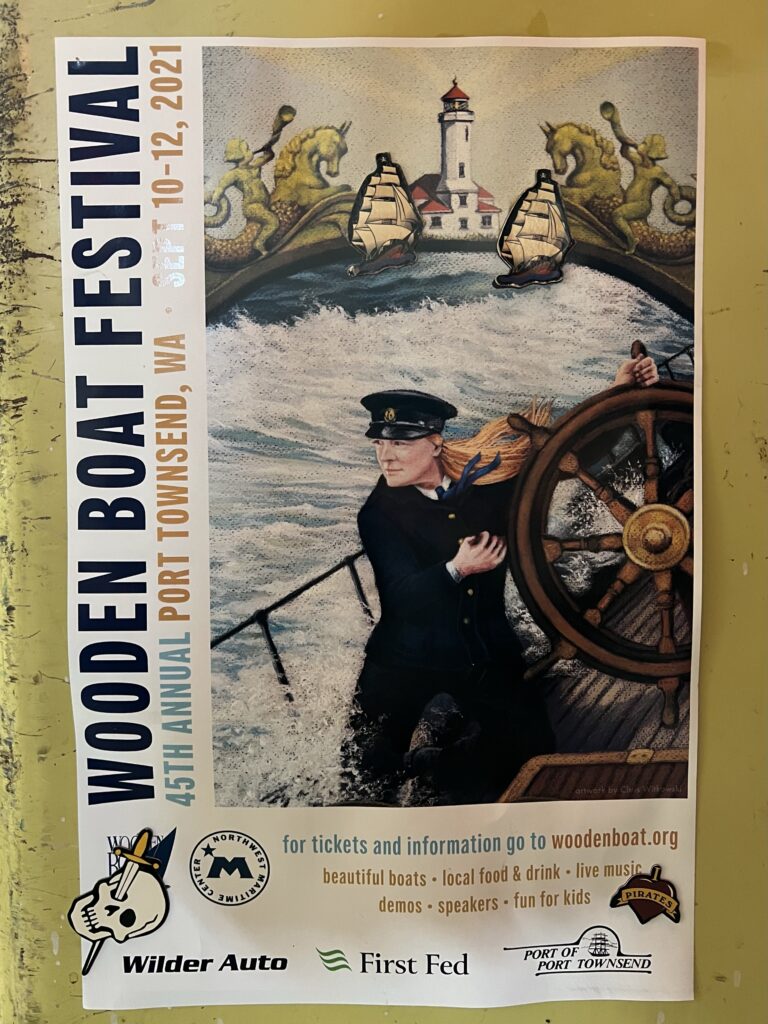
Port Townsend Wooden Boat Festival: September Activities, Displays, and Maritime Celebrities
The Port Townsend Wooden Boat Festival stands as North America’s largest wooden boat festival, drawing thousands of maritime enthusiasts each September for a comprehensive celebration of wooden boat craftsmanship, maritime culture, and seafaring traditions12.
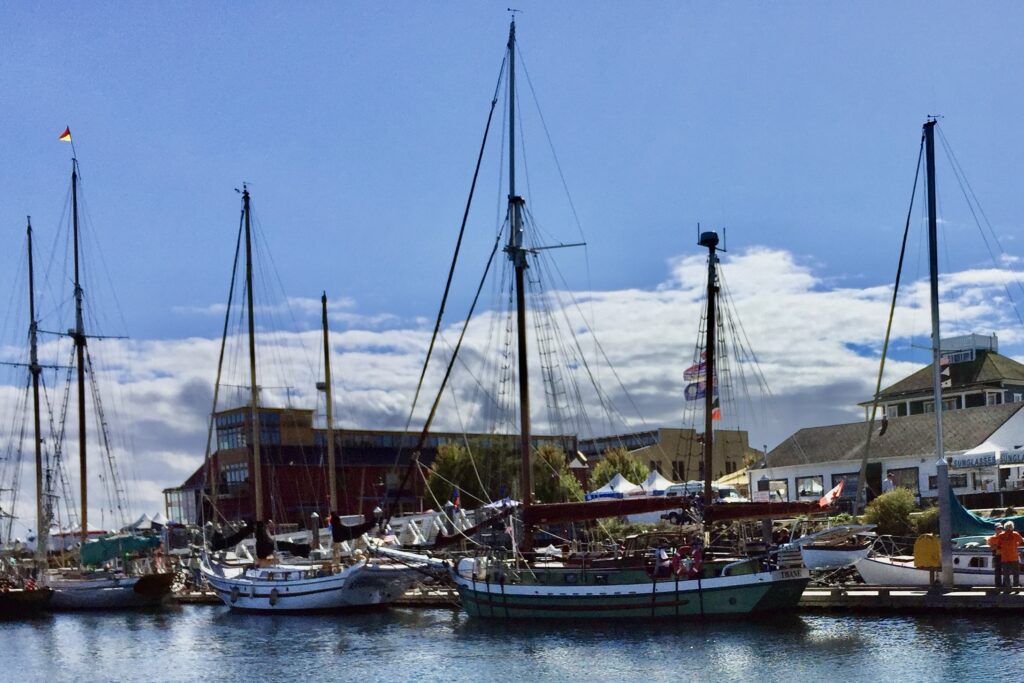
Festival Activities and Displays
The festival features an impressive array of activities across eight distinct stages that cater to different interests and skill levels. These include four indoor stages (Adventure, Cruising, Technical, and Discovery) and four outdoor stages (Boatbuilding, Innovation, Boat Yard, and Marine Science)3.
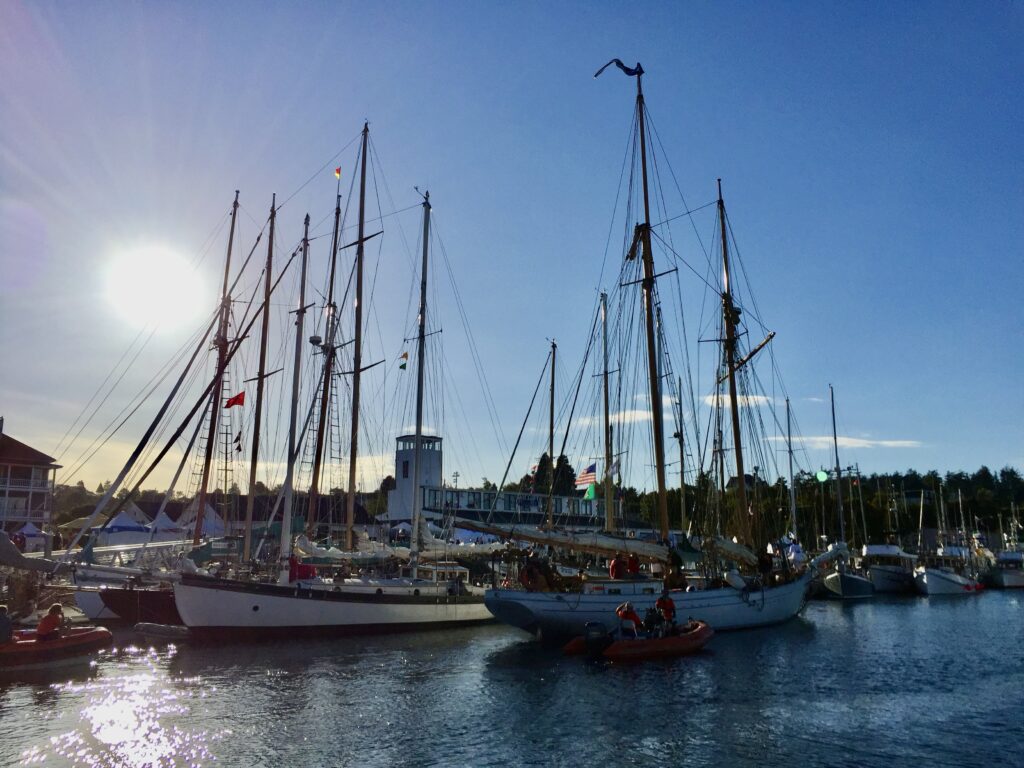
Over 100 presentations and demonstrations occur throughout the three-day event, covering topics from technical boat maintenance to inspiring adventure tales4.
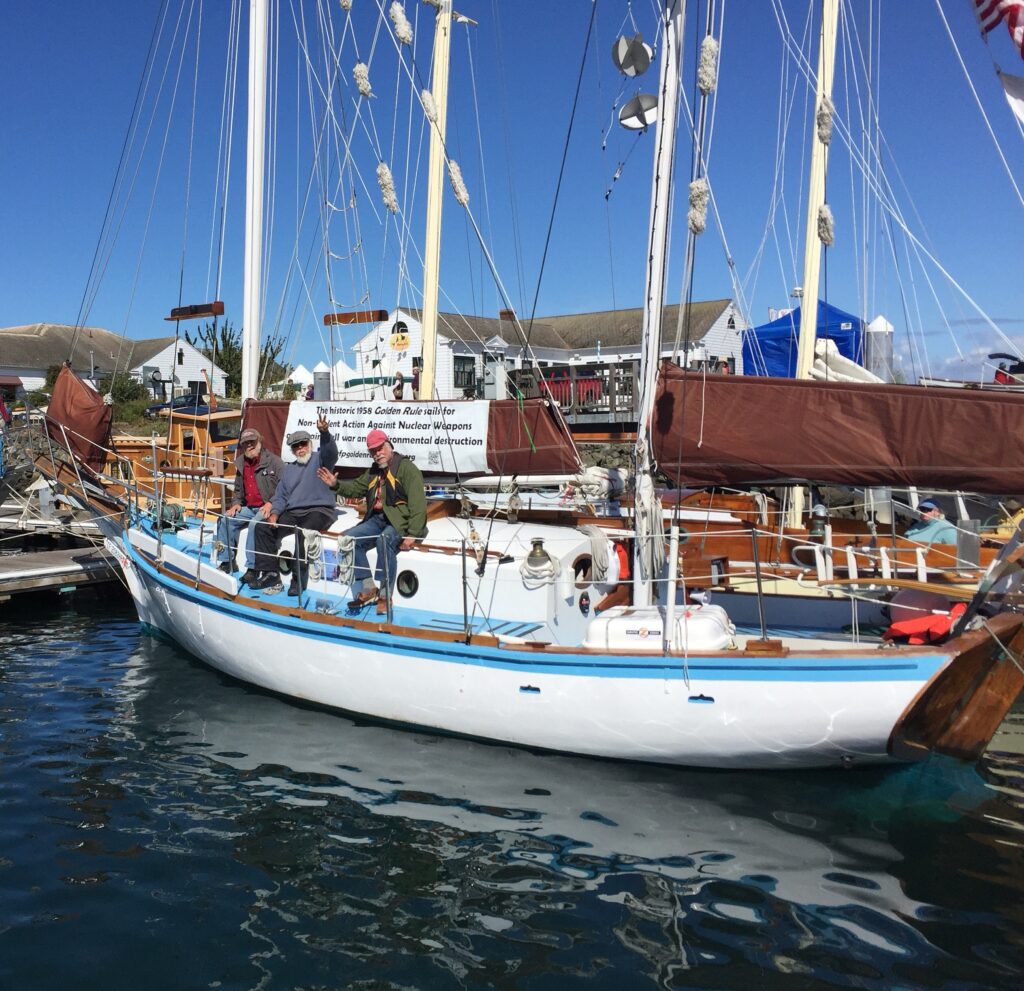
Hands-on Activities and Demonstrations
The festival’s educational component is extensive, featuring live demonstrations throughout the weekend.
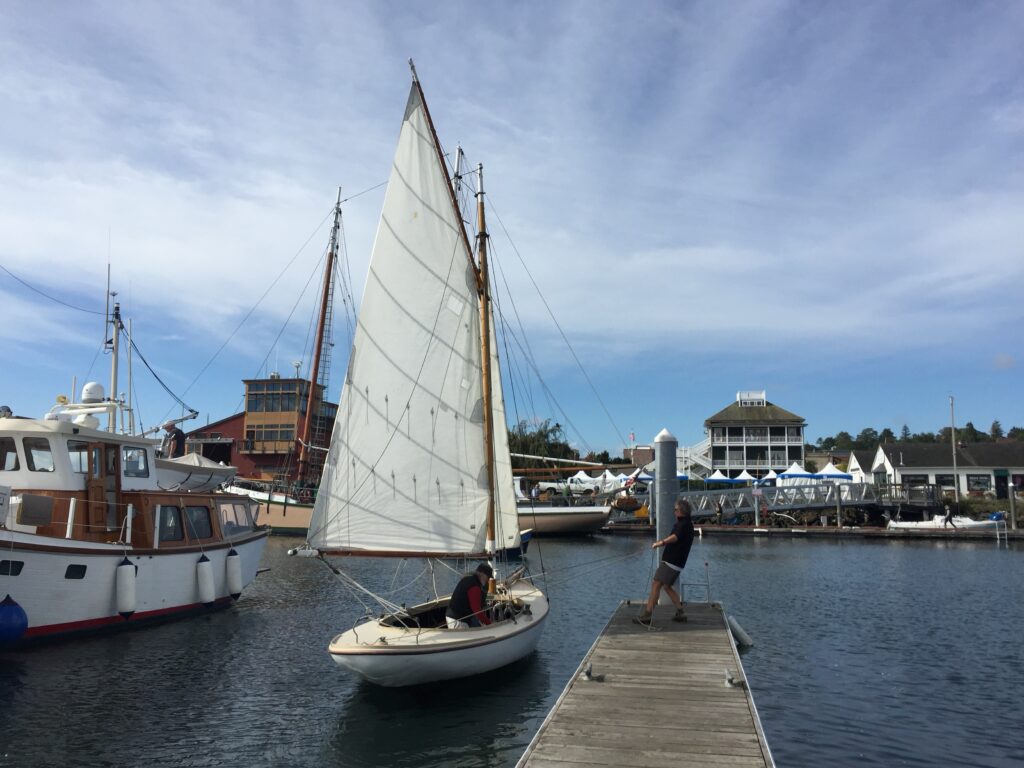
The Boatbuilding Stage showcases steam bending, traditional boatbuilding techniques, and marine corrosion prevention3.
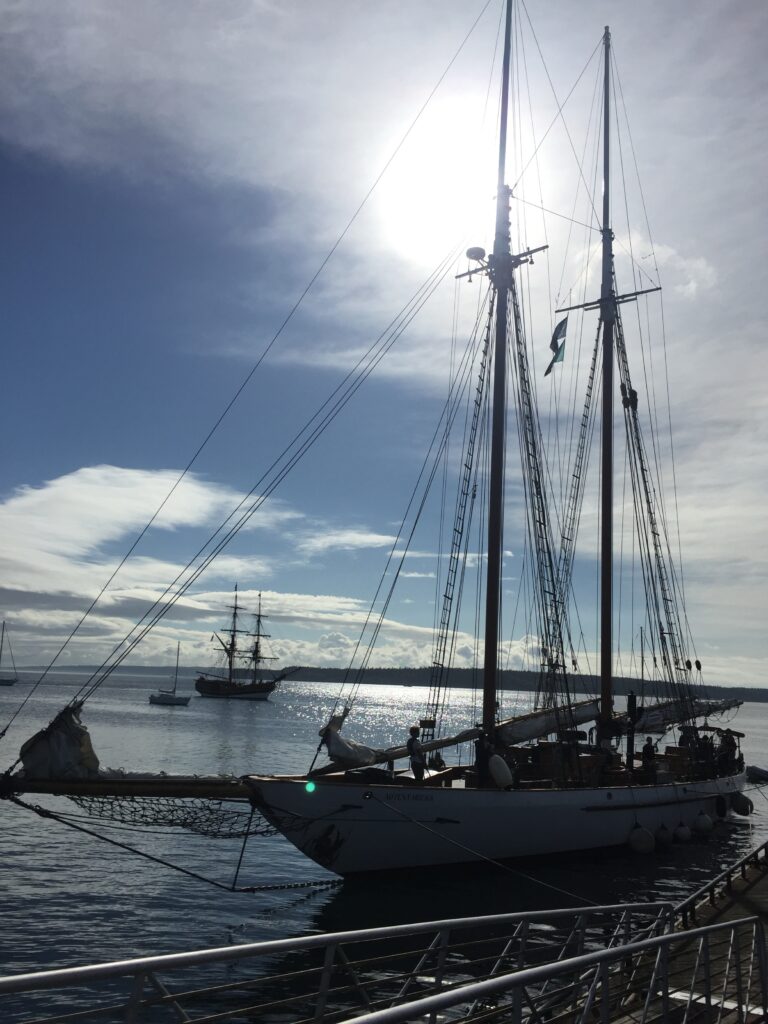
The Woodworking Tent provides hands-on opportunities for all skill levels, from beginners to experienced craftsmen looking to refine their techniques15.
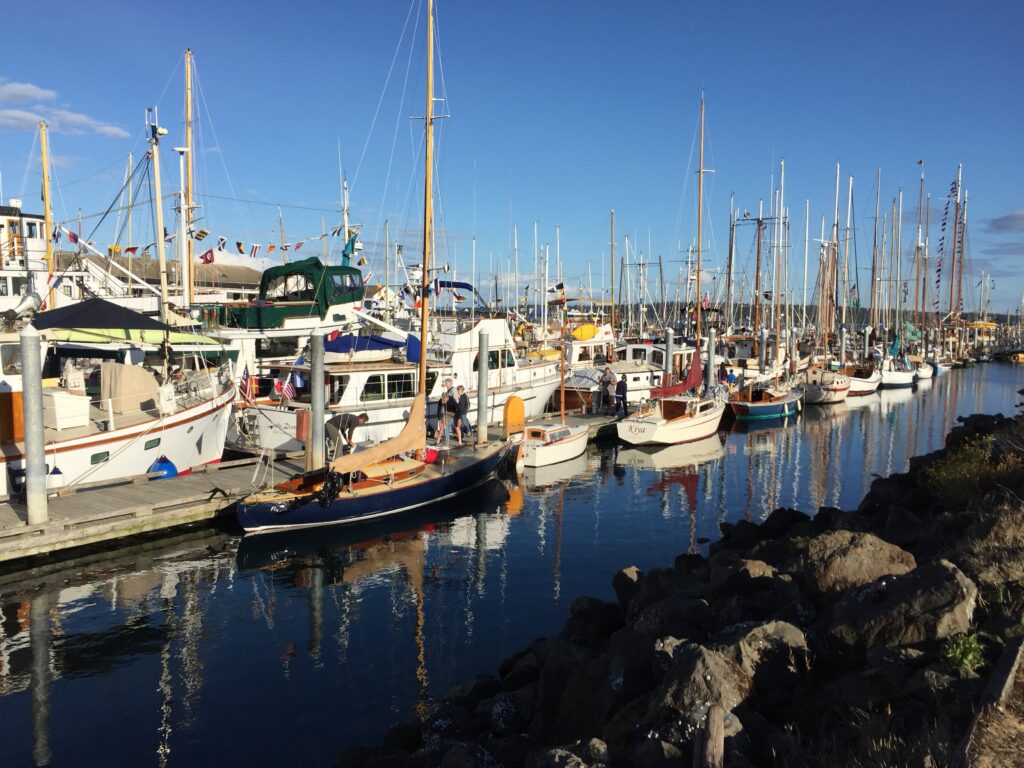
For families, the festival offers numerous kid-friendly activities. Children can participate in boat building workshops at Kids Cove, where they design, build, rig, and sail their own small wooden boats6.
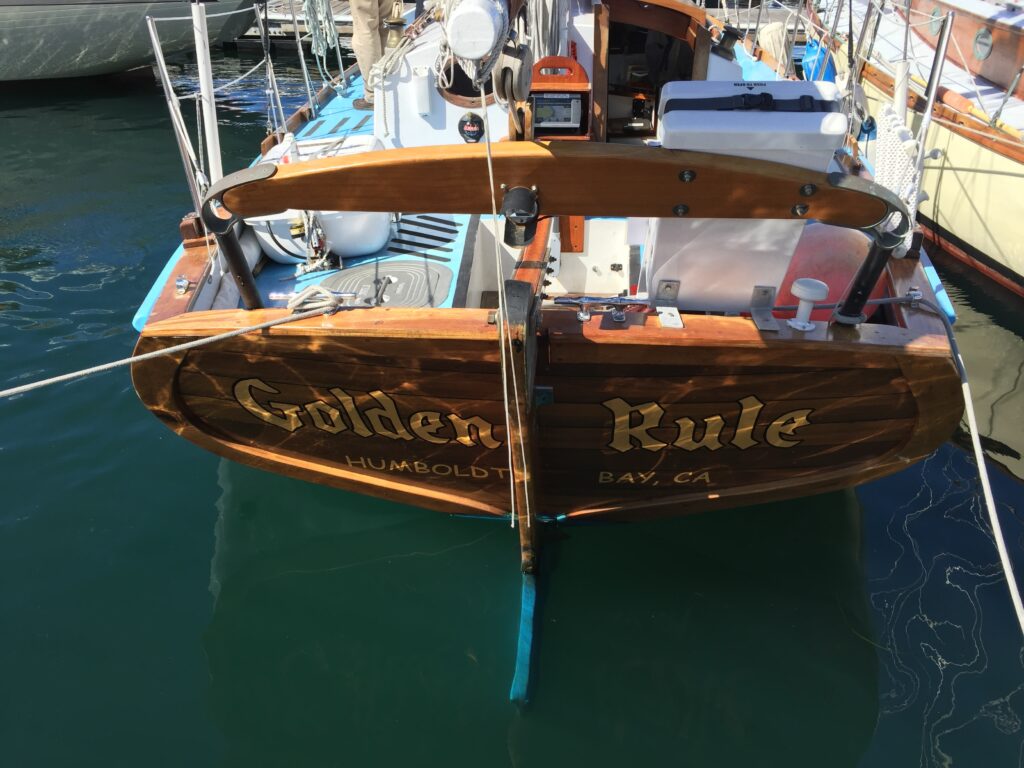
The popular Gyotaku fish printingallows kids to create t-shirts using traditional Japanese printing methods6. The weekend concludes with a Pirate Parade on Sunday, where children dress in maritime-themed costumes for prizes6.
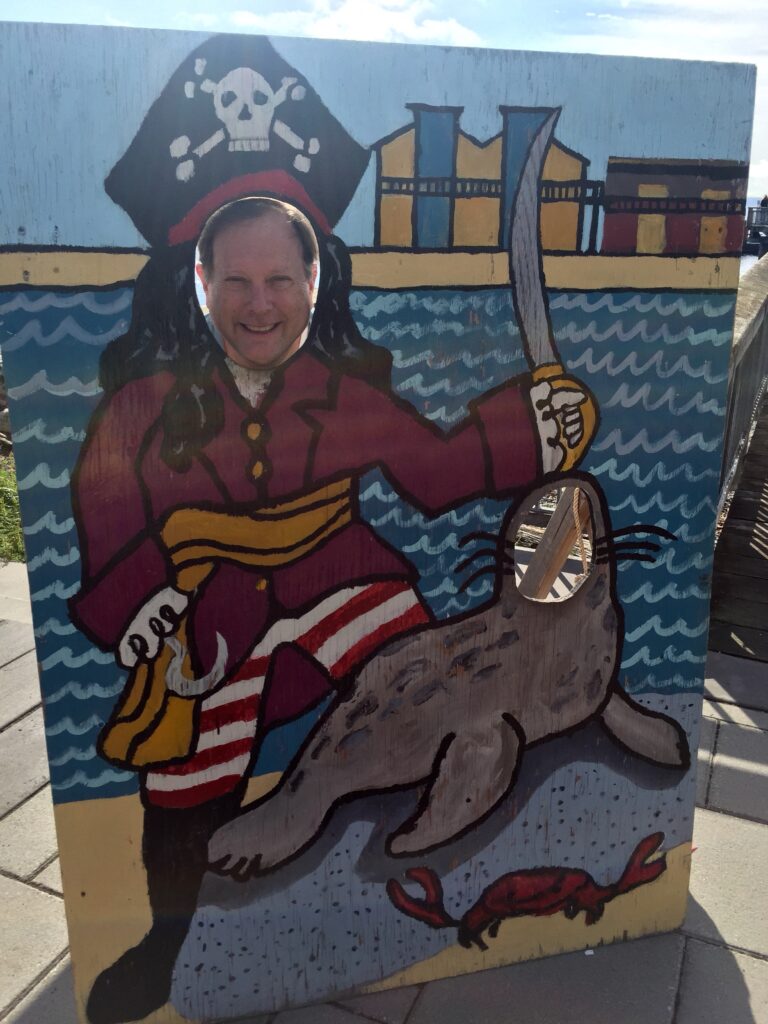
On-the-Water Experiences
The festival provides numerous opportunities to experience boats in their natural element. Visitors can take Admiral Jack boat tours, participate in longboat rides, enjoy paddlewheeler excursions, and sail on the beautiful 40-foot wooden sailboat La Vie en Rose through introductory sailing lessons4. The highlight is the traditional Sail By on Sunday, where hundreds of wooden vessels parade through Port Townsend Bay in a spectacular maritime procession7.

Special Exhibitions and Cultural Elements
Recent festivals have featured significant cultural exhibitions, such as “Take Me to the Water: Histories of the Black Pacific,” which expands understanding of maritime history by highlighting the stories of Black mariners, whalers, and sailors who traversed Pacific waters from the 16th century to present day8. The festival also showcases international maritime traditions, including demonstrations by traditional ropemakers from Norway’s Hardanger Maritime Centre9.
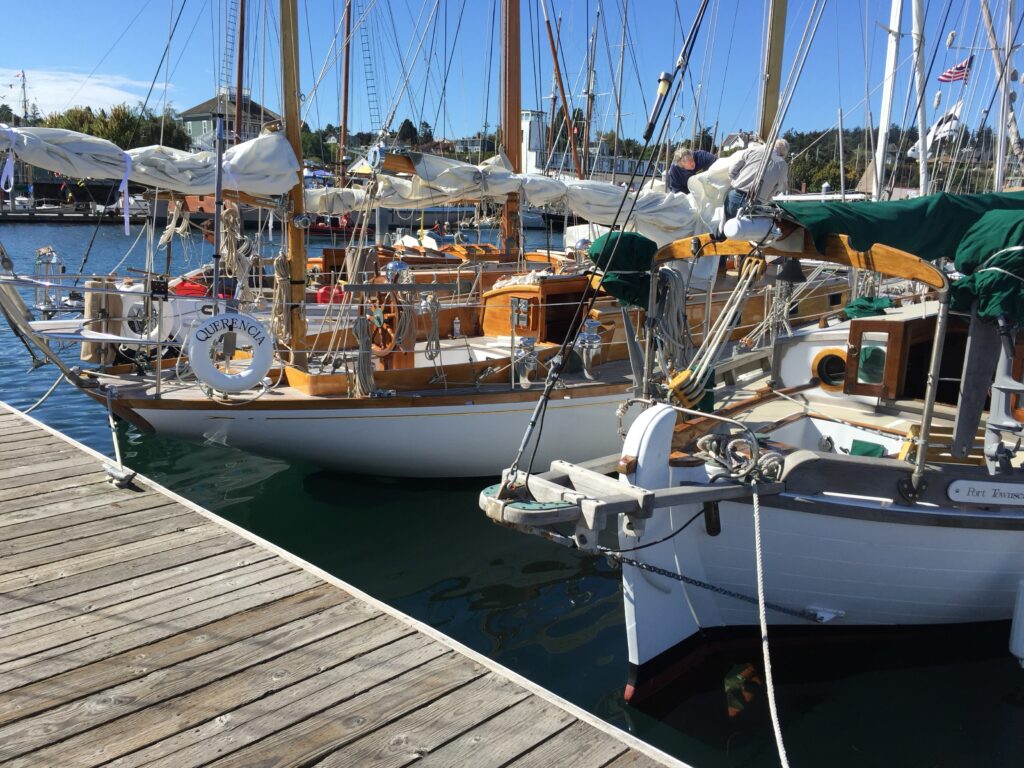
Notable Maritime Celebrities and Experts
The festival has consistently attracted world-renowned maritime celebrities and experts who share their expertise through presentations and workshops.
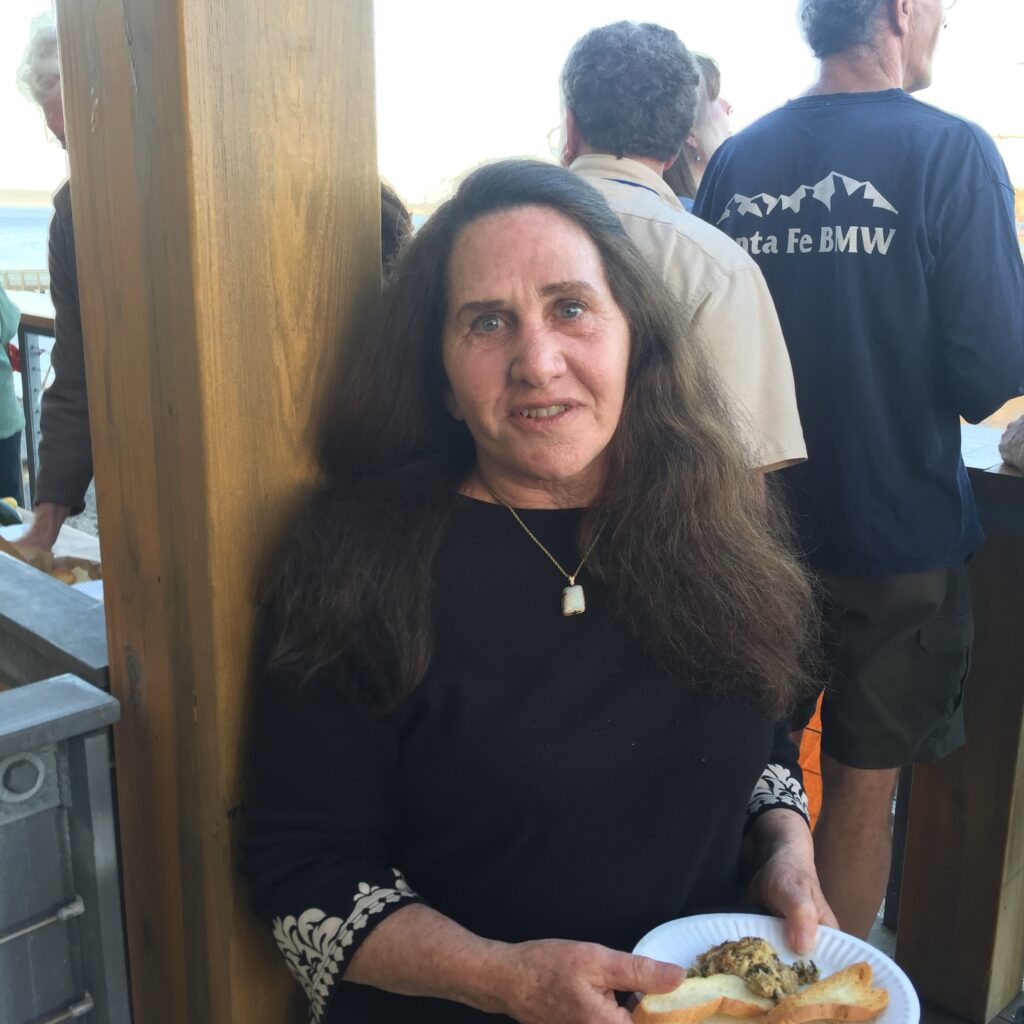
Lin Pardey stands as one of the festival’s most celebrated regular attendees. A pioneer of long-distance voyaging who has accumulated over 217,000 sea miles since the 1960s, Pardey sailed with her late husband Larry on engineless wooden cutters they built themselves1011. She’s been inducted into the National Sailing Hall of Fame as the first cruising sailor to receive this honor and continues to present workshops on topics ranging from cost control while cruising to creating “unstoppable boats”10.
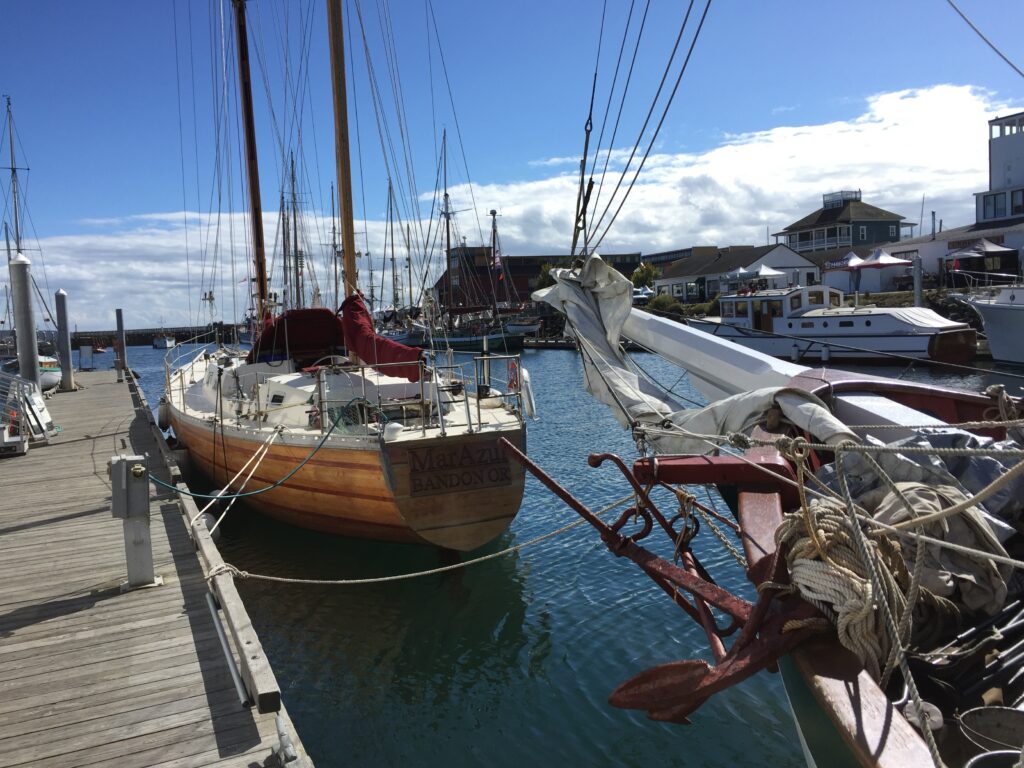
Nigel Calder is another festival veteran, recognized as the world’s expert on marine diesel engines and author of definitive works including “Boatowner’s Mechanical and Electrical Manual” and “Marine Diesel Engines”1211. Calder regularly conducts intensive workshops covering marine diesel engine maintenance and boat electrical systems4.

Steve Callahan brings a uniquely compelling survival story to the festival. During a 1982 transatlantic crossing, his small sloop was lost and he spent 76 days adrift at sea—an experience detailed in his bestselling book “Adrift”121113. His presentations focus on survival techniques, mental resilience, and the technical innovations that kept him alive during his ordeal.

Sam Devlin, the renowned boat designer, has attended 46 consecutive festivals since 1978, missing only the inaugural edition1415. Known for his distinctive designs combining traditional lines with modern aesthetics using “stitch & glue” construction techniques, Devlin’s shop has built over 400 boats15. His presence at the festival showcases both traditional craftsmanship and innovative building methods.

Other Notable Experts
The festival regularly hosts Jim Tolpin, an internationally renowned woodworker and educator16, and Peter Harrison, a world-renowned seabird expert and conservationist16. Lynn Brunelle, a four-time Emmy winner and writer for “Bill Nye The Science Guy,” brings scientific education to maritime topics16.
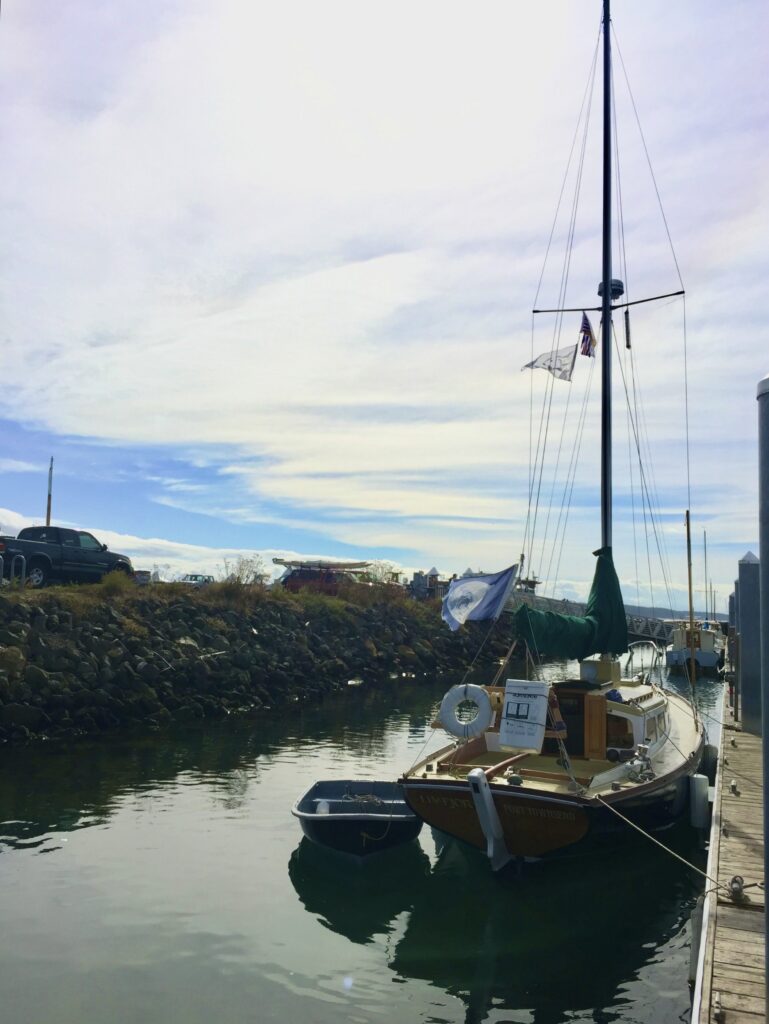
The festival also features presentations by accomplished authors and adventurers like Virginia Gleser, who has written about life aboard sailboats while cruising Mexico and Central America17. International guests have included traditional craftspeople, maritime historians, and contemporary innovators in boat design and construction.
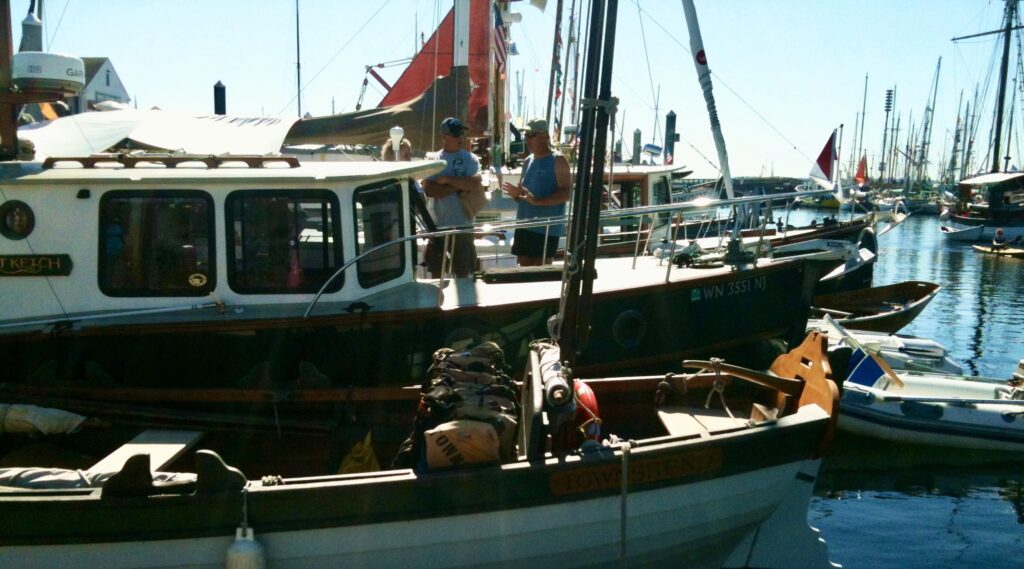
Cultural Impact and Community
Beyond individual celebrities, the festival attracts a diverse community of maritime professionals, including representatives from Women in Boatbuilding (WIBB) and Women of the Working Waterfront (WOWW)4. The event showcases indigenous maritime traditions through collaborations with the Jamestown S’Klallam Tribe, Haida Gwaii sailmaking projects, and films from the Lummi Nation9.

The Port Townsend Wooden Boat Festival’s enduring appeal lies in its combination of educational presentations, hands-on activities, cultural exhibitions, and the opportunity to interact with maritime legends who have dedicated their lives to advancing the art and science of wooden boat construction and seamanship. This unique gathering continues to serve as the premier venue for sharing traditional maritime knowledge while embracing innovations that ensure these skills and traditions remain vibrant for future generations.